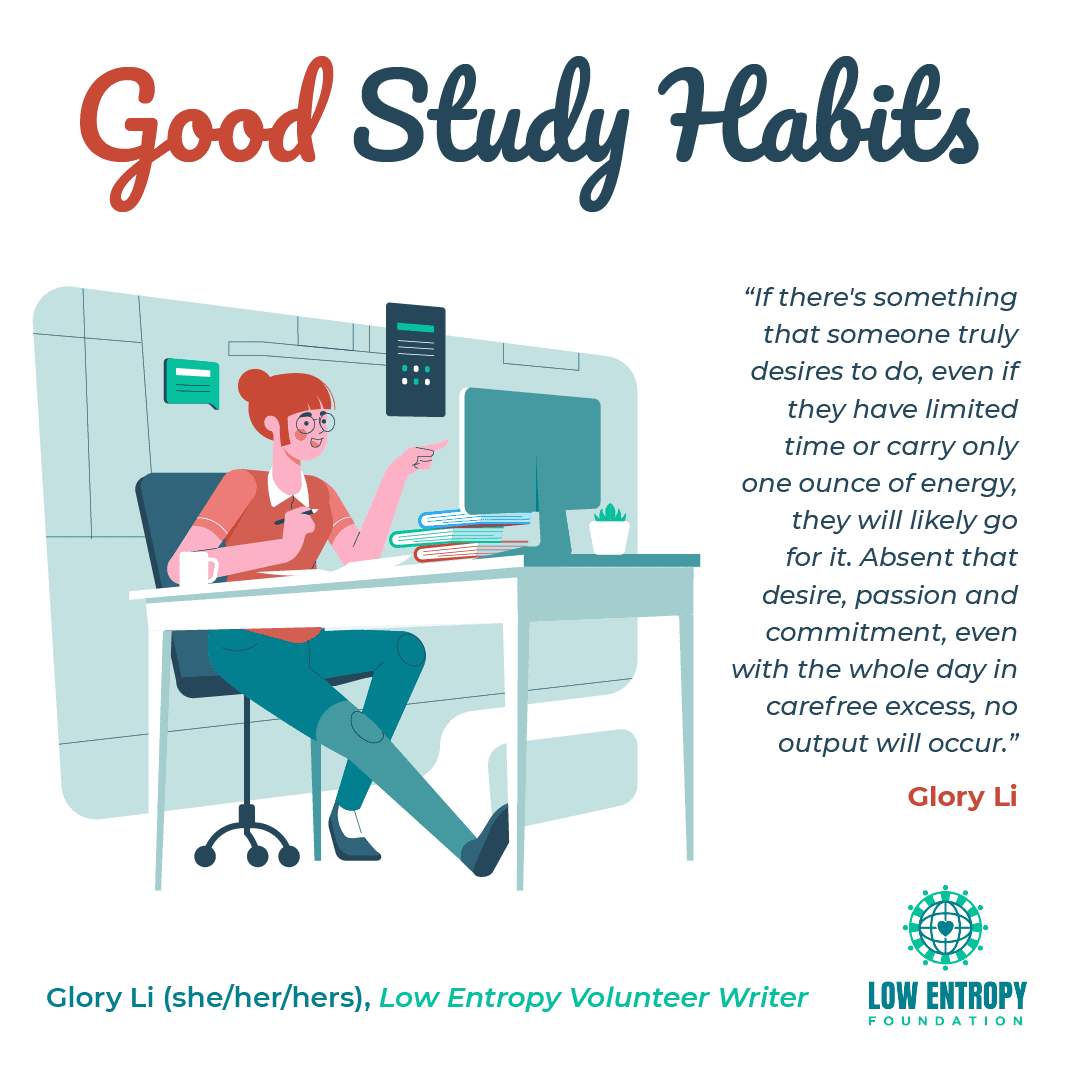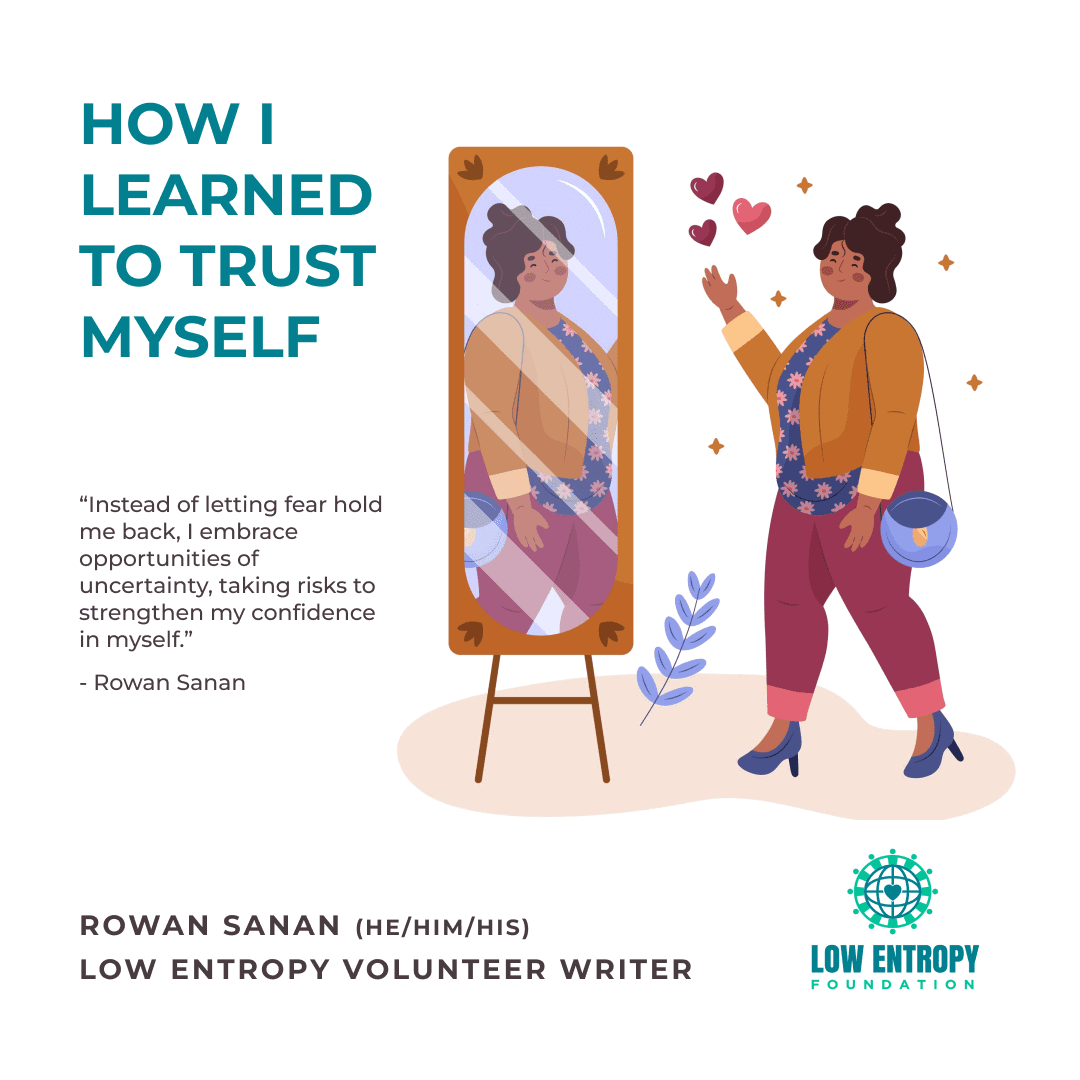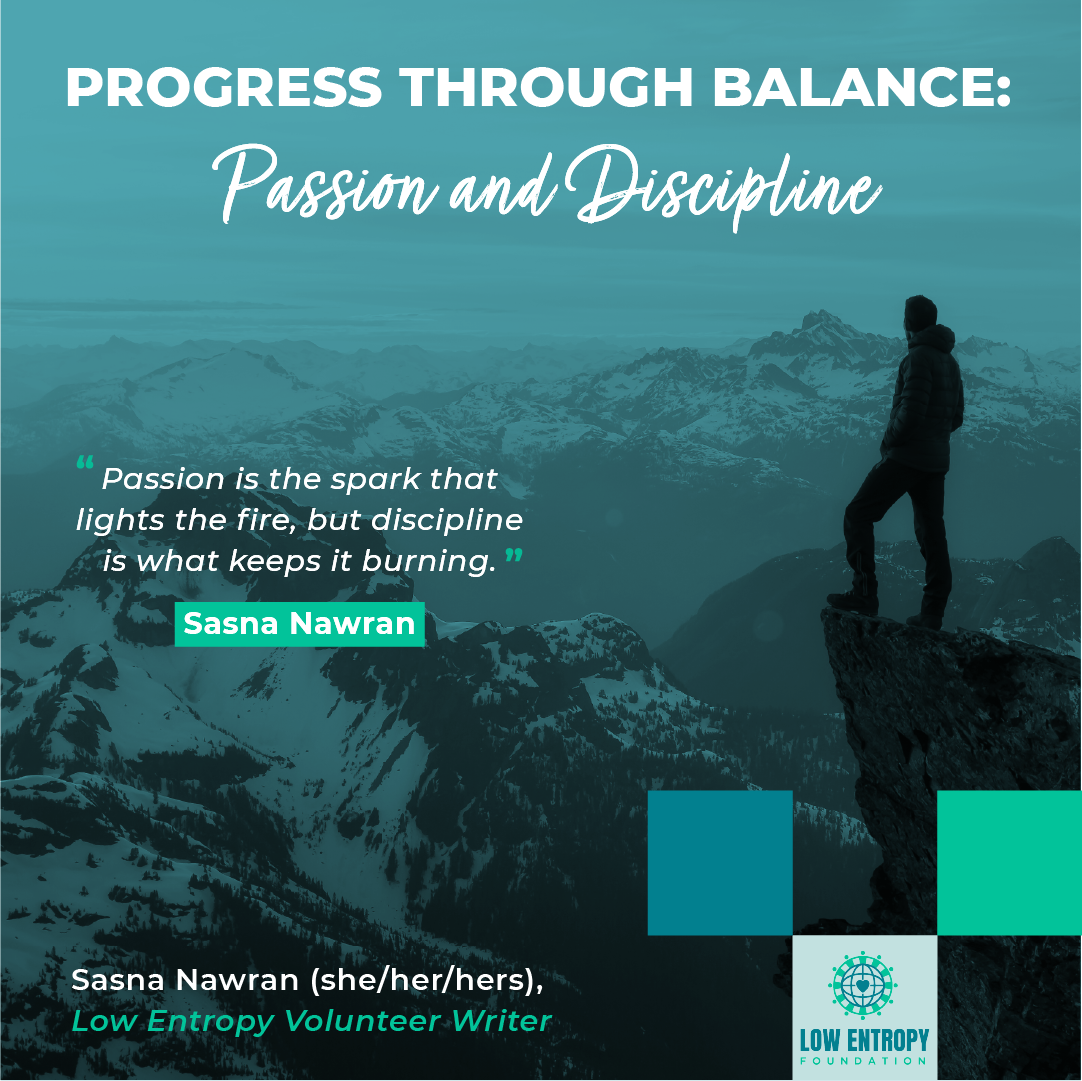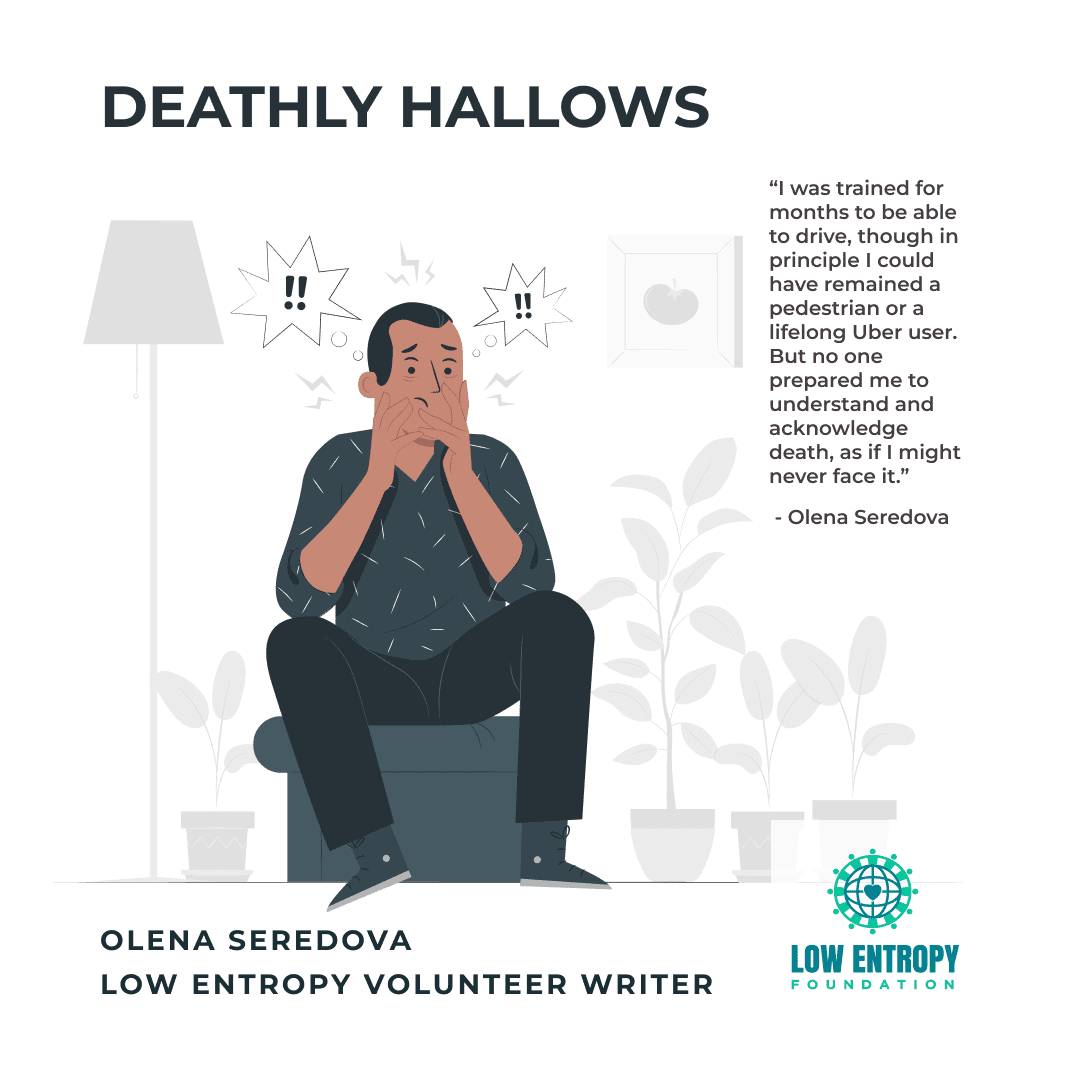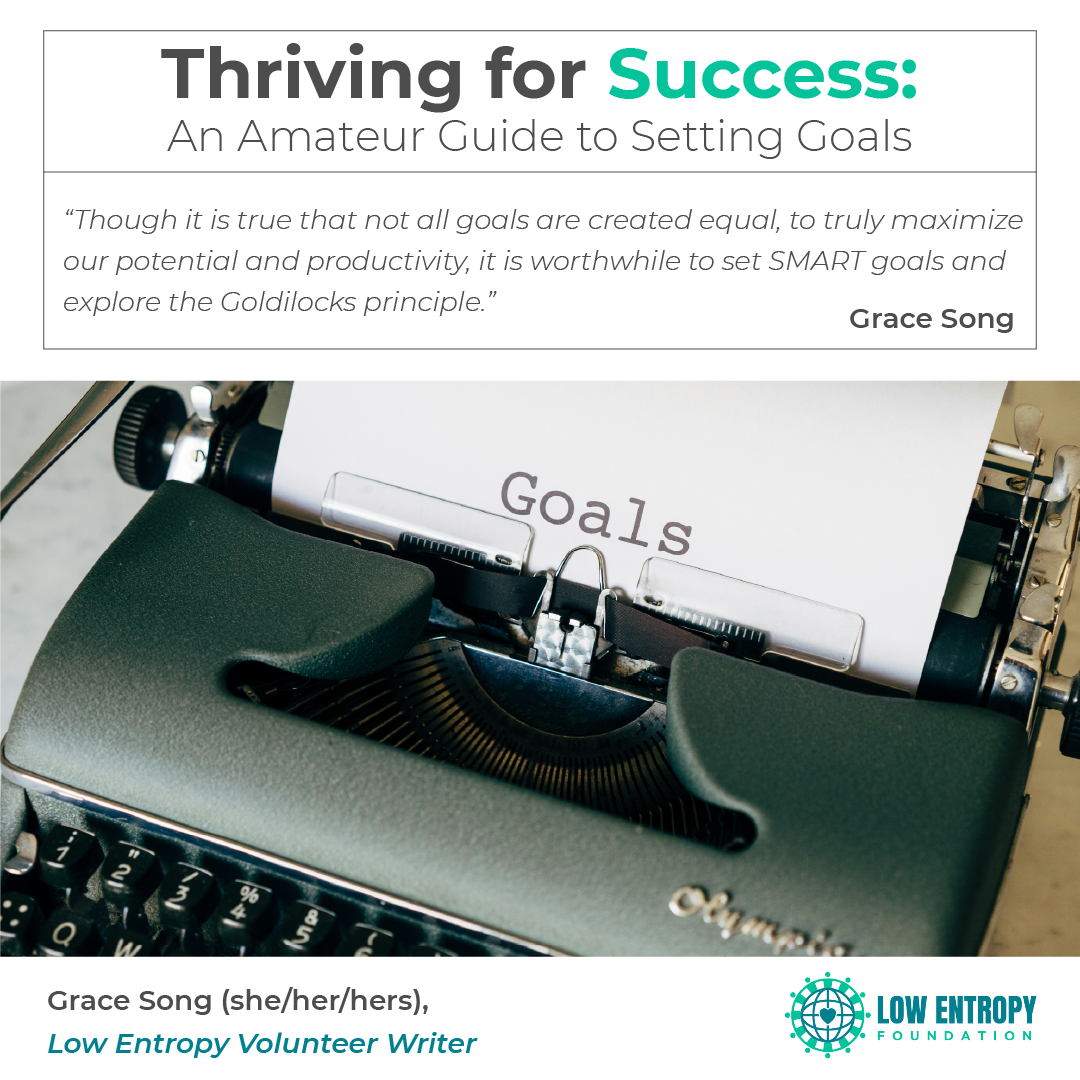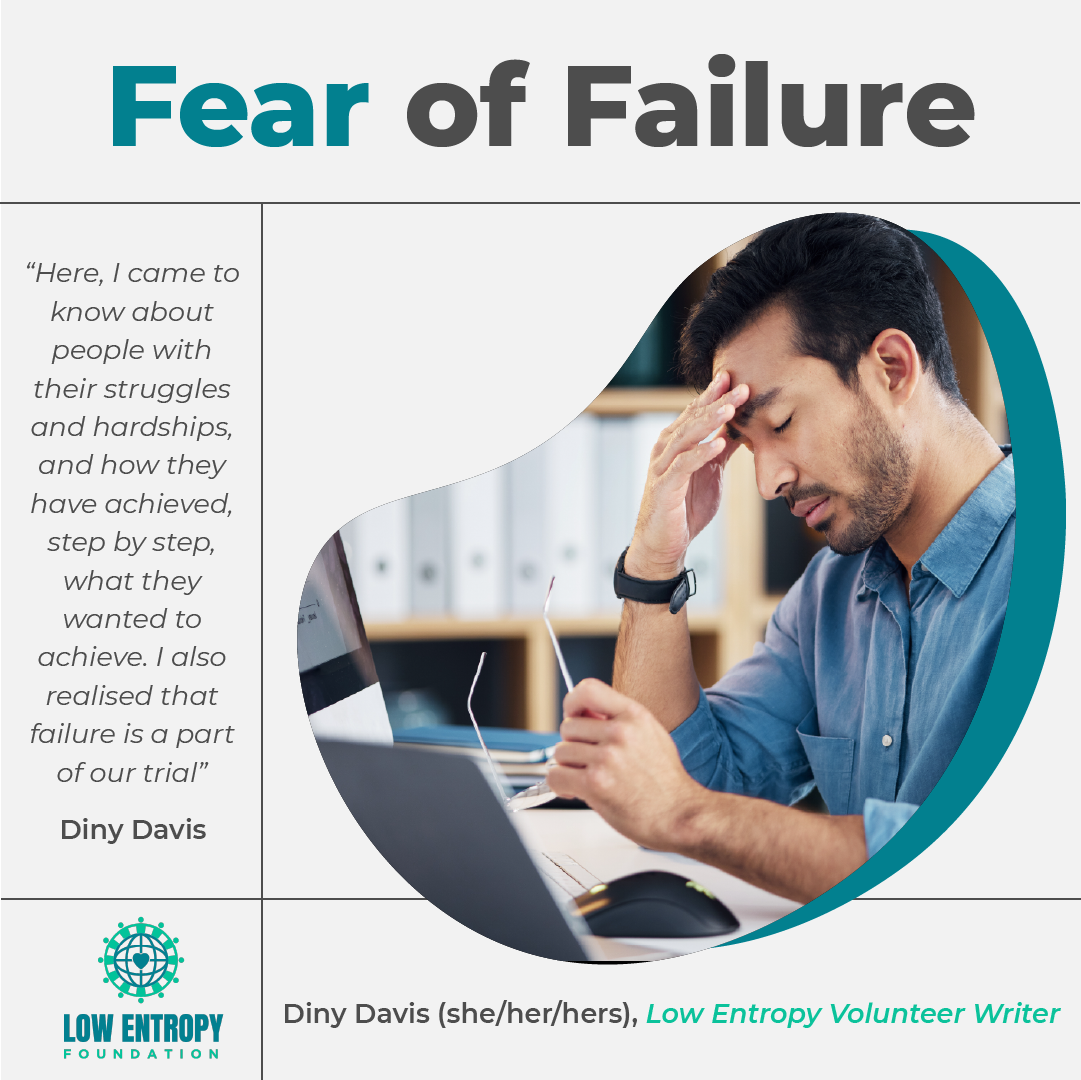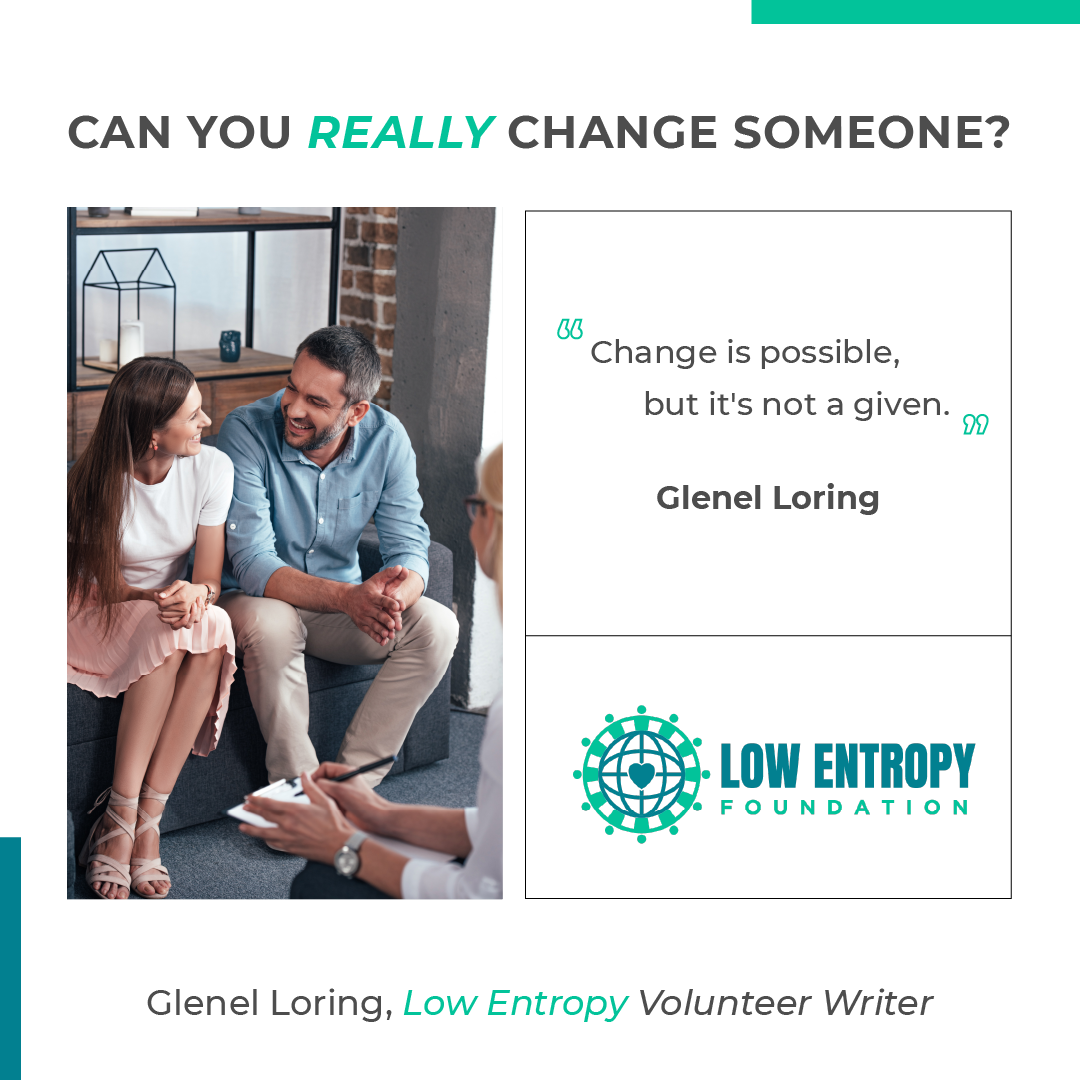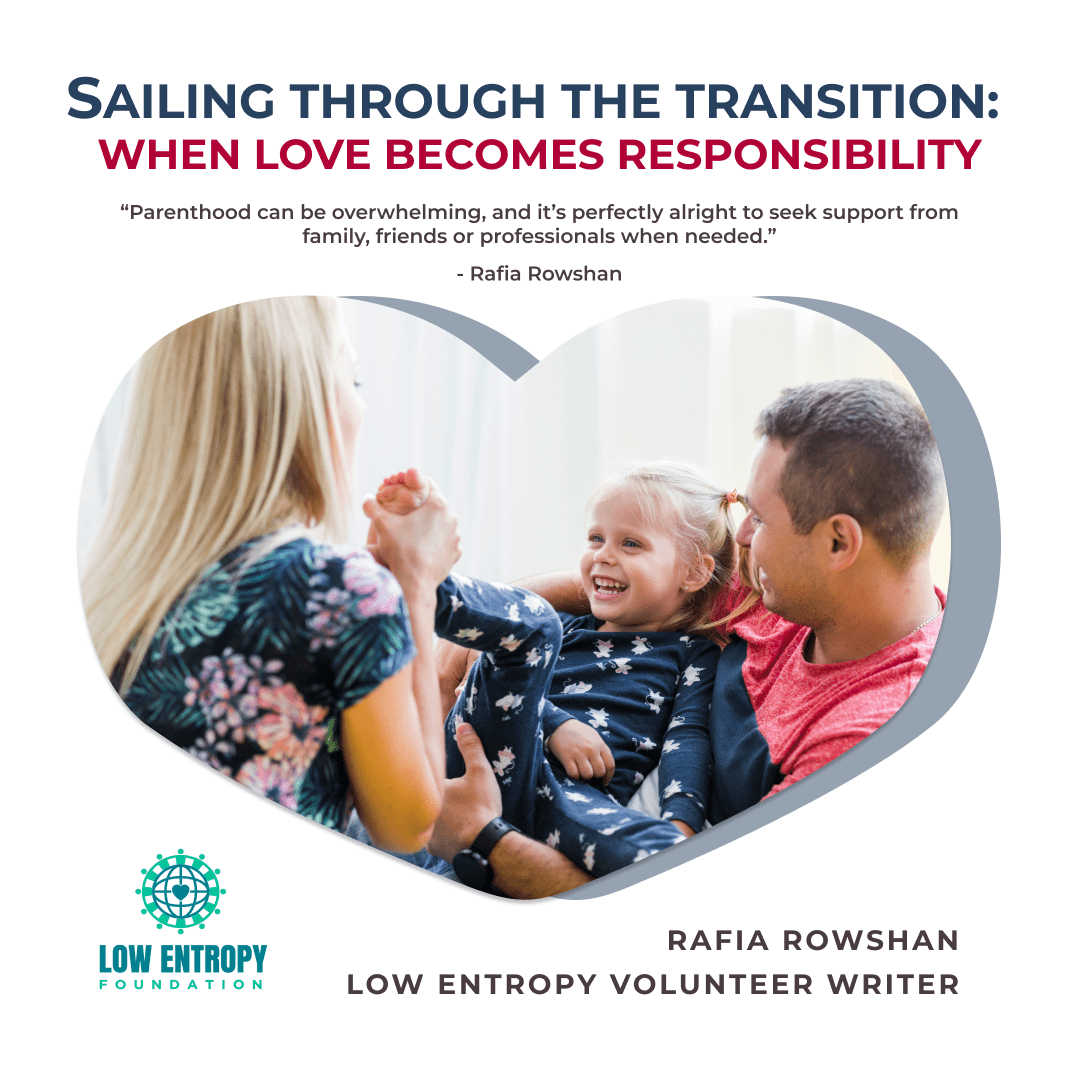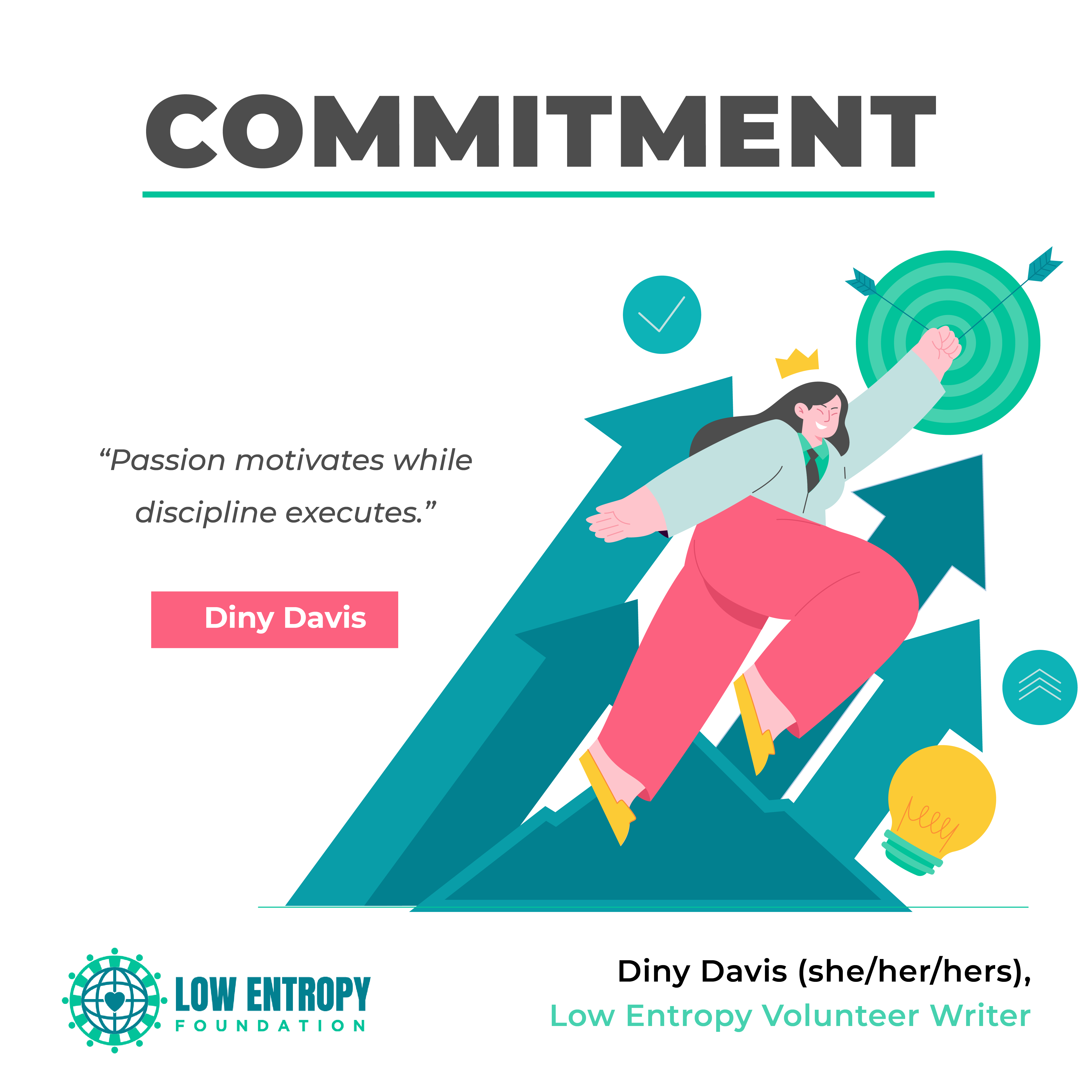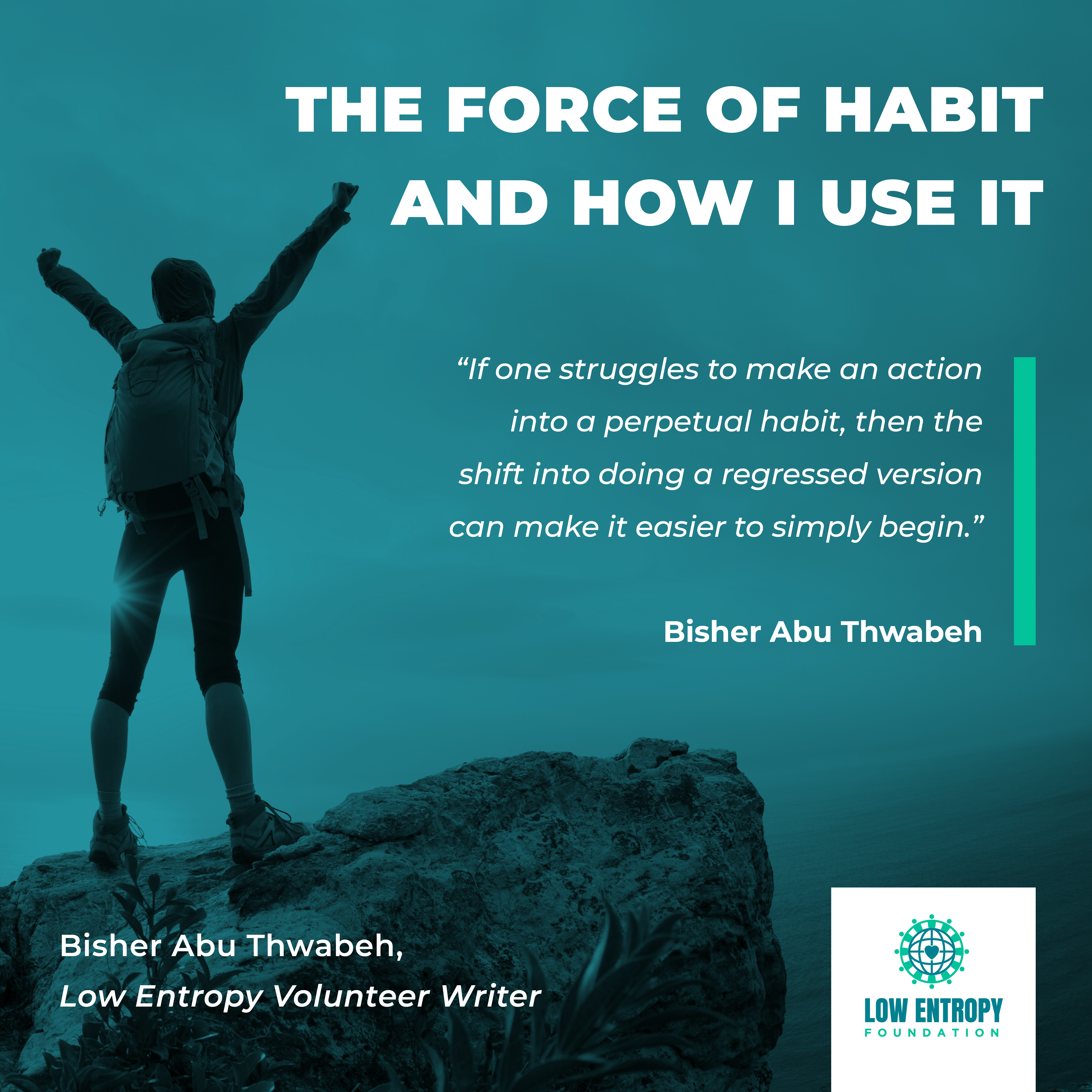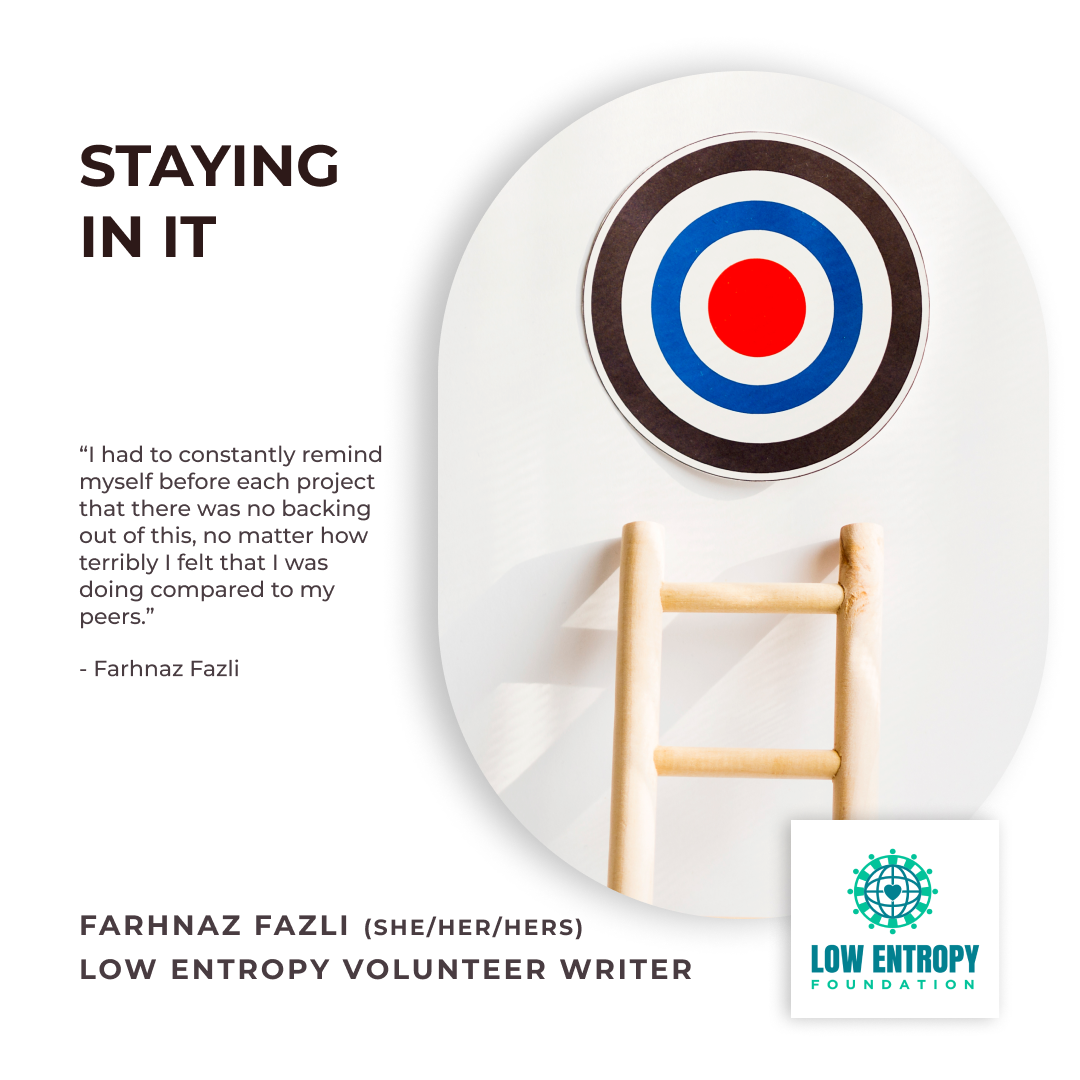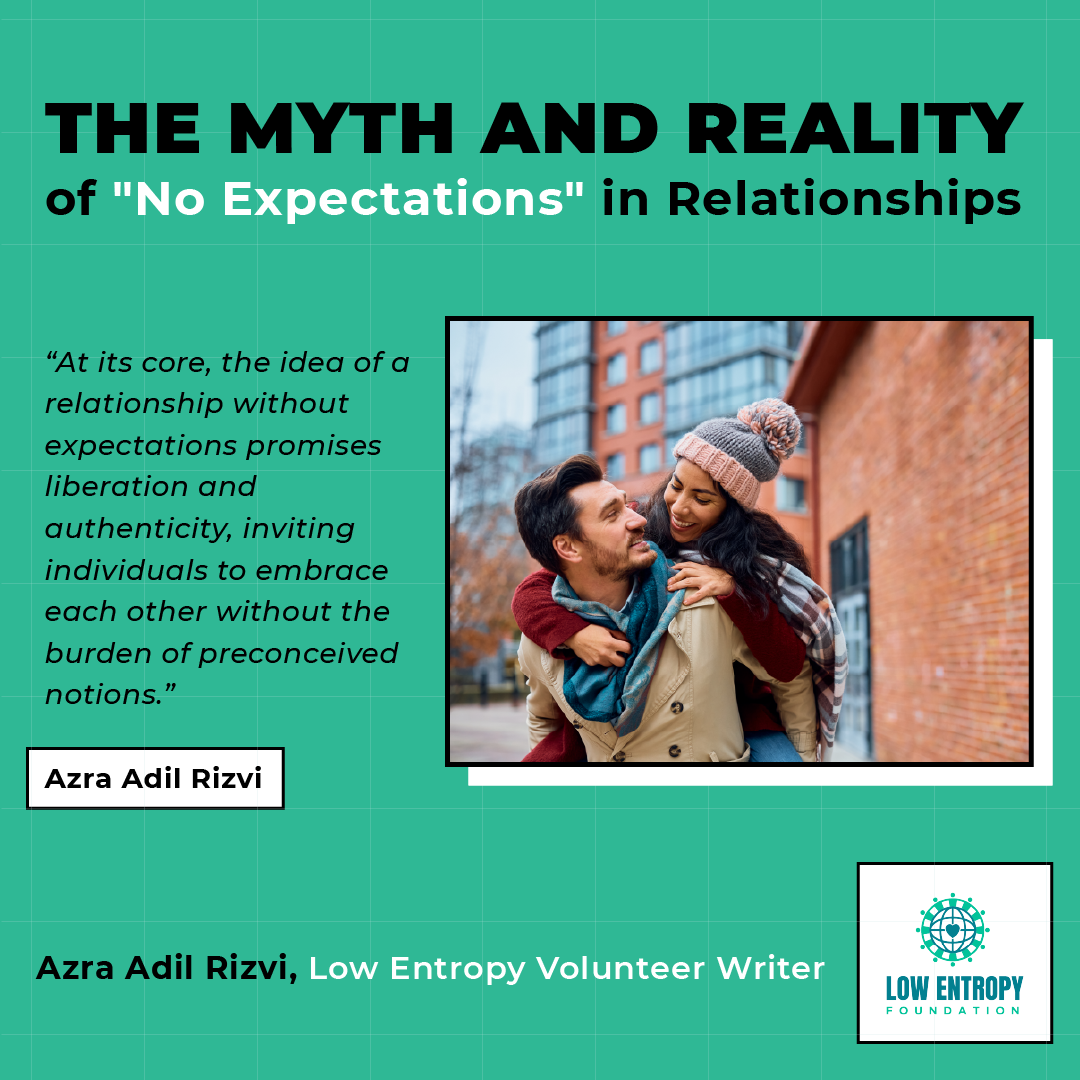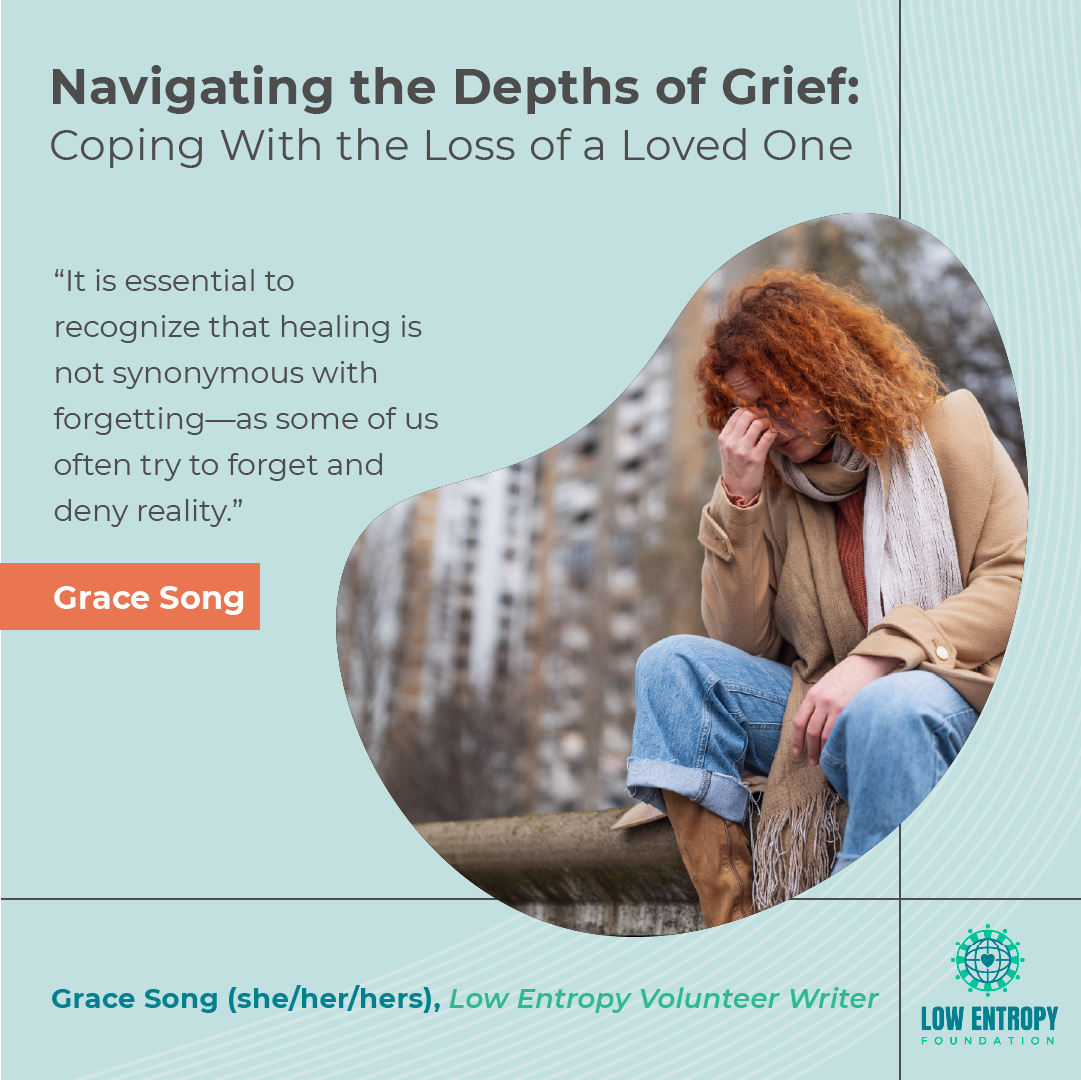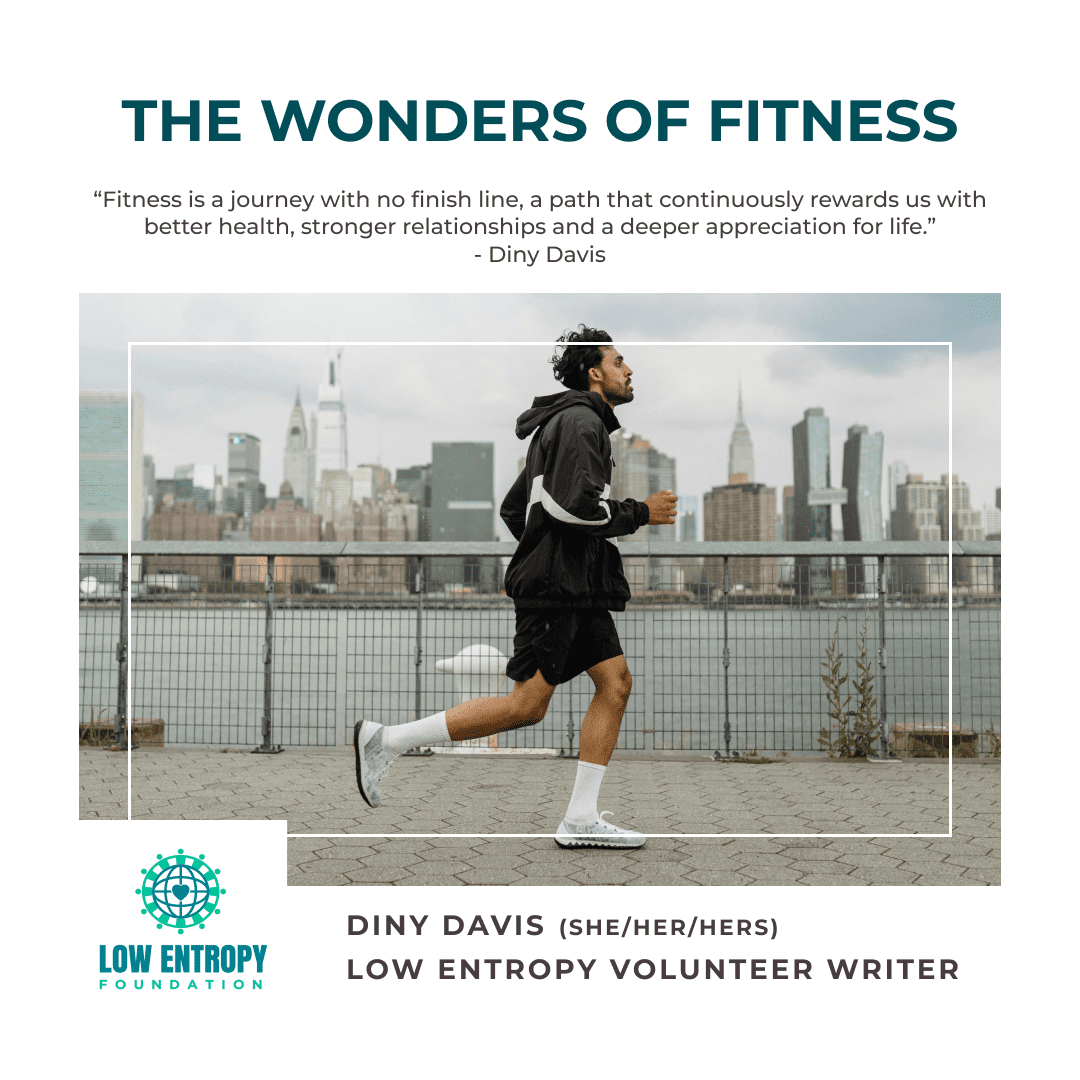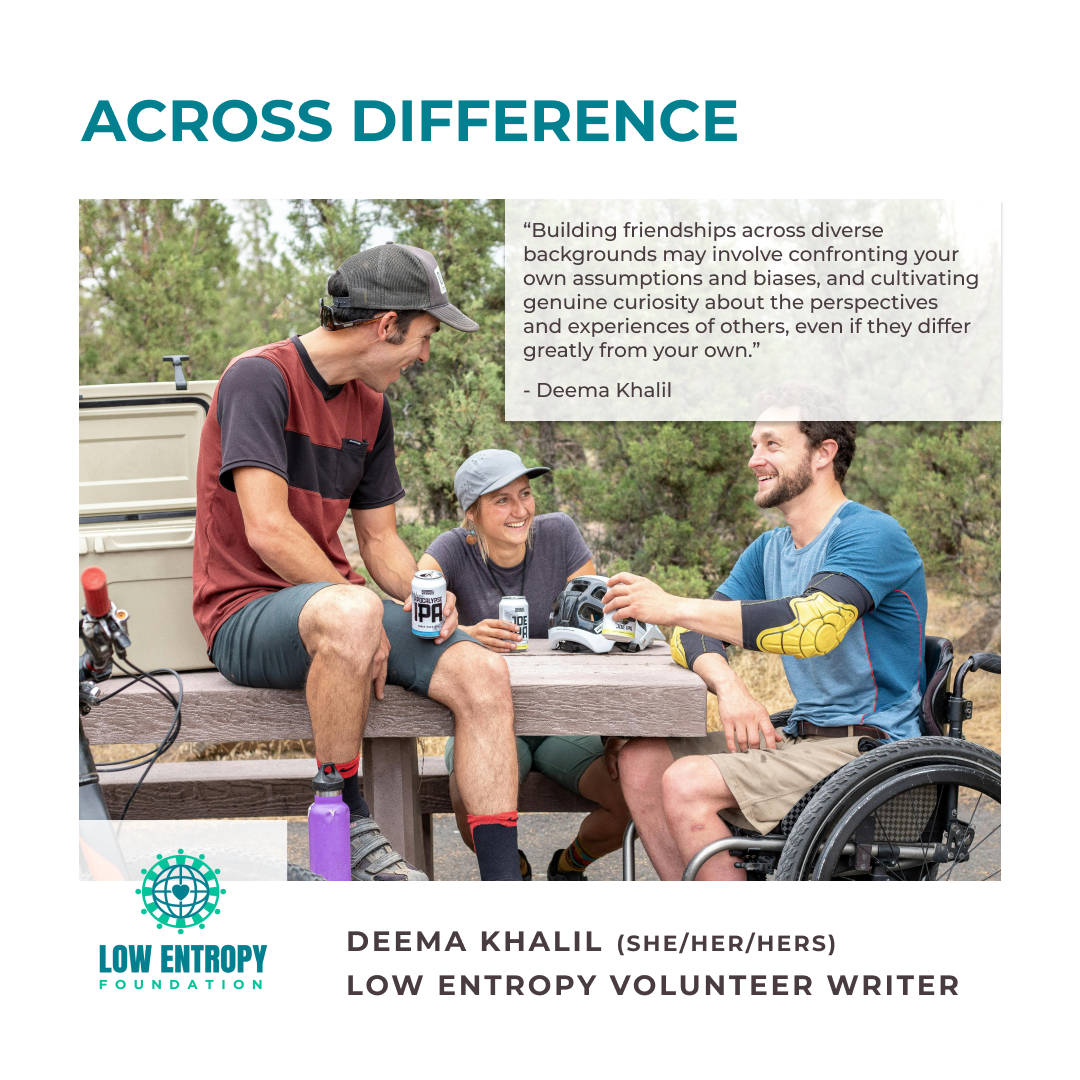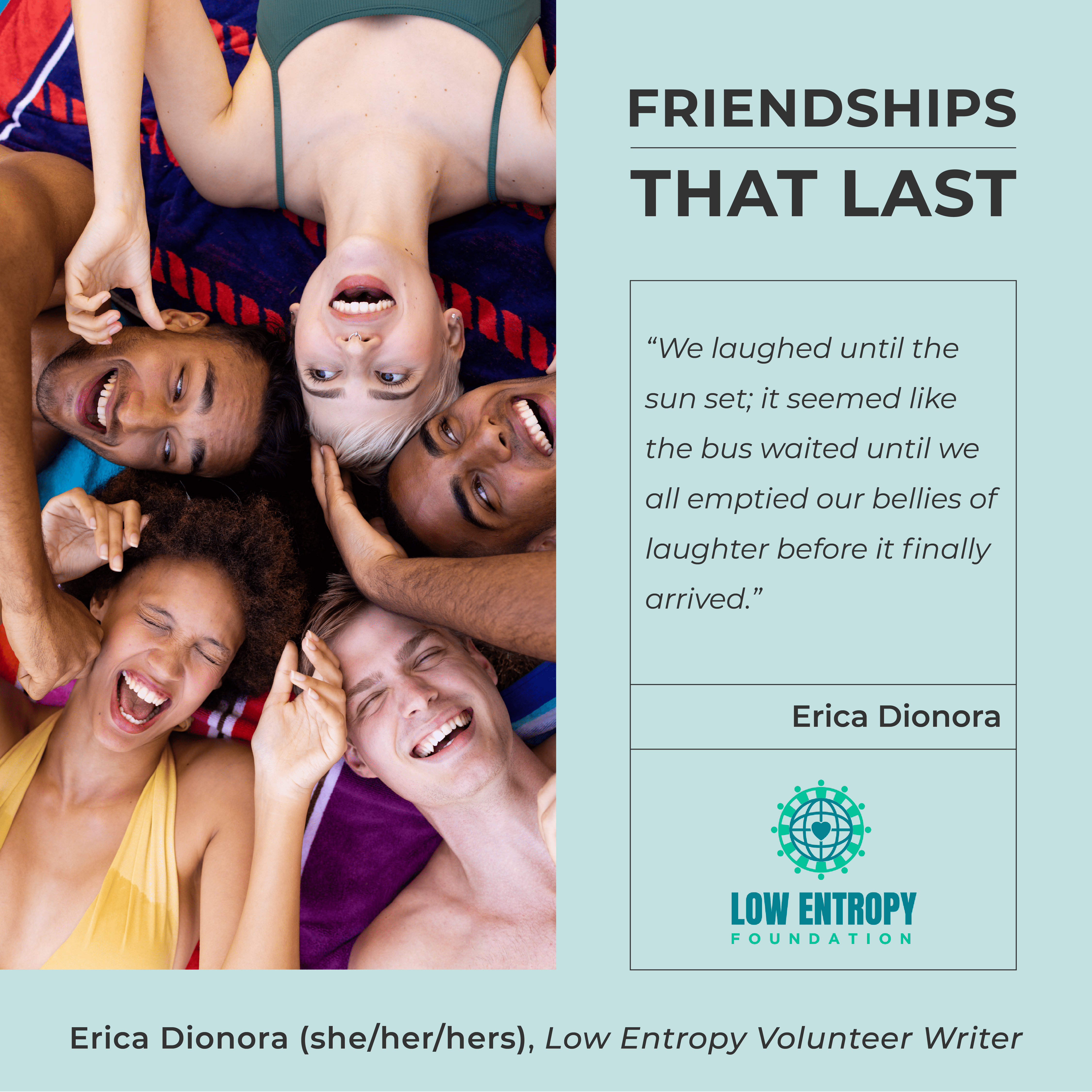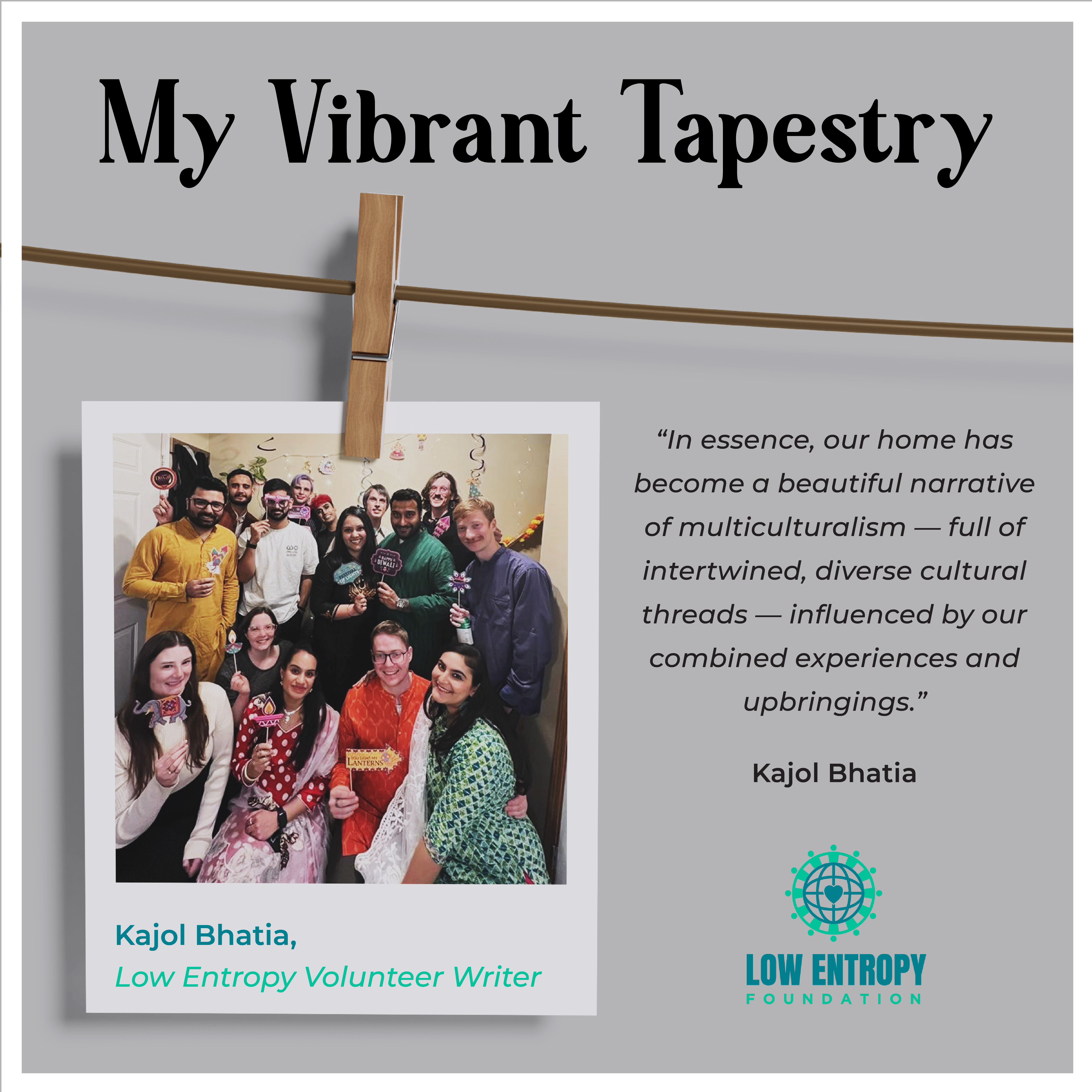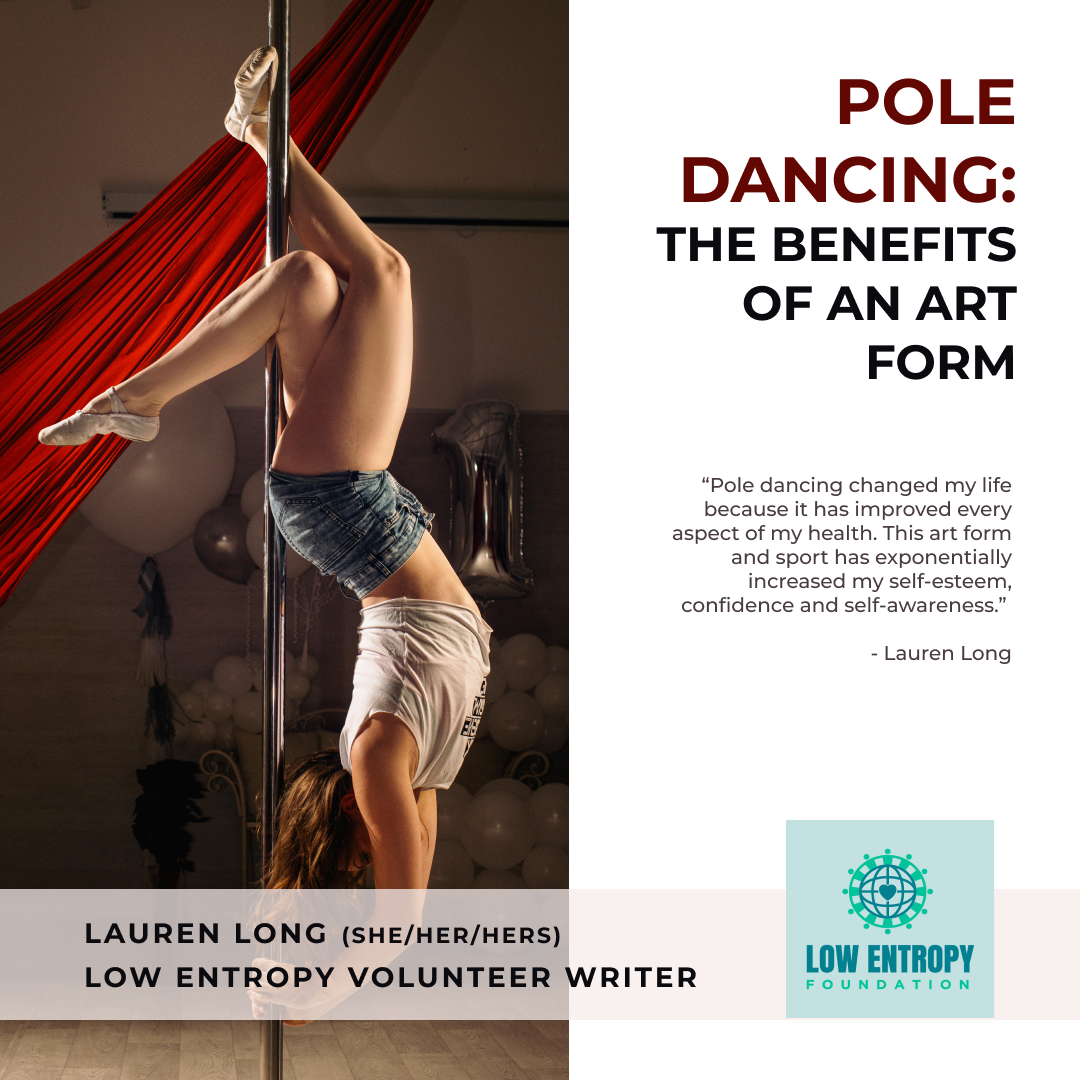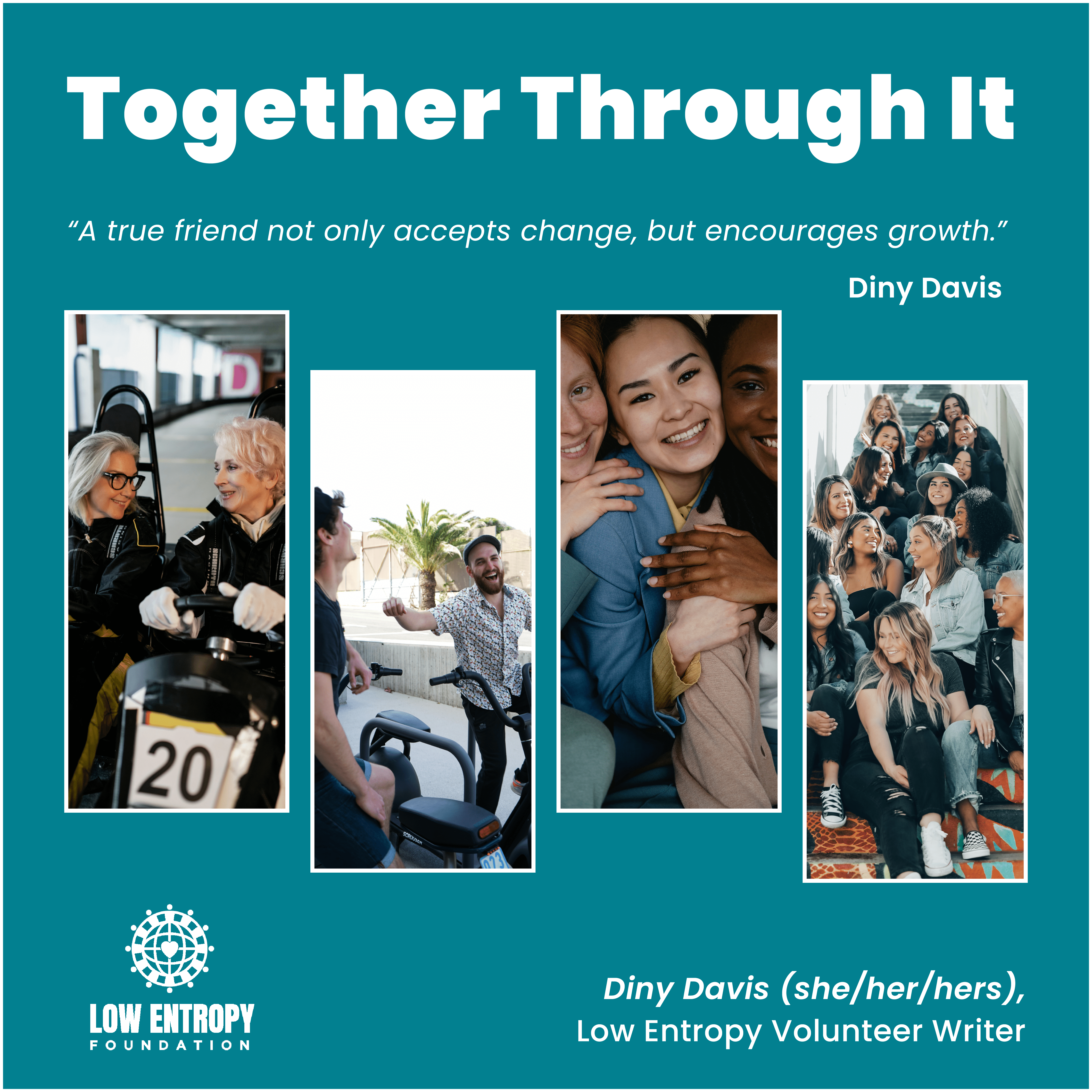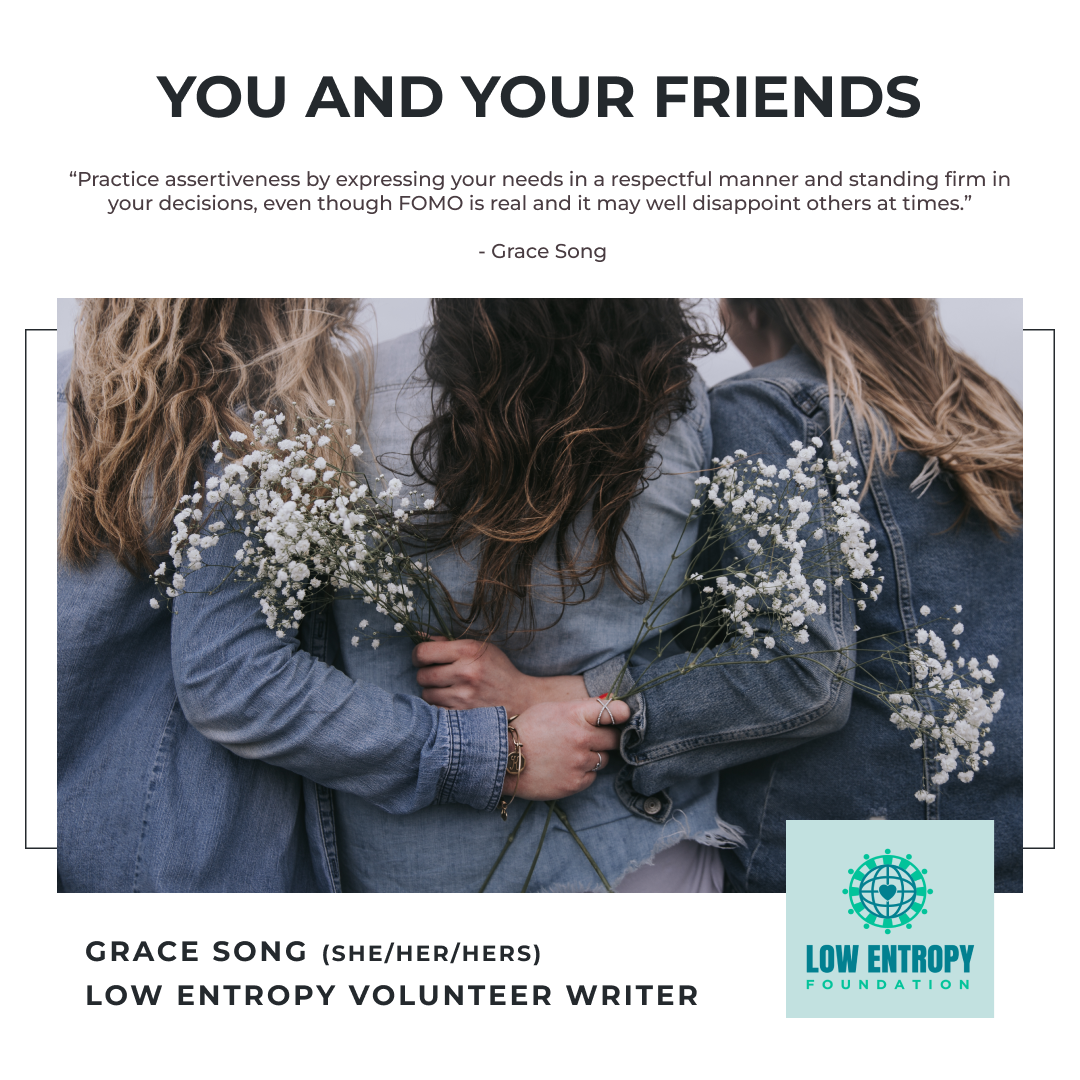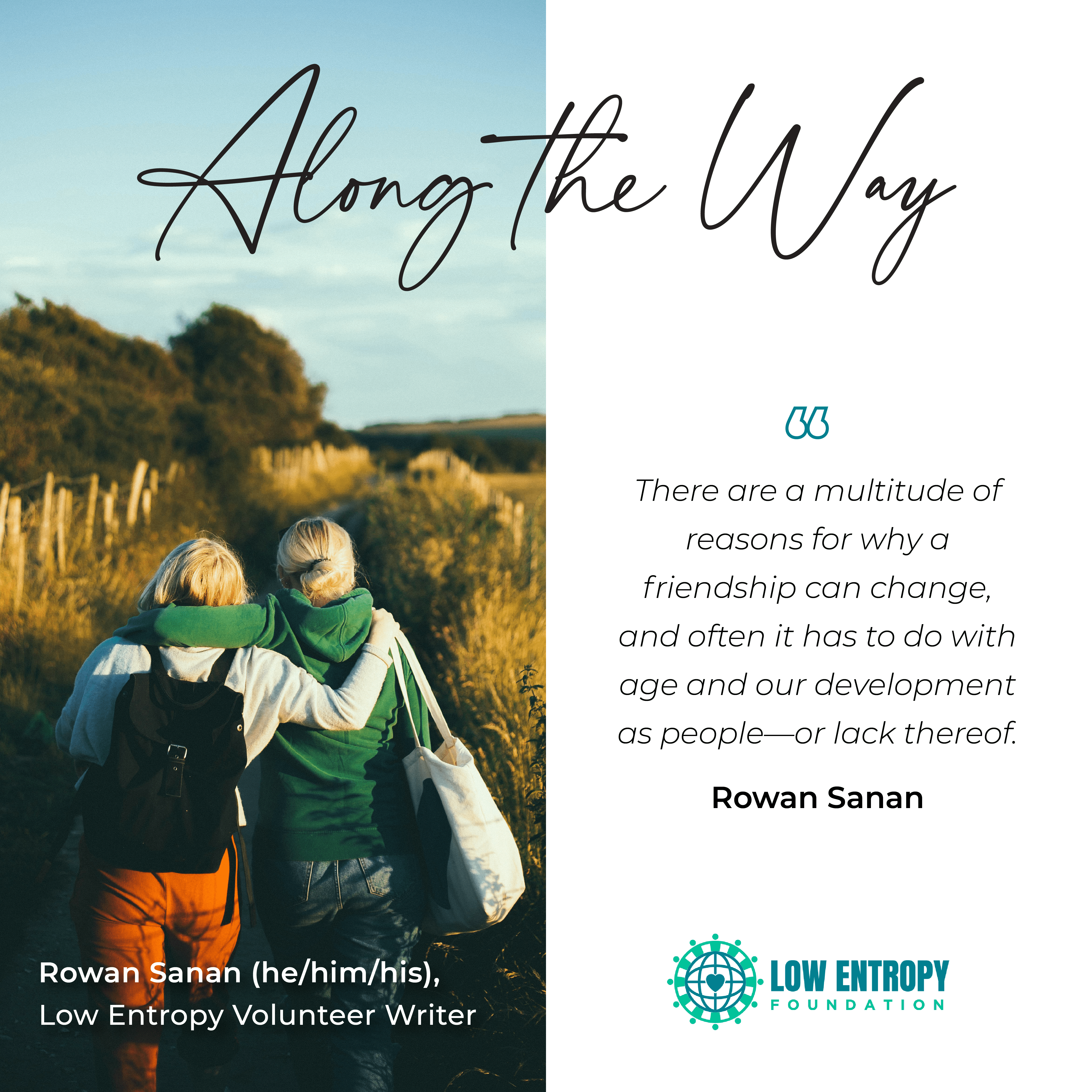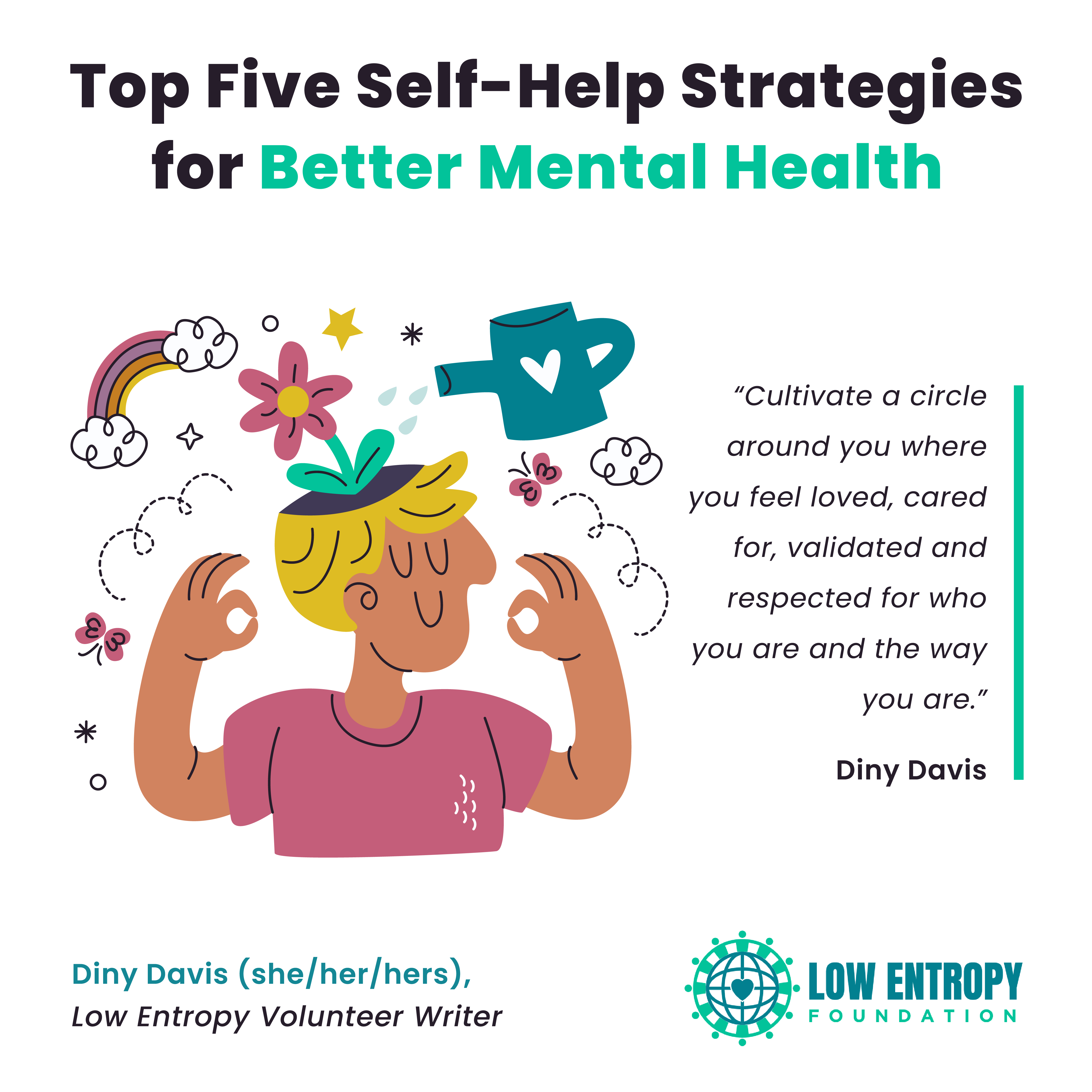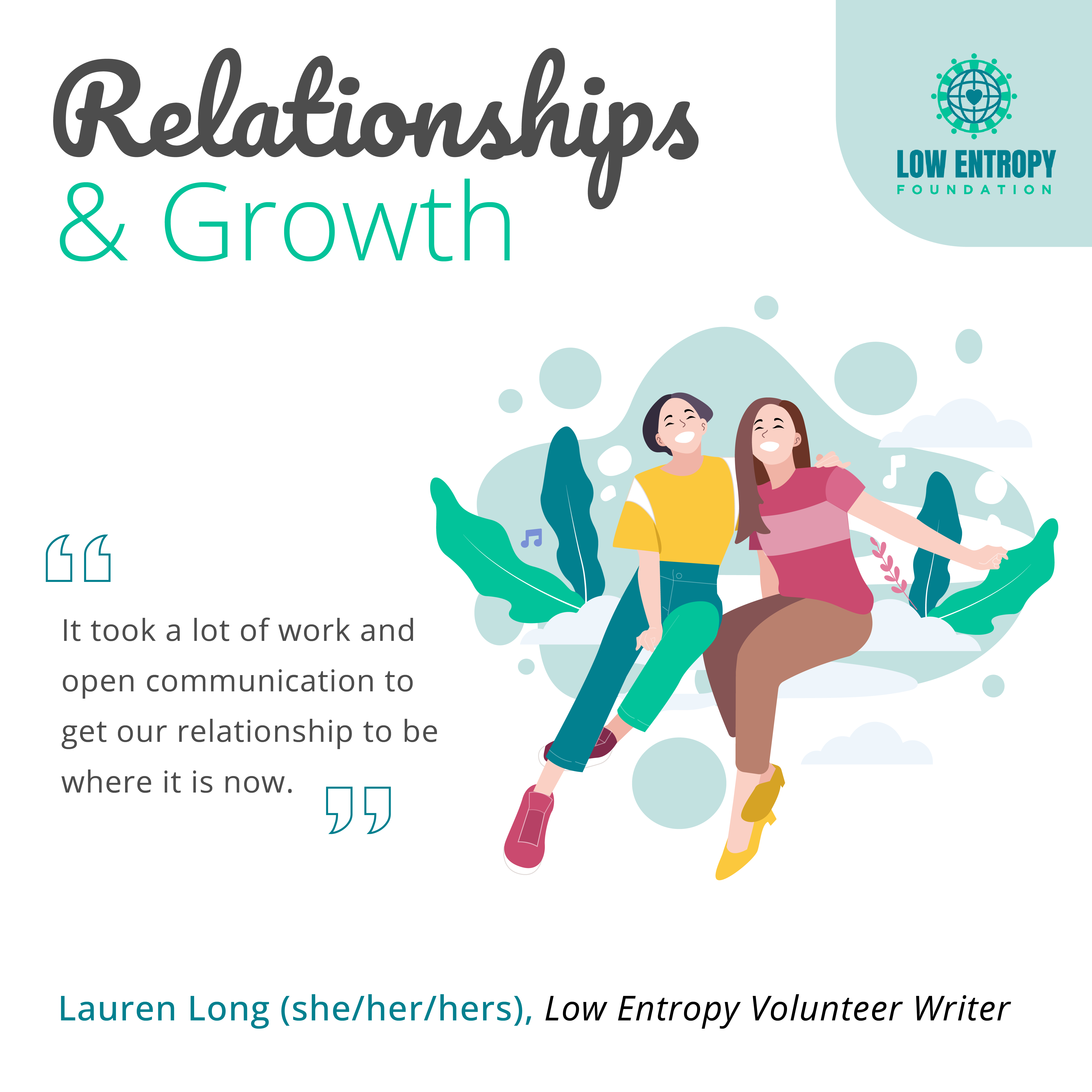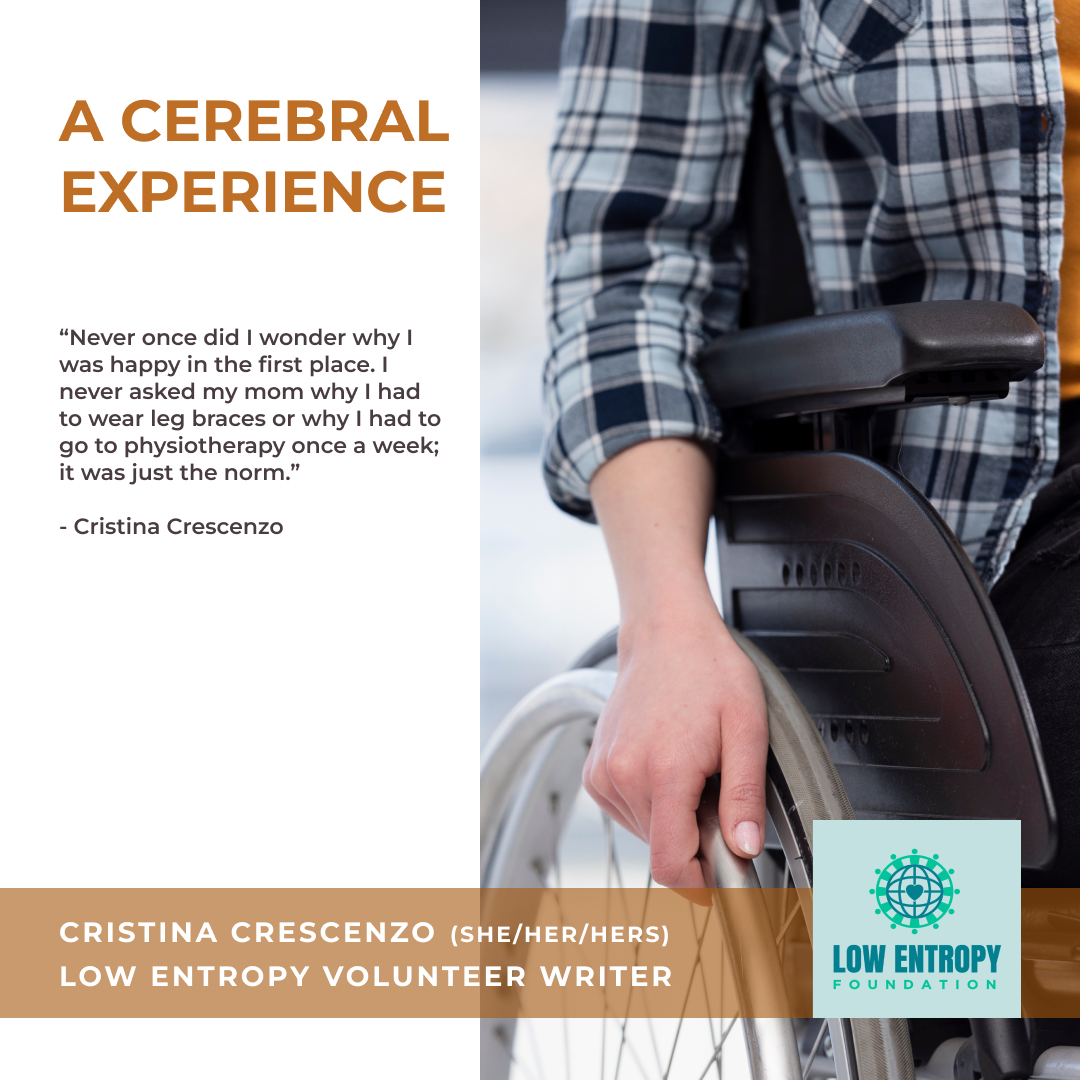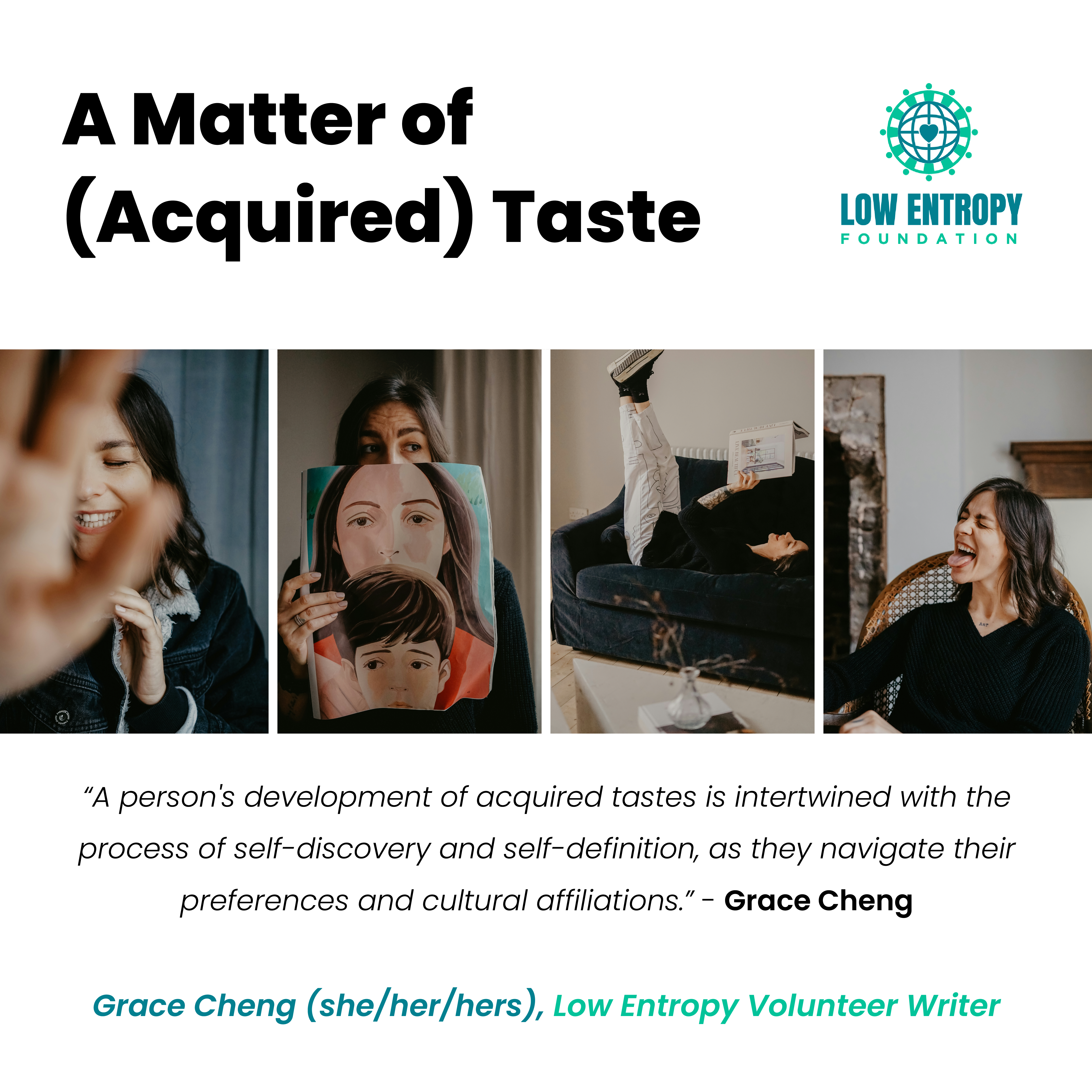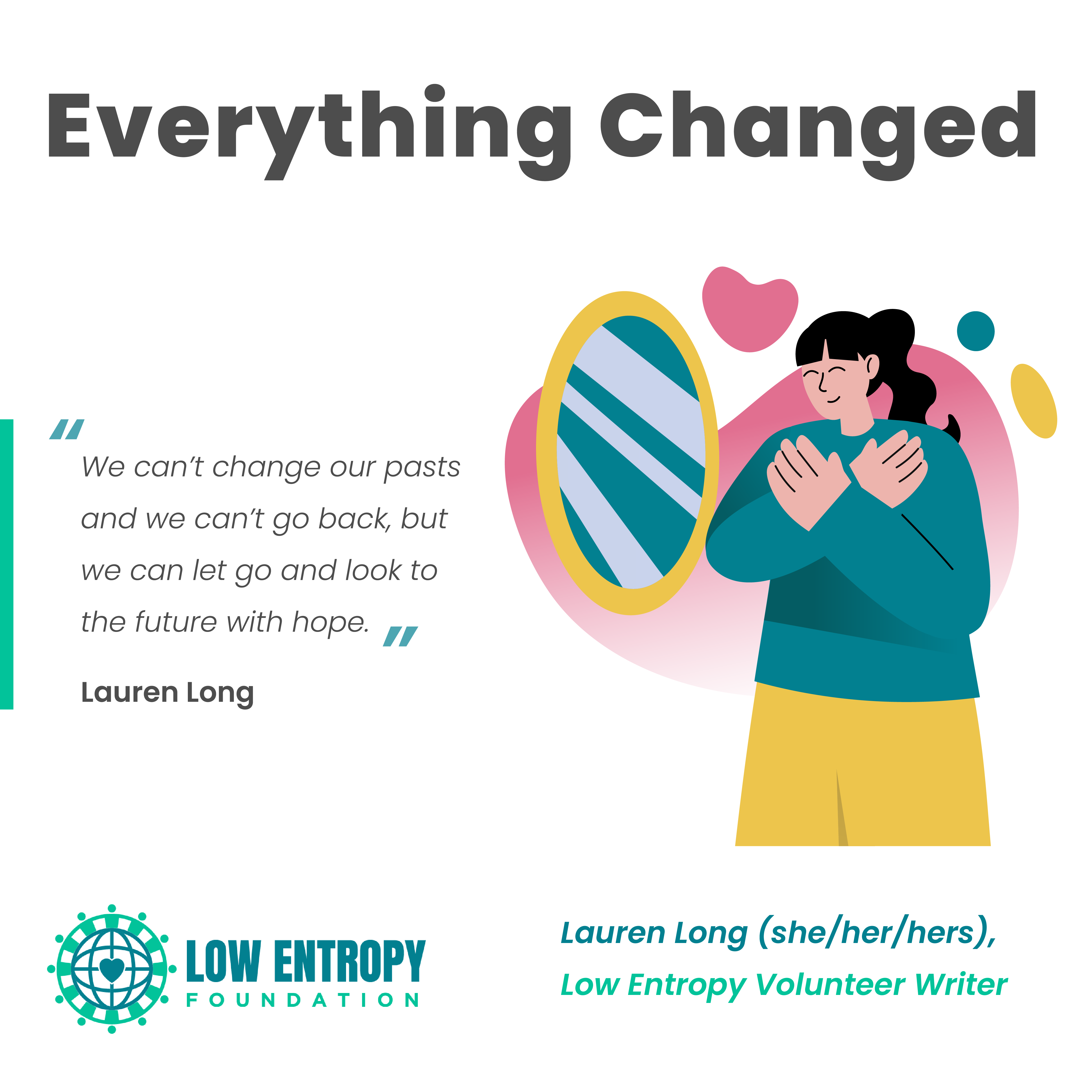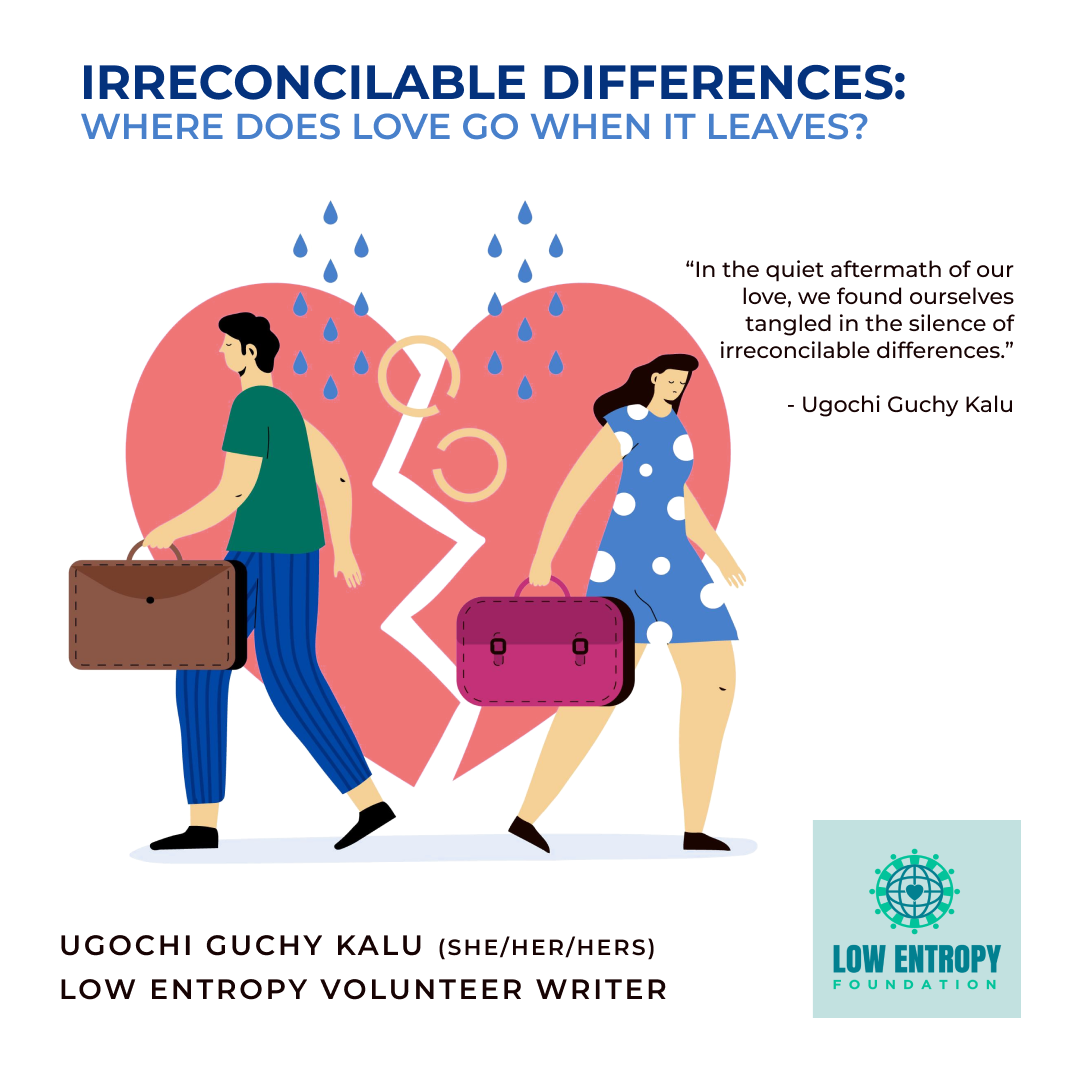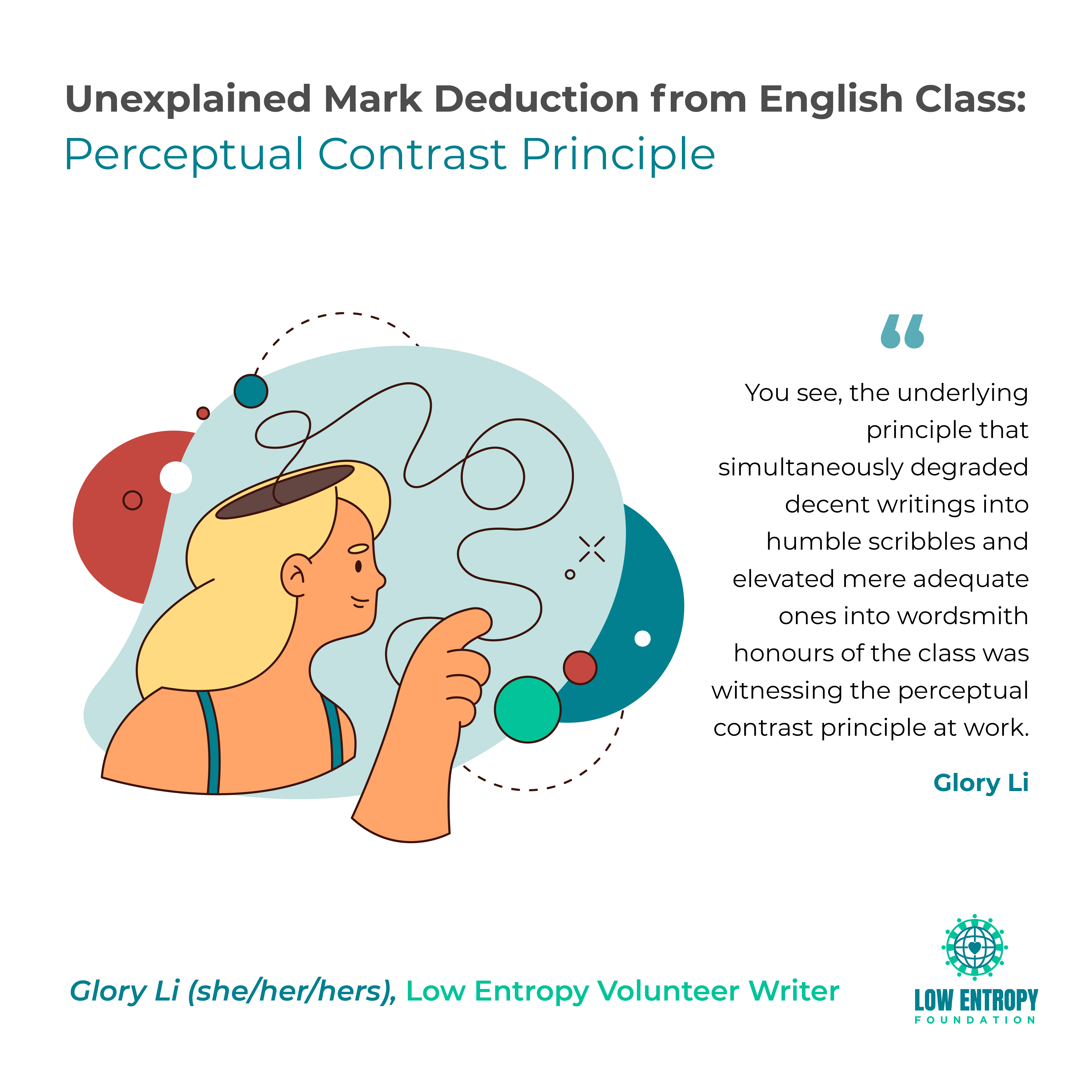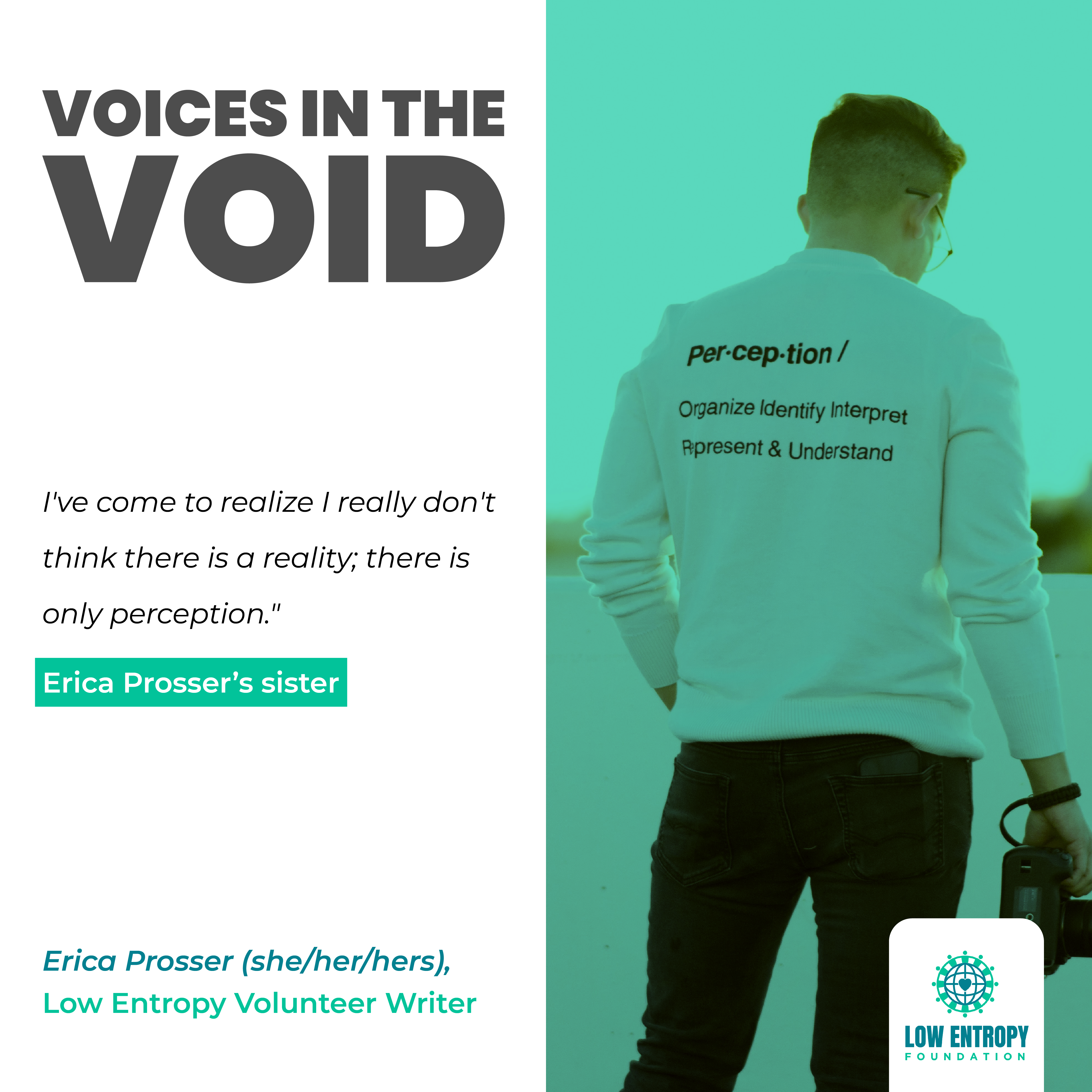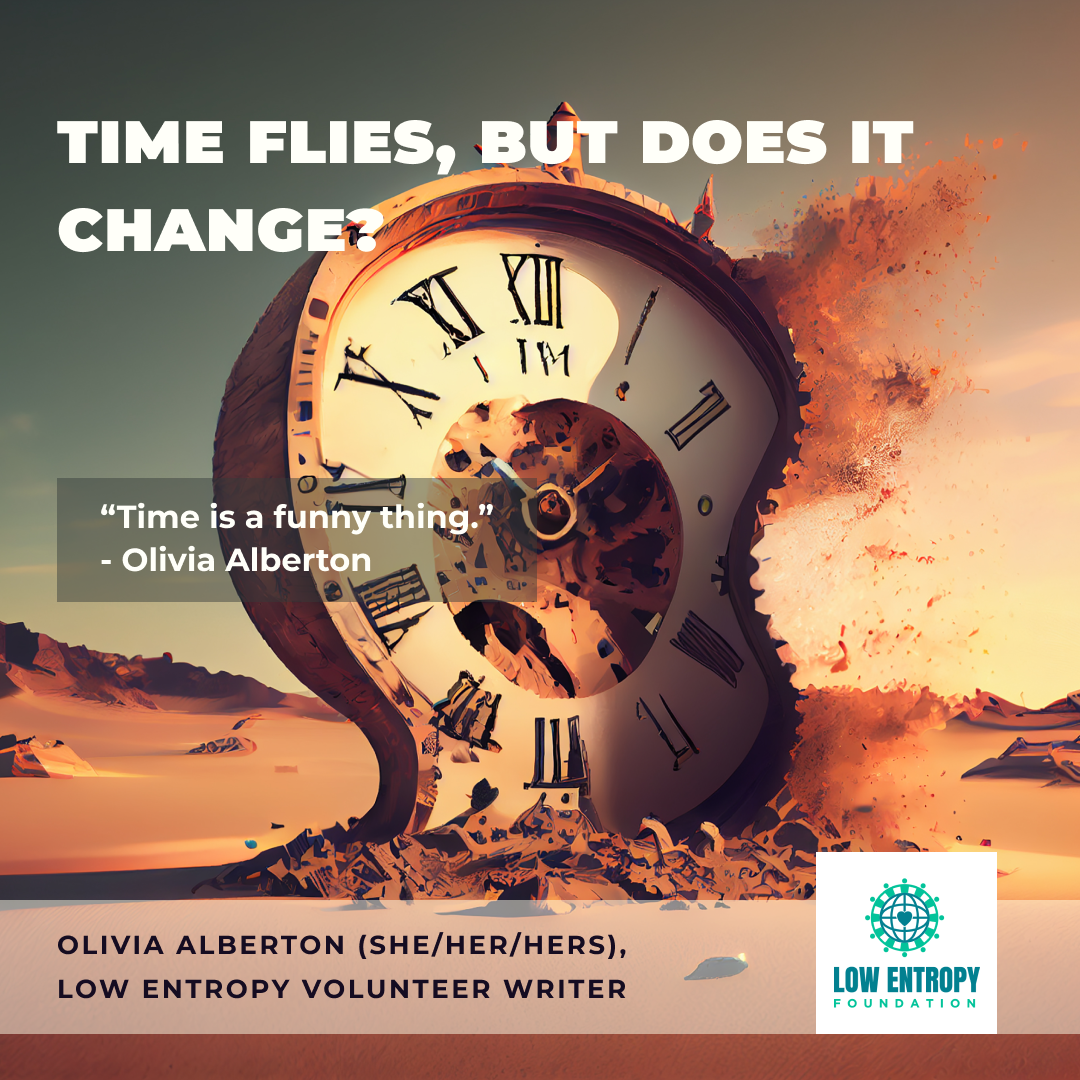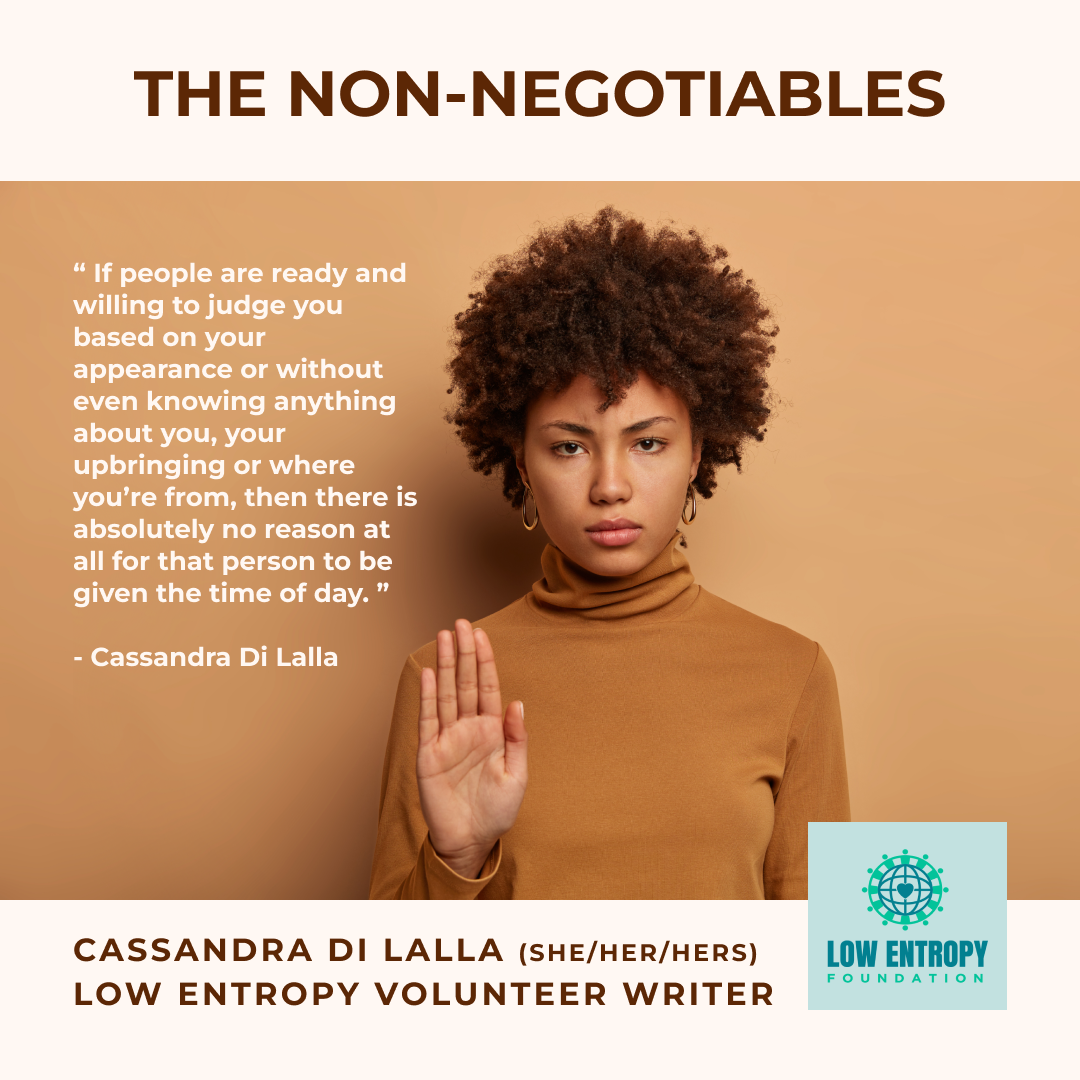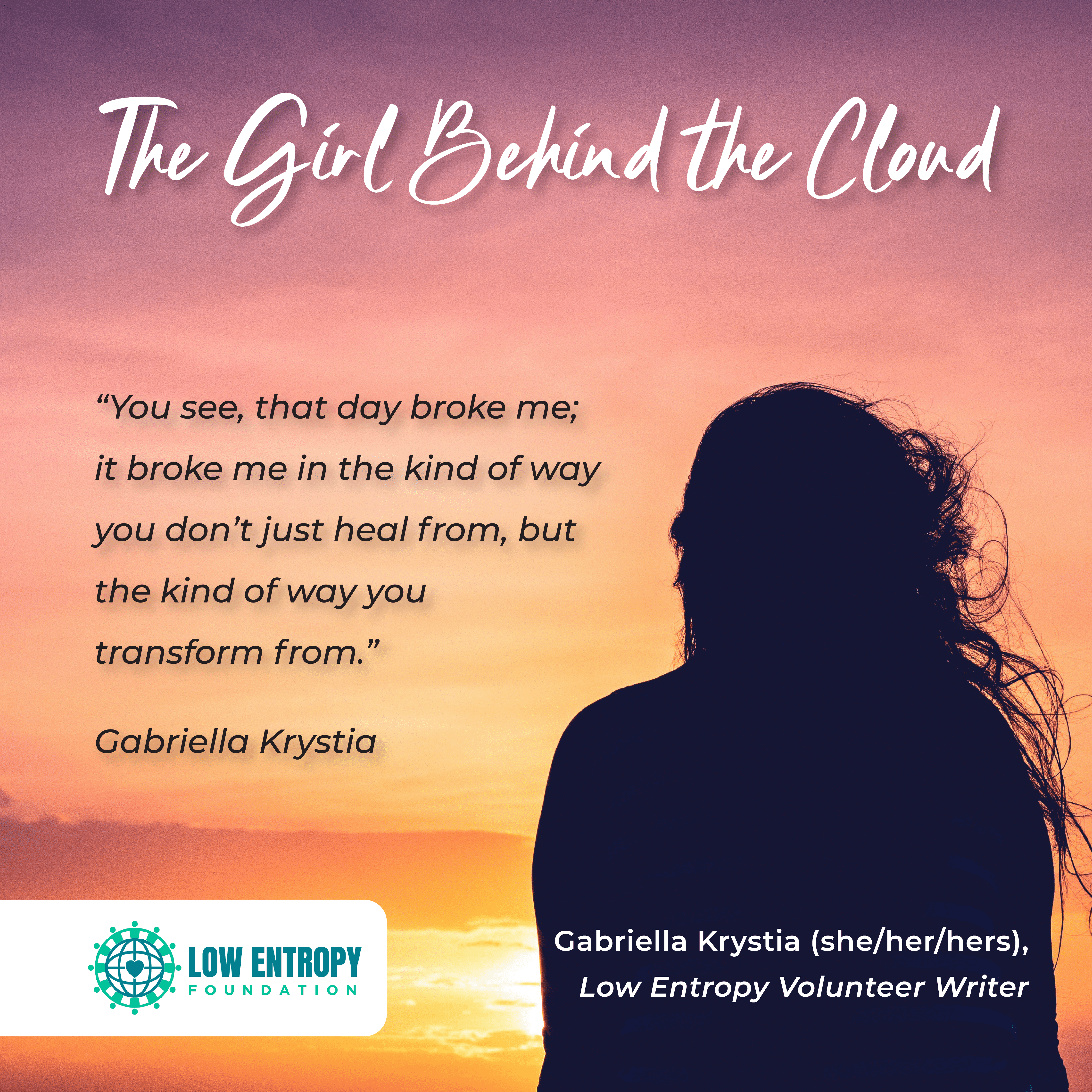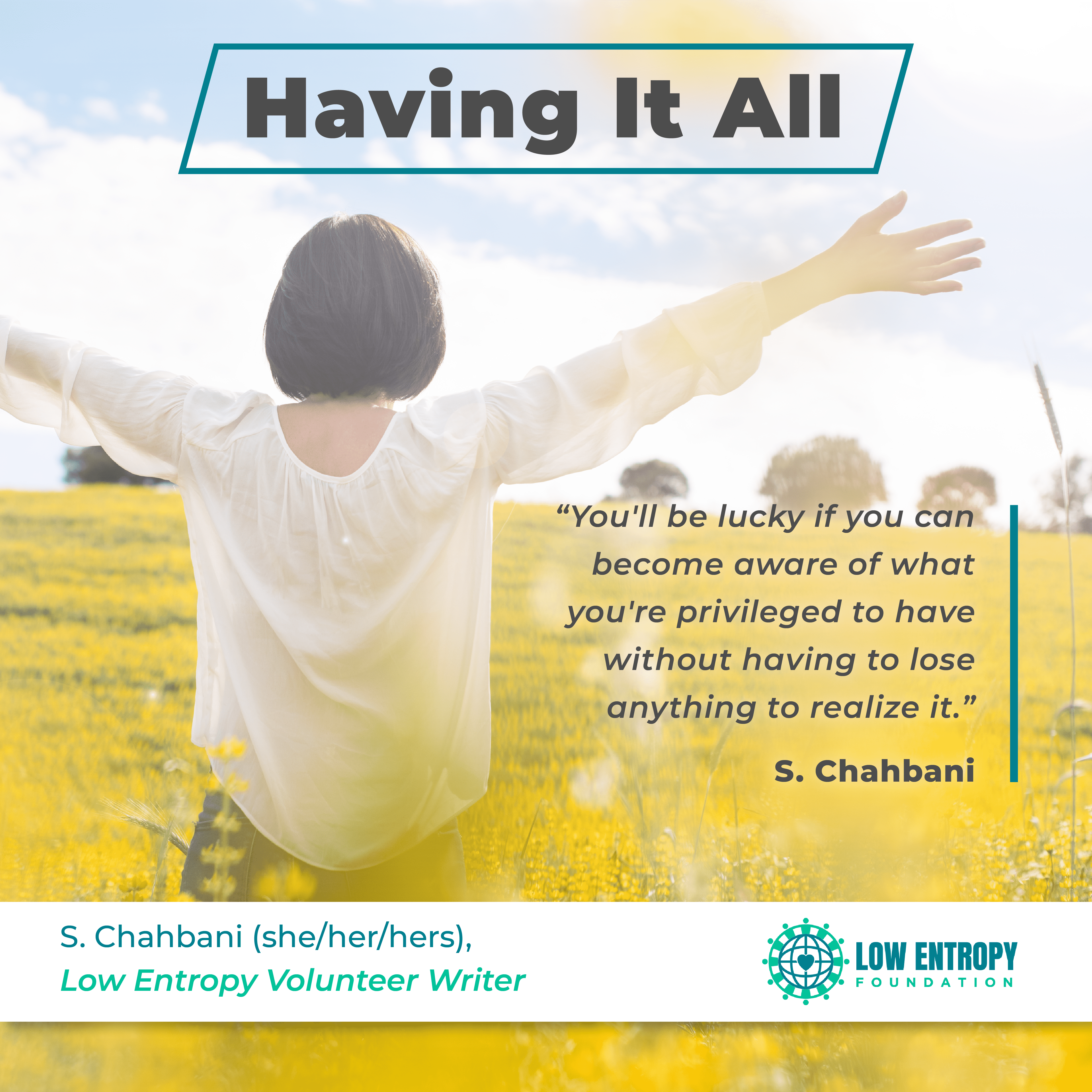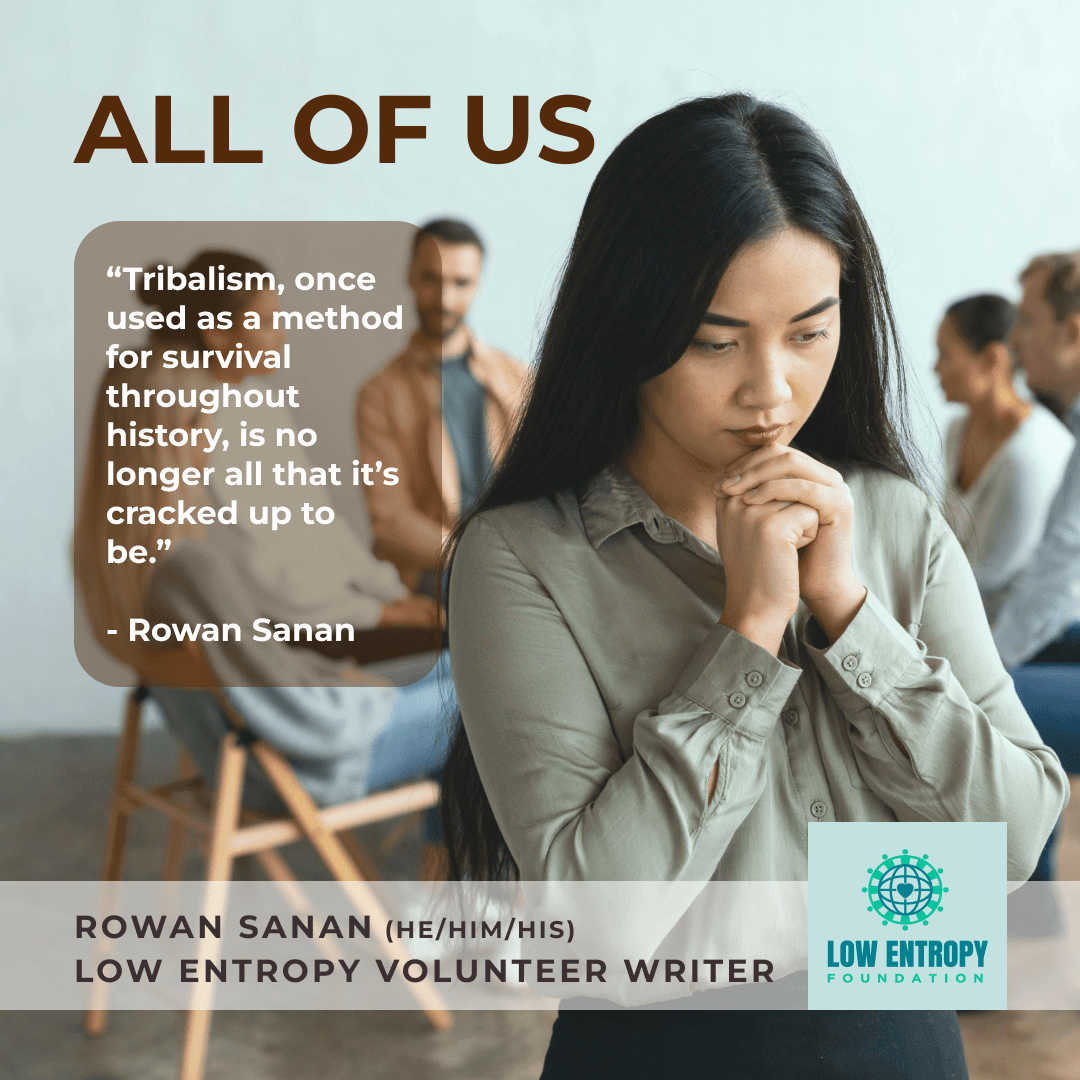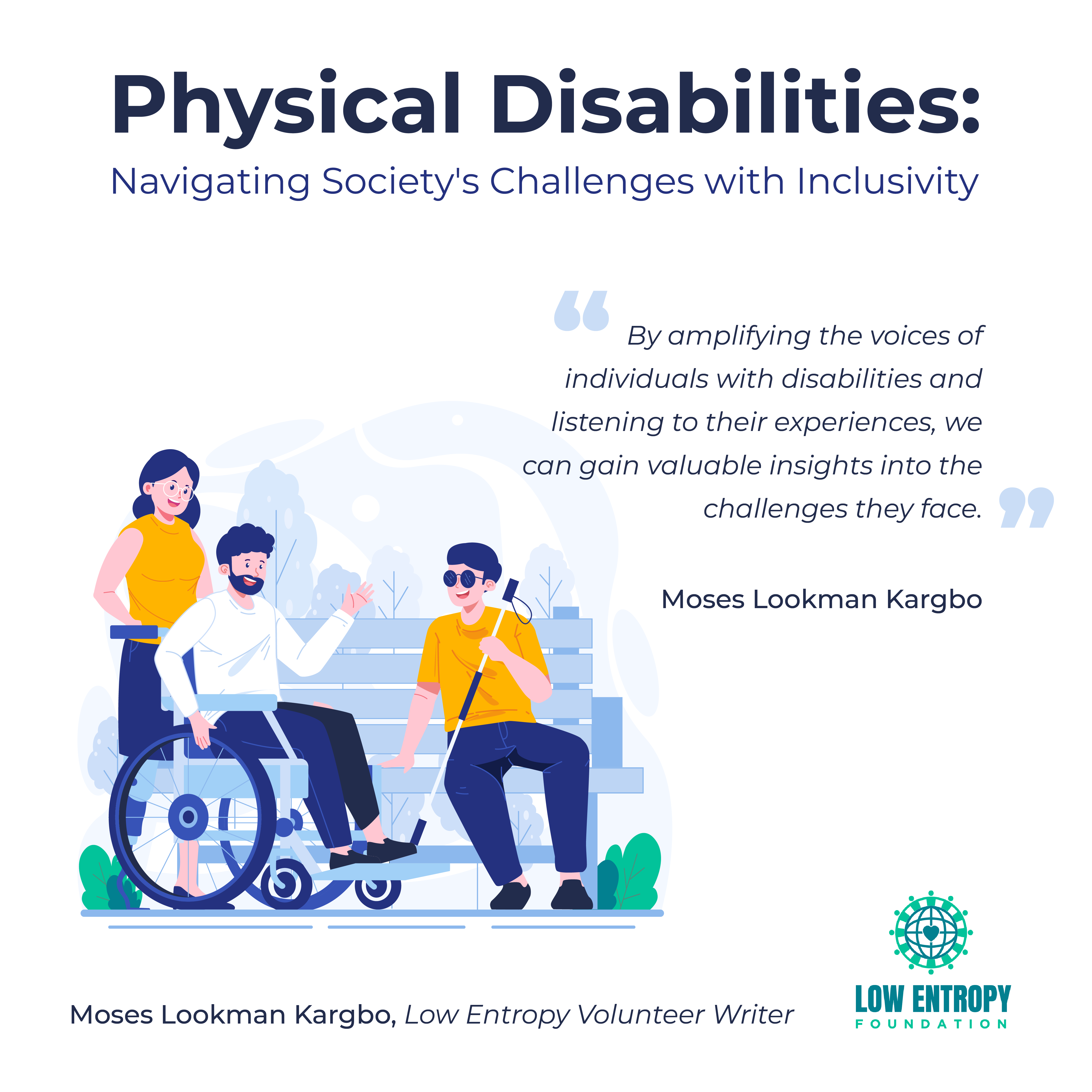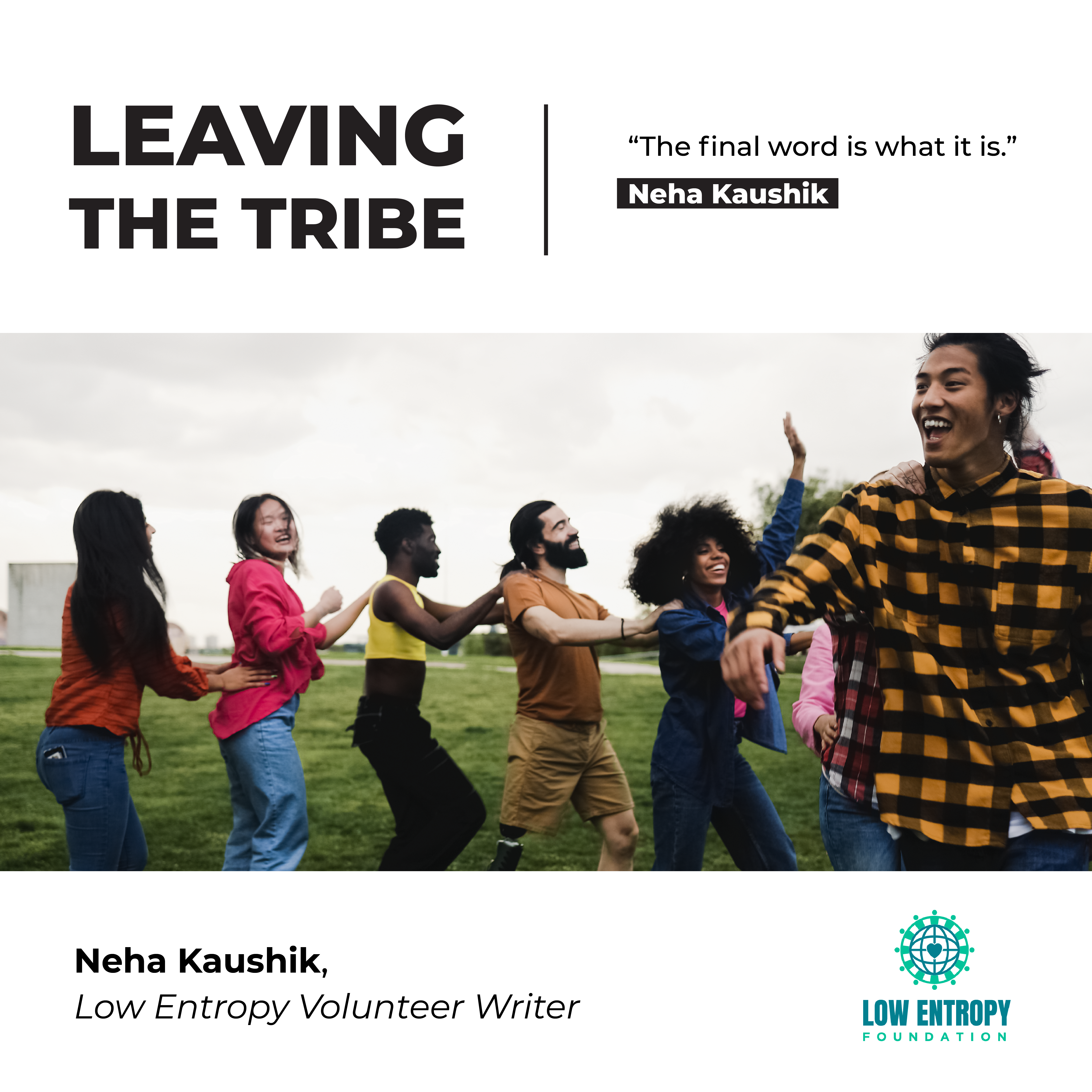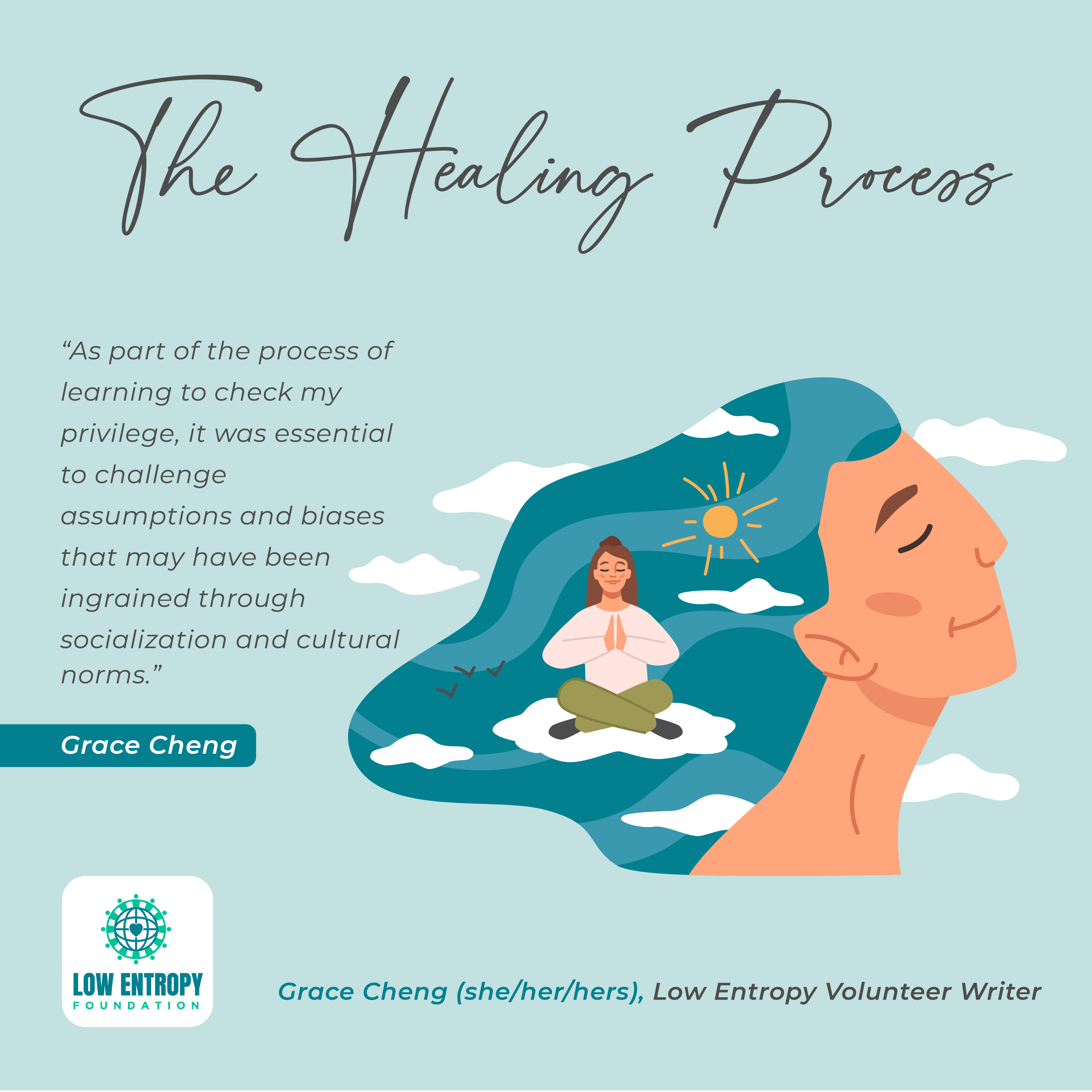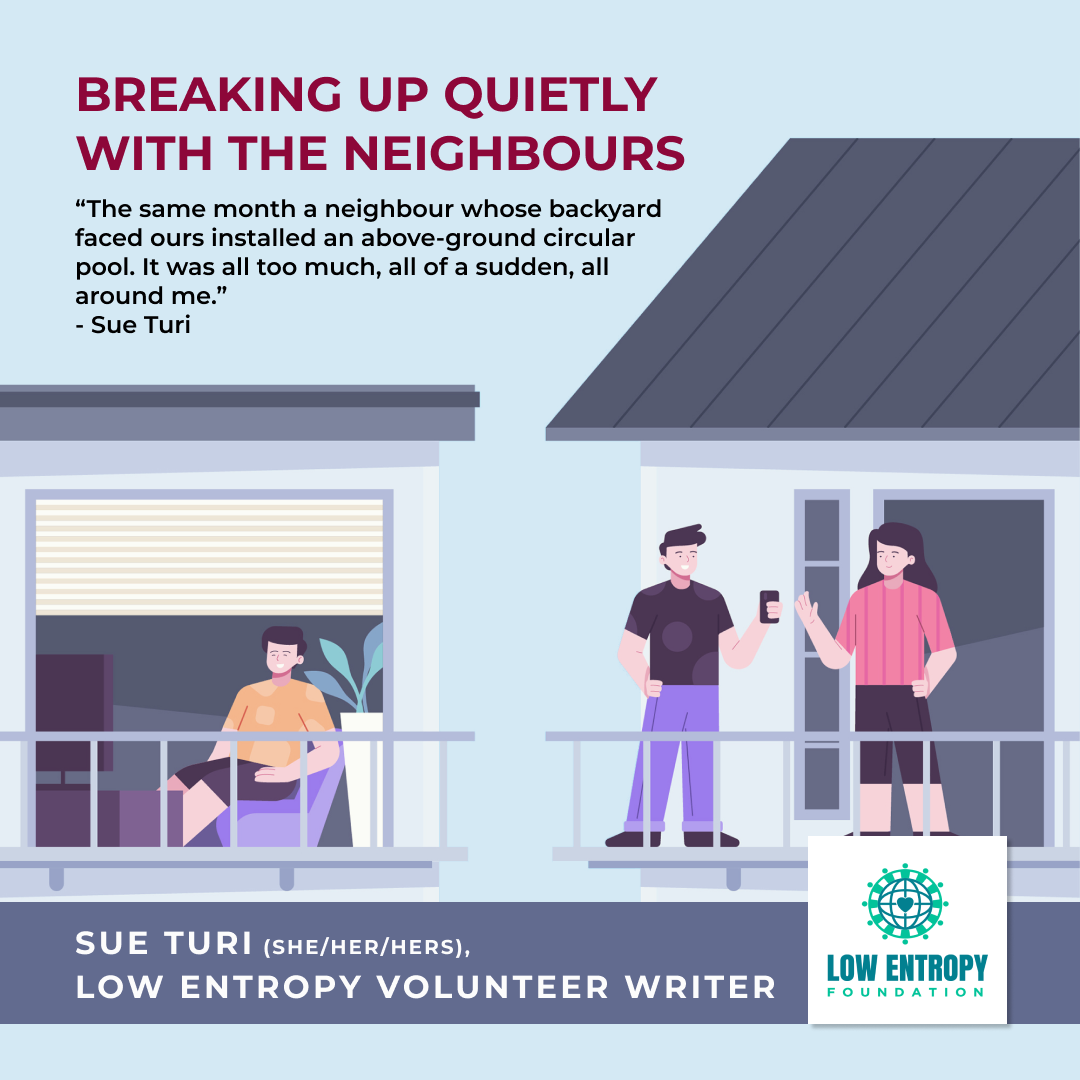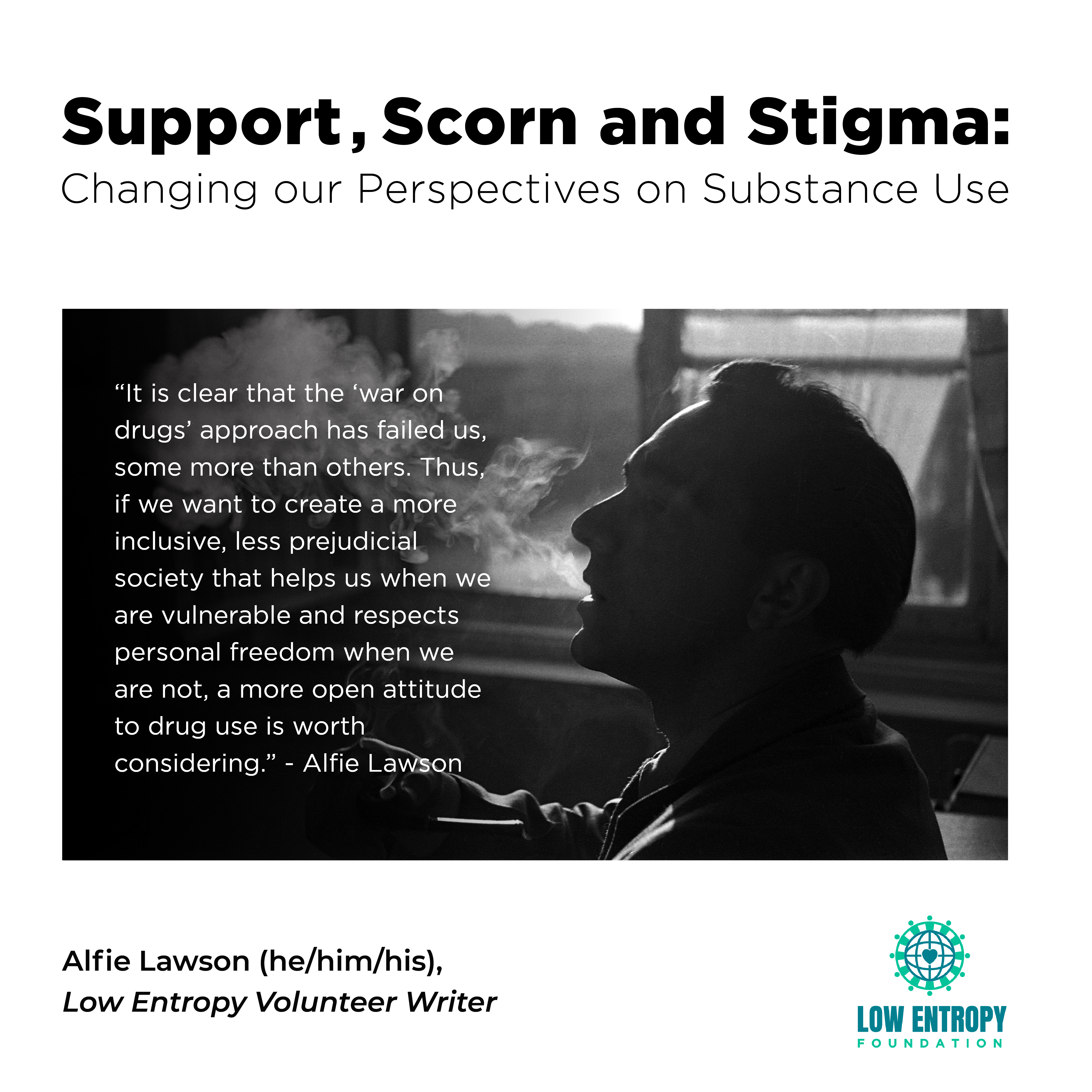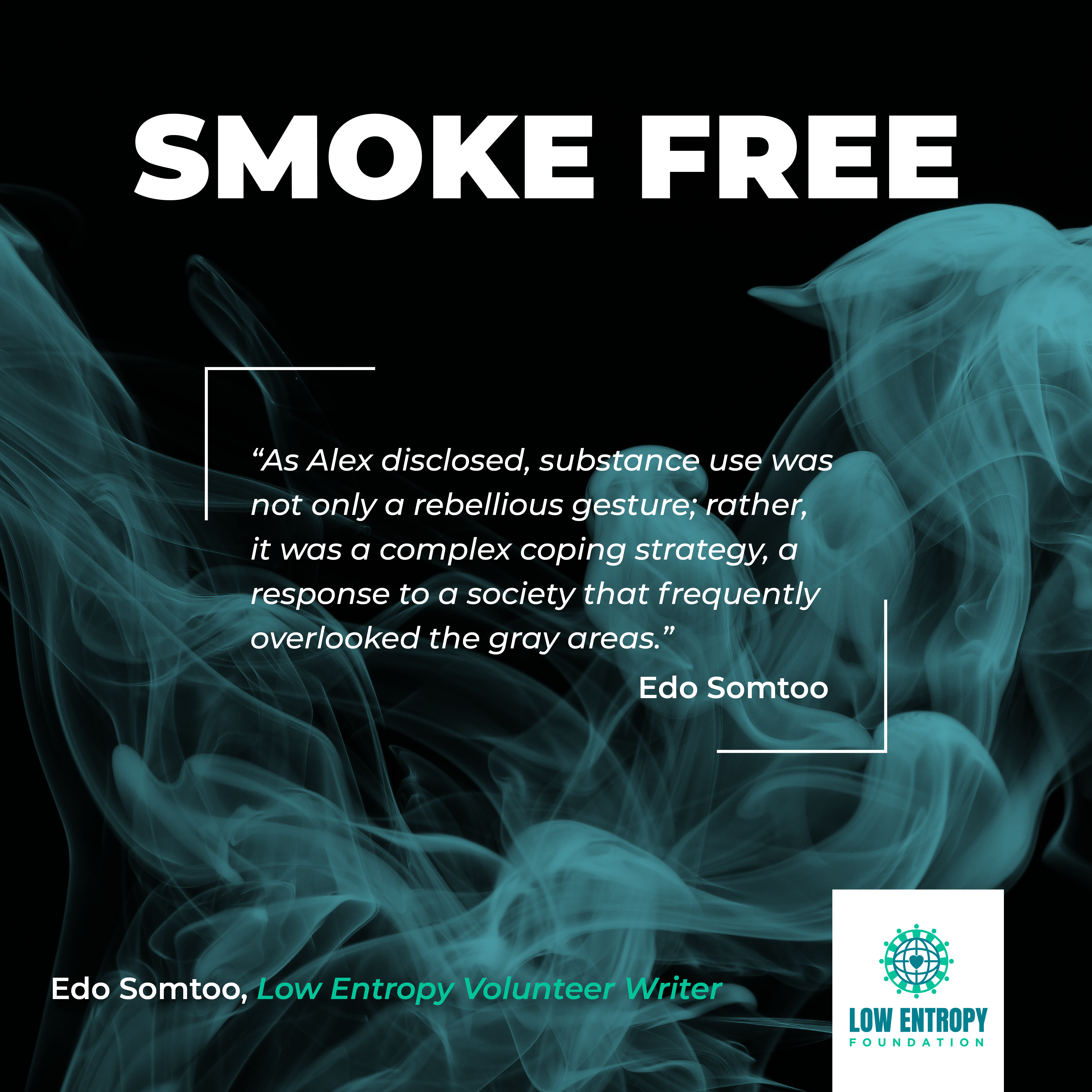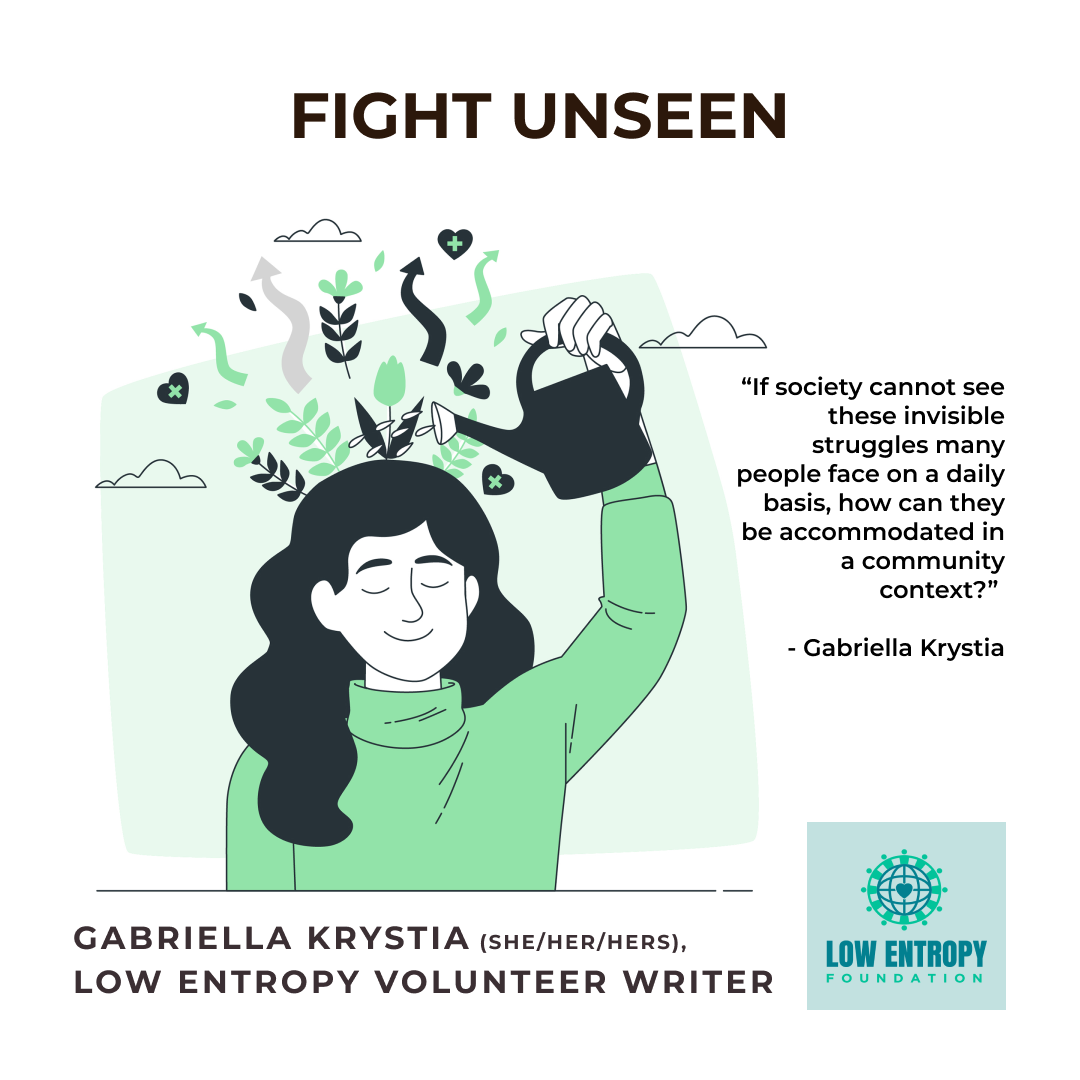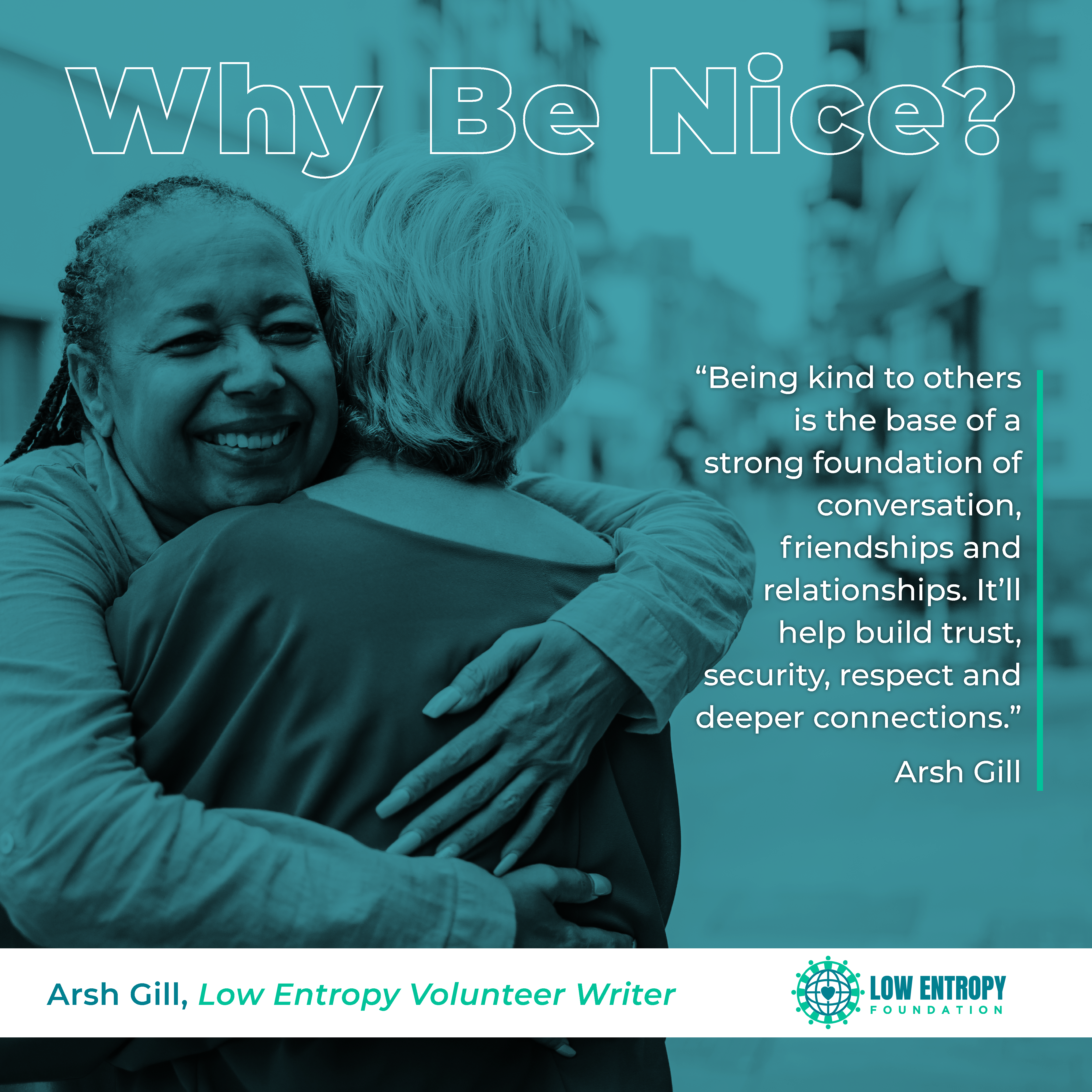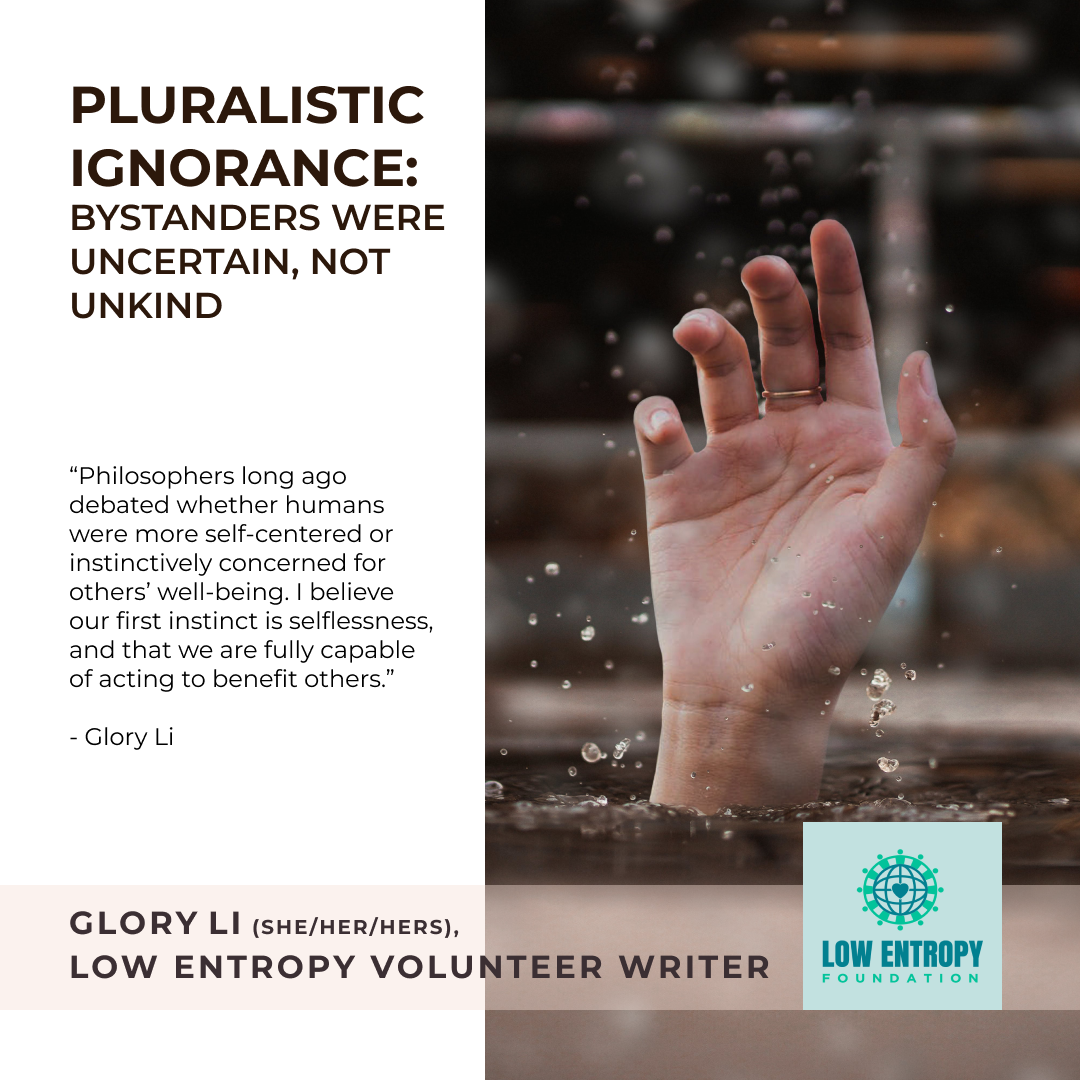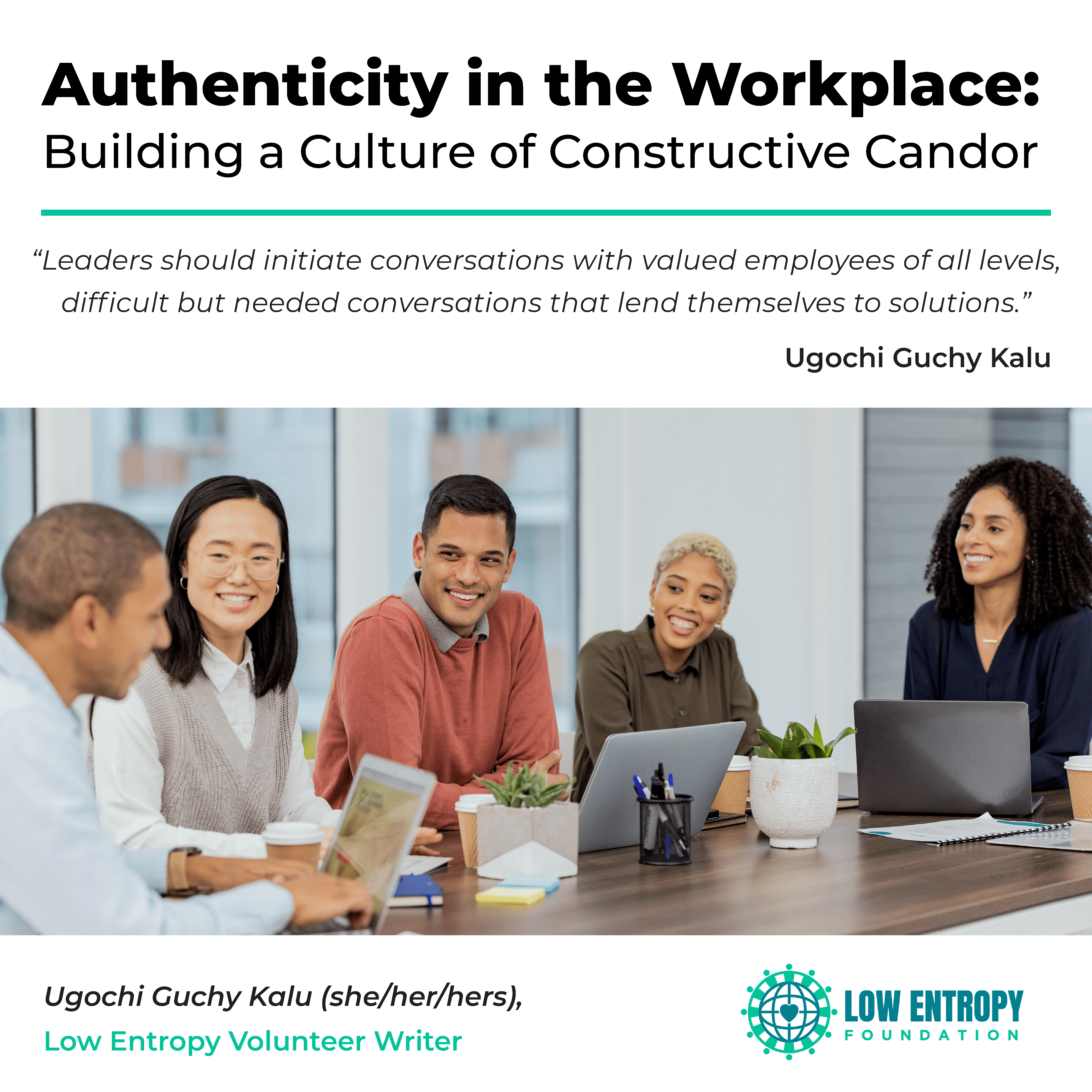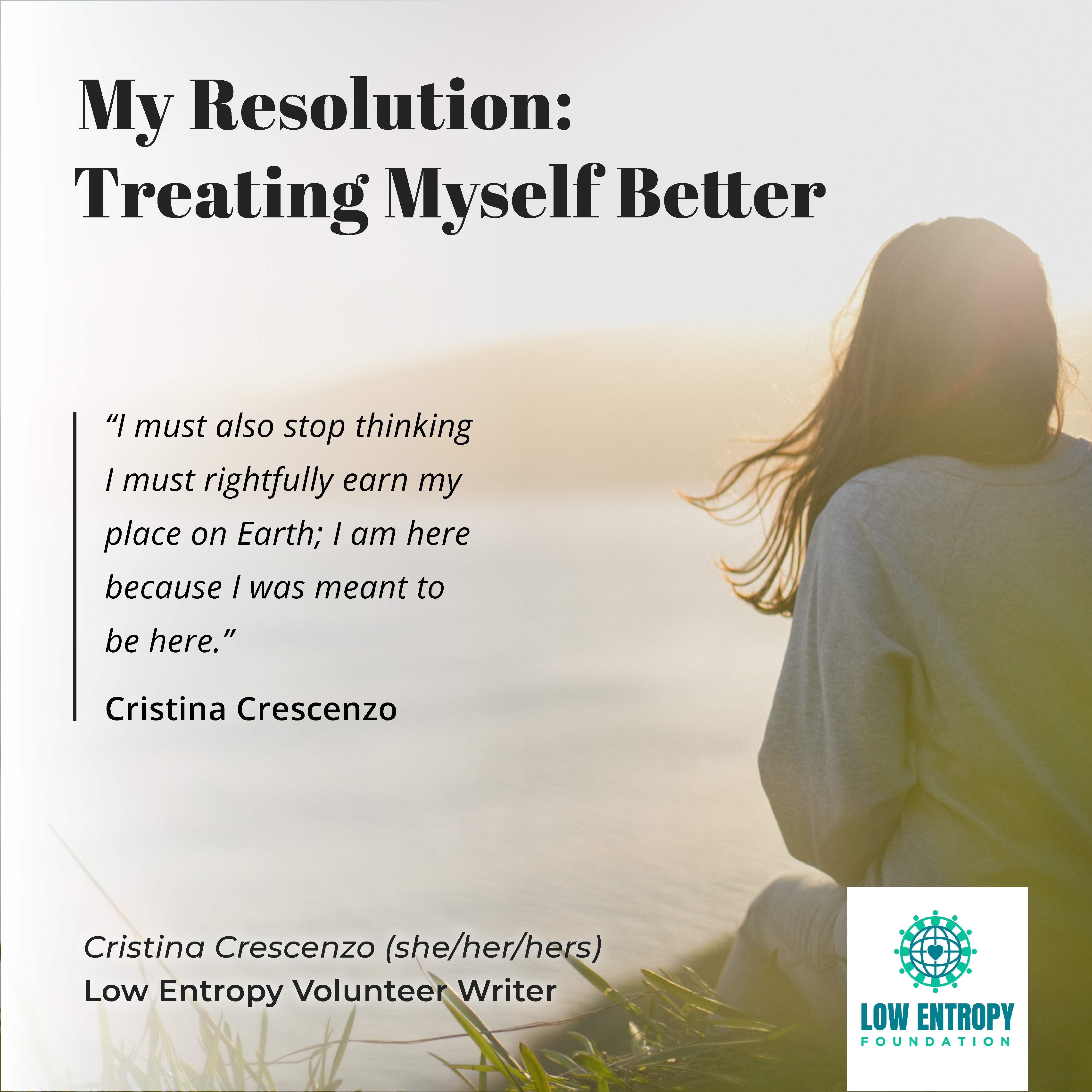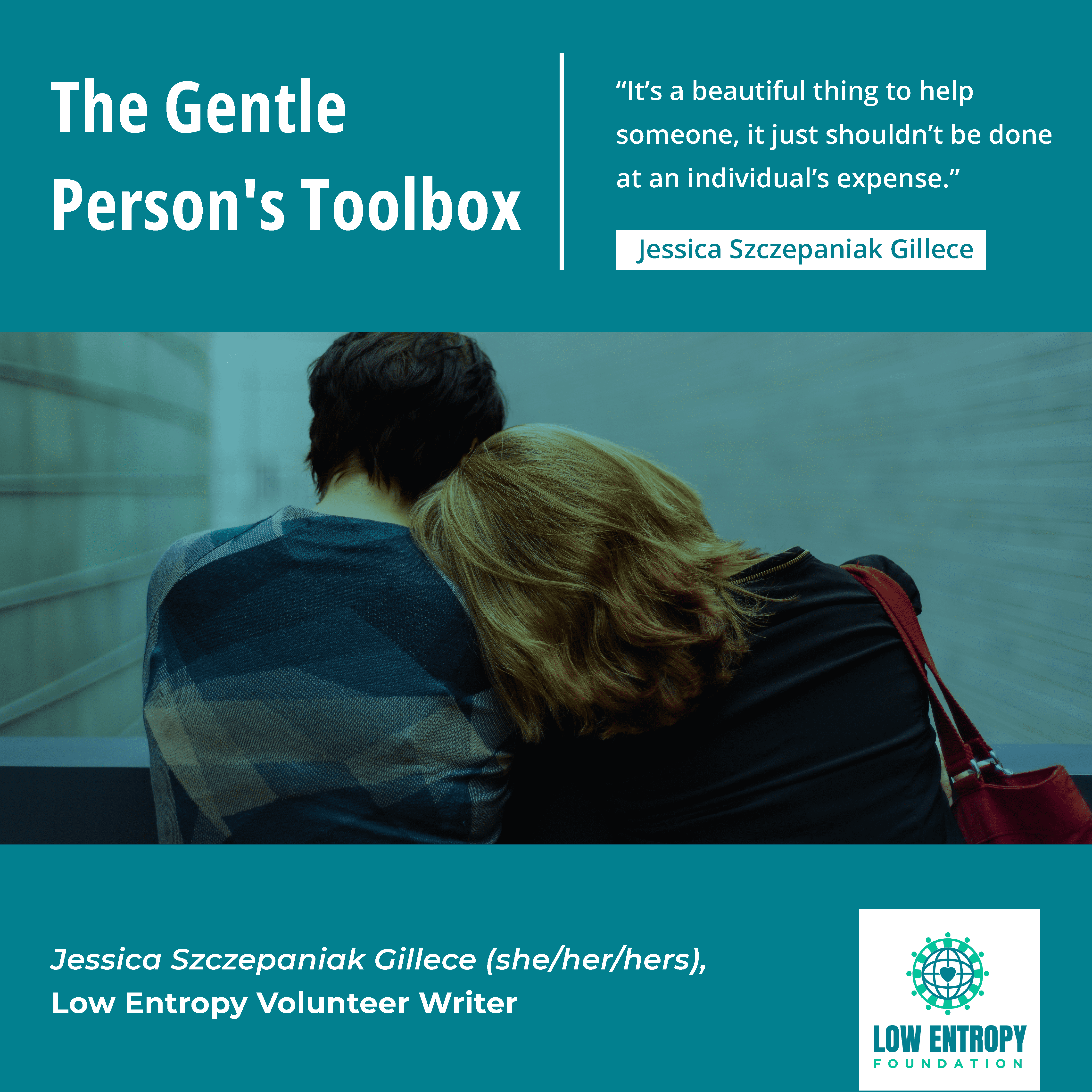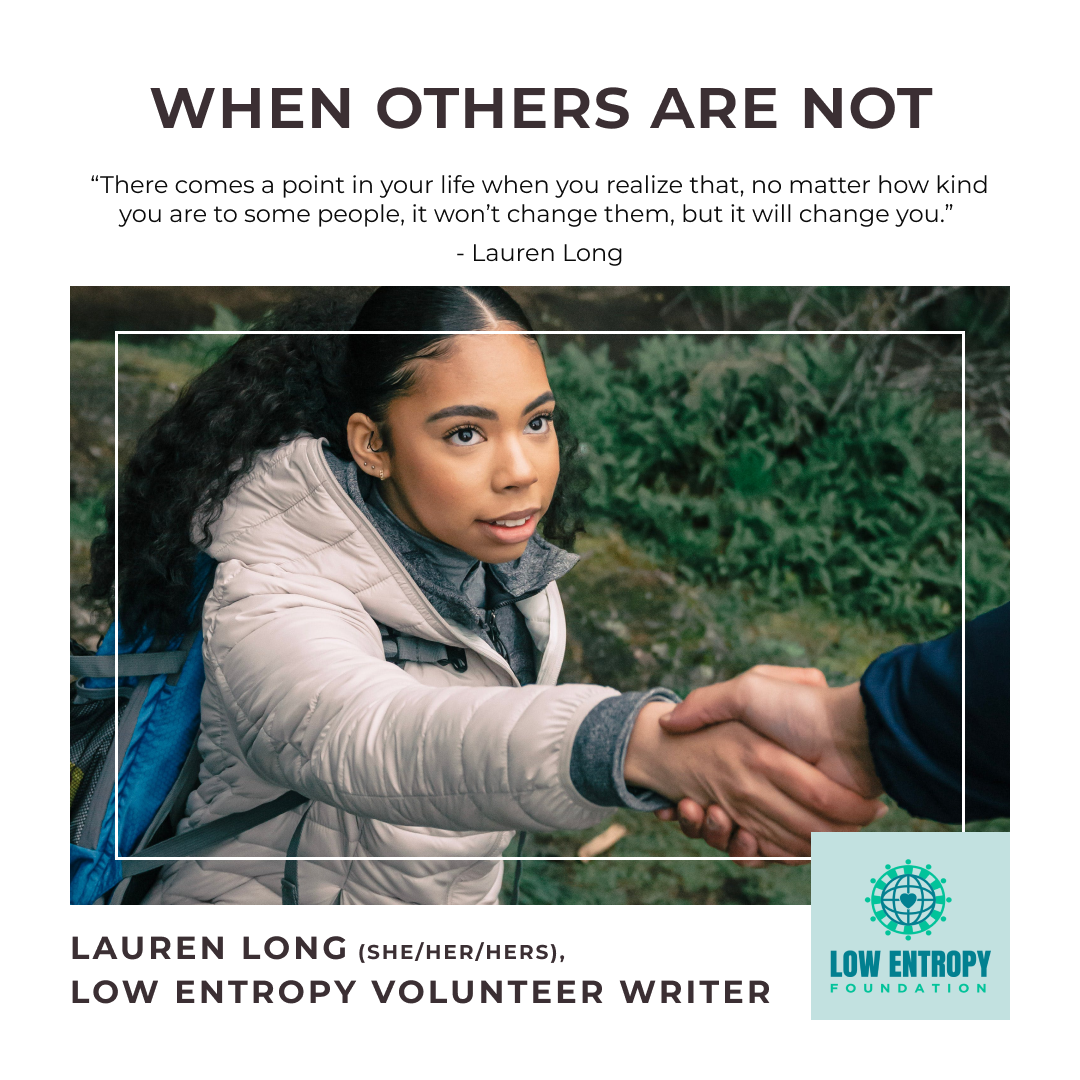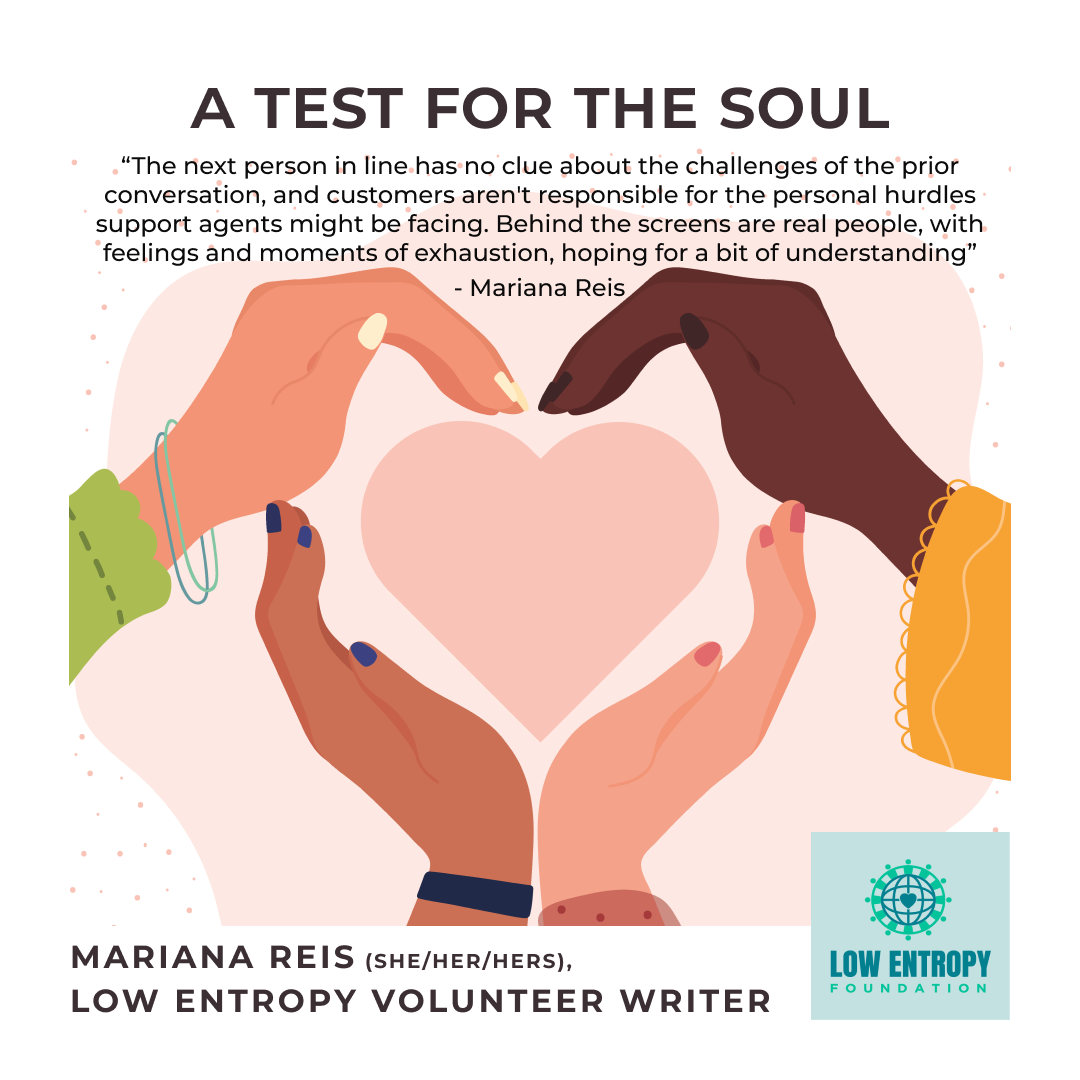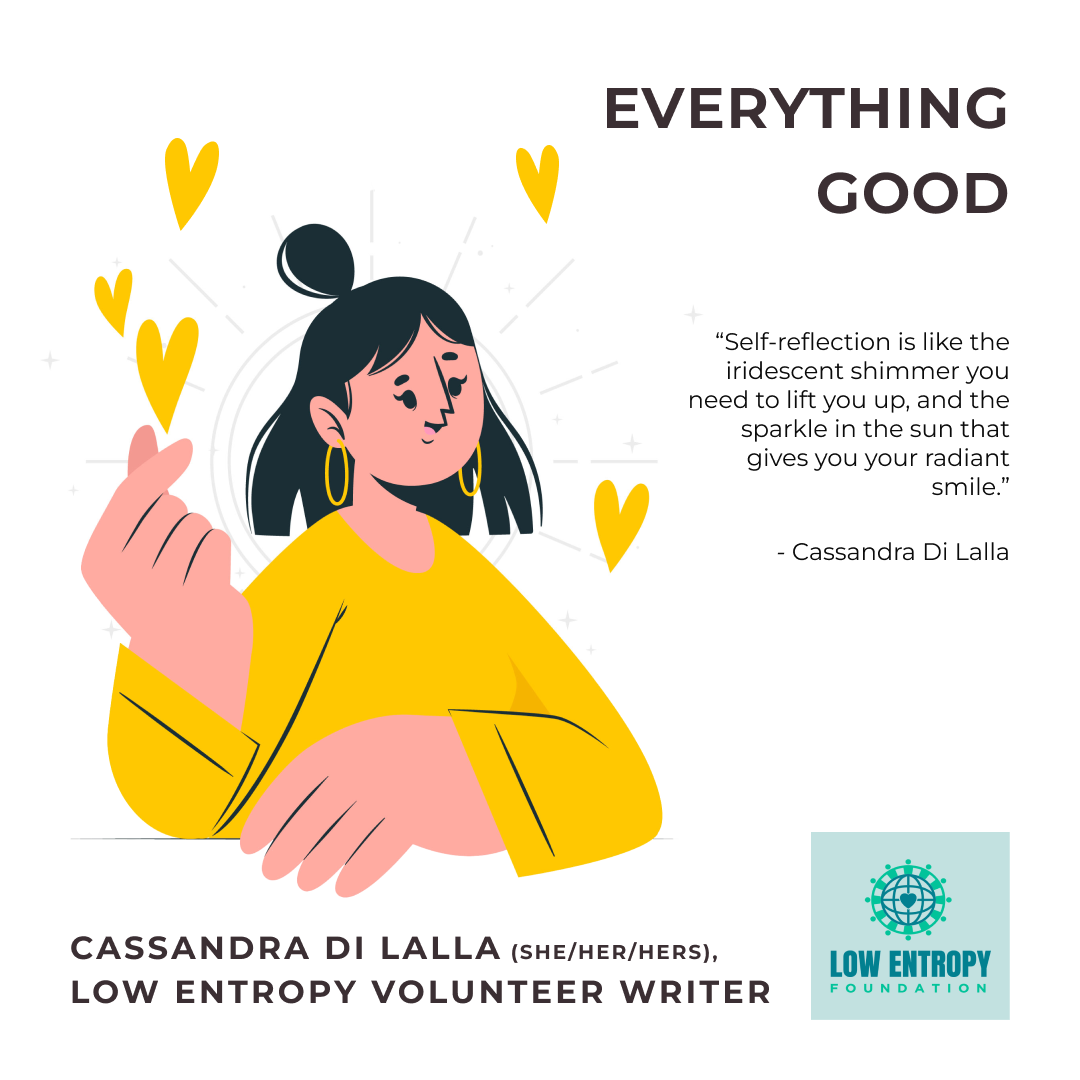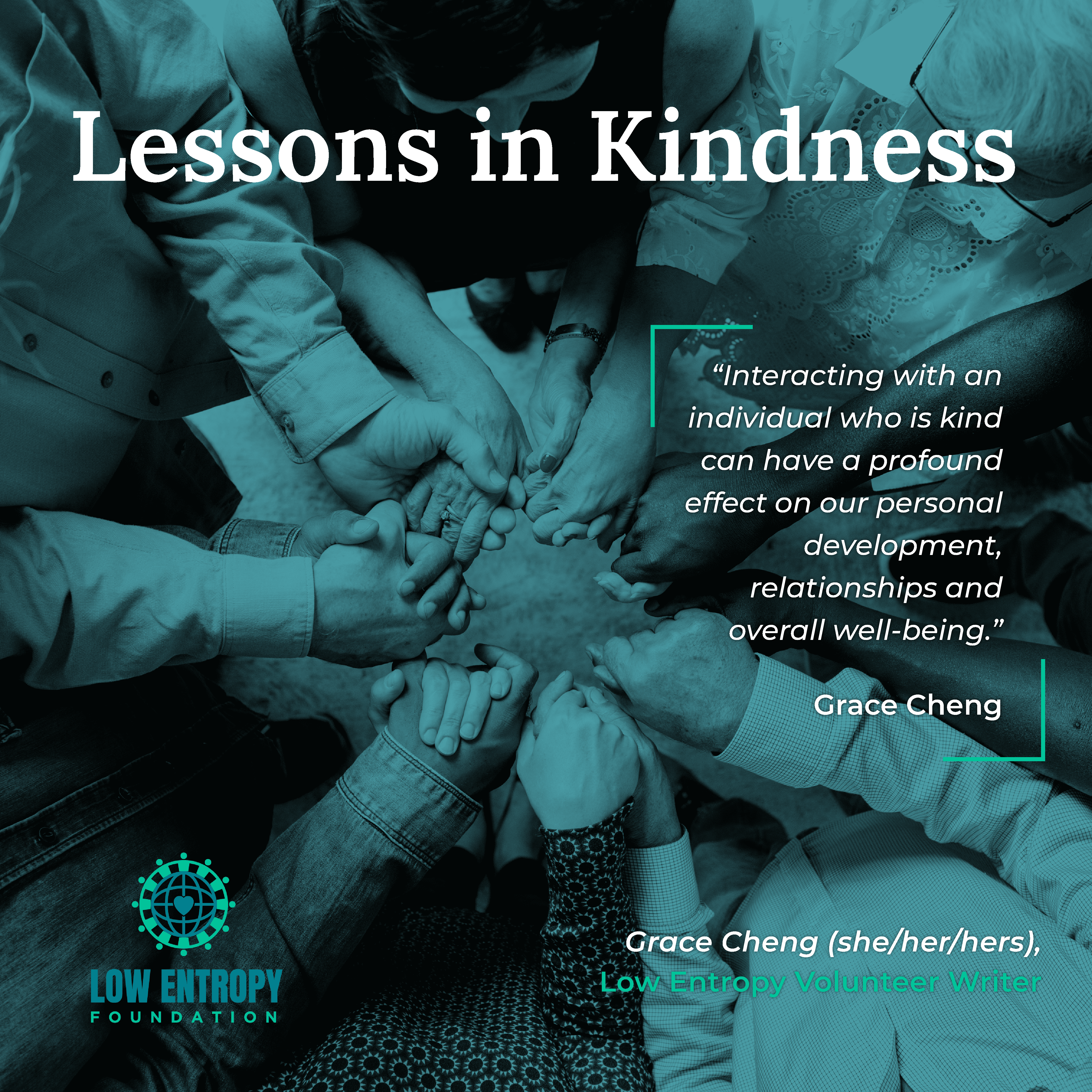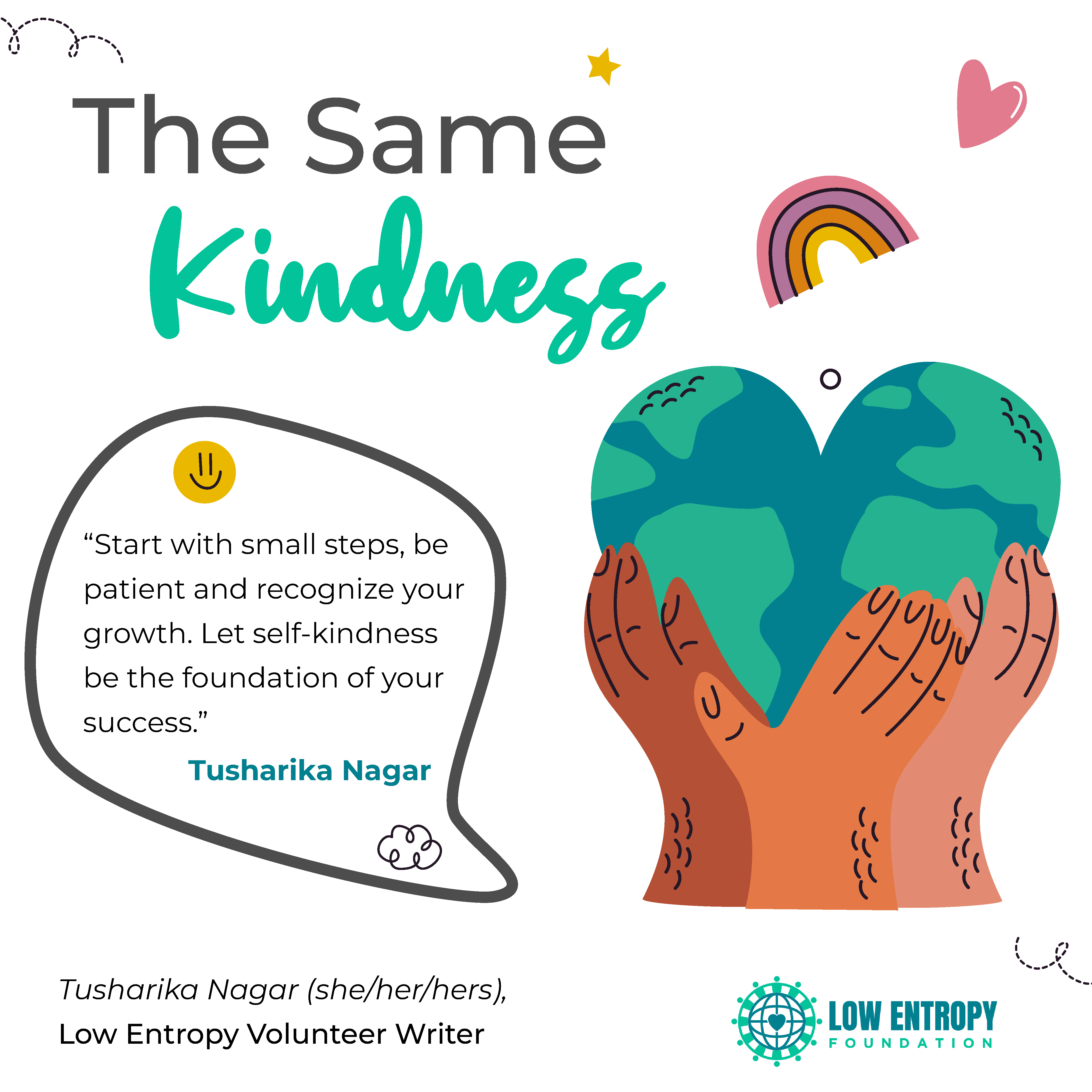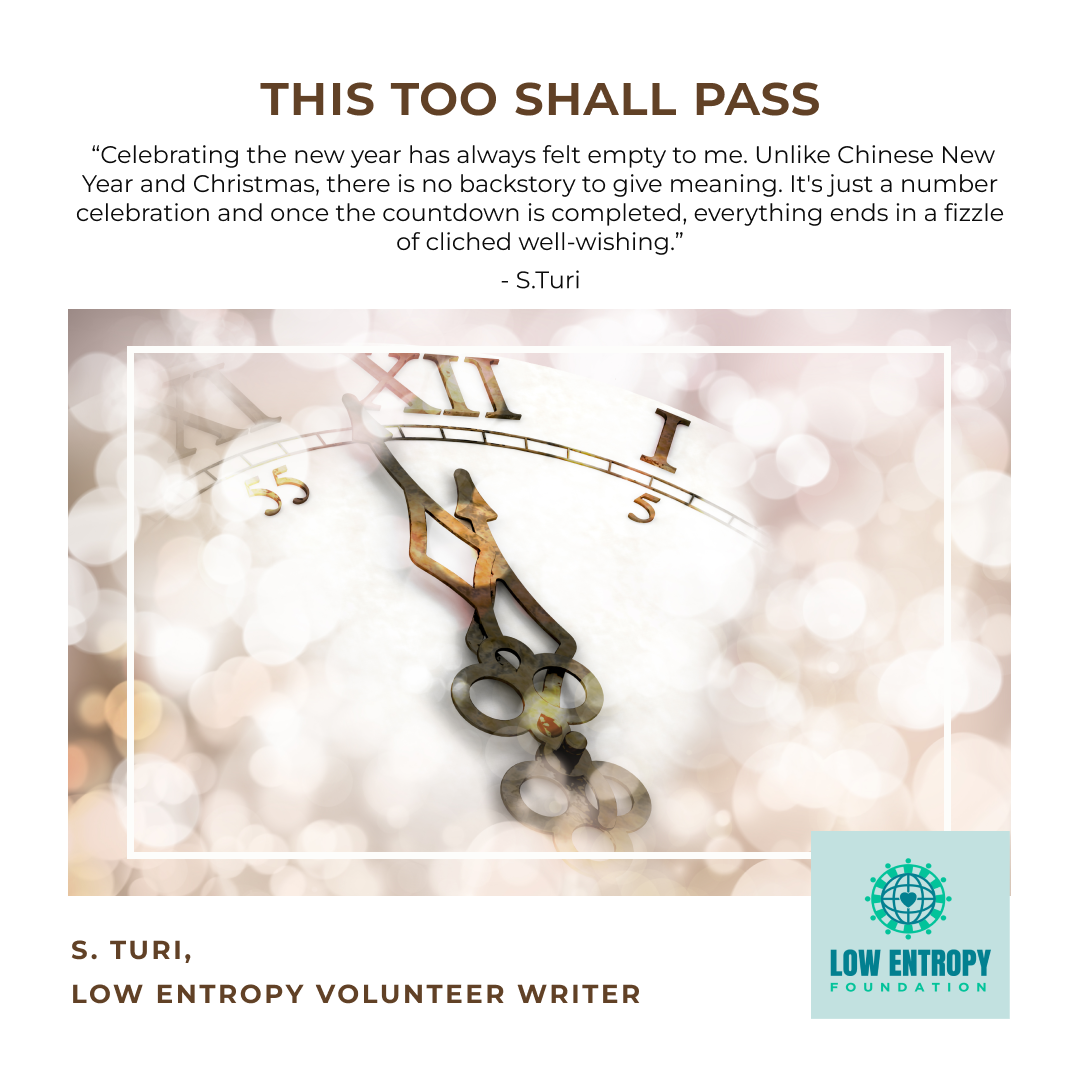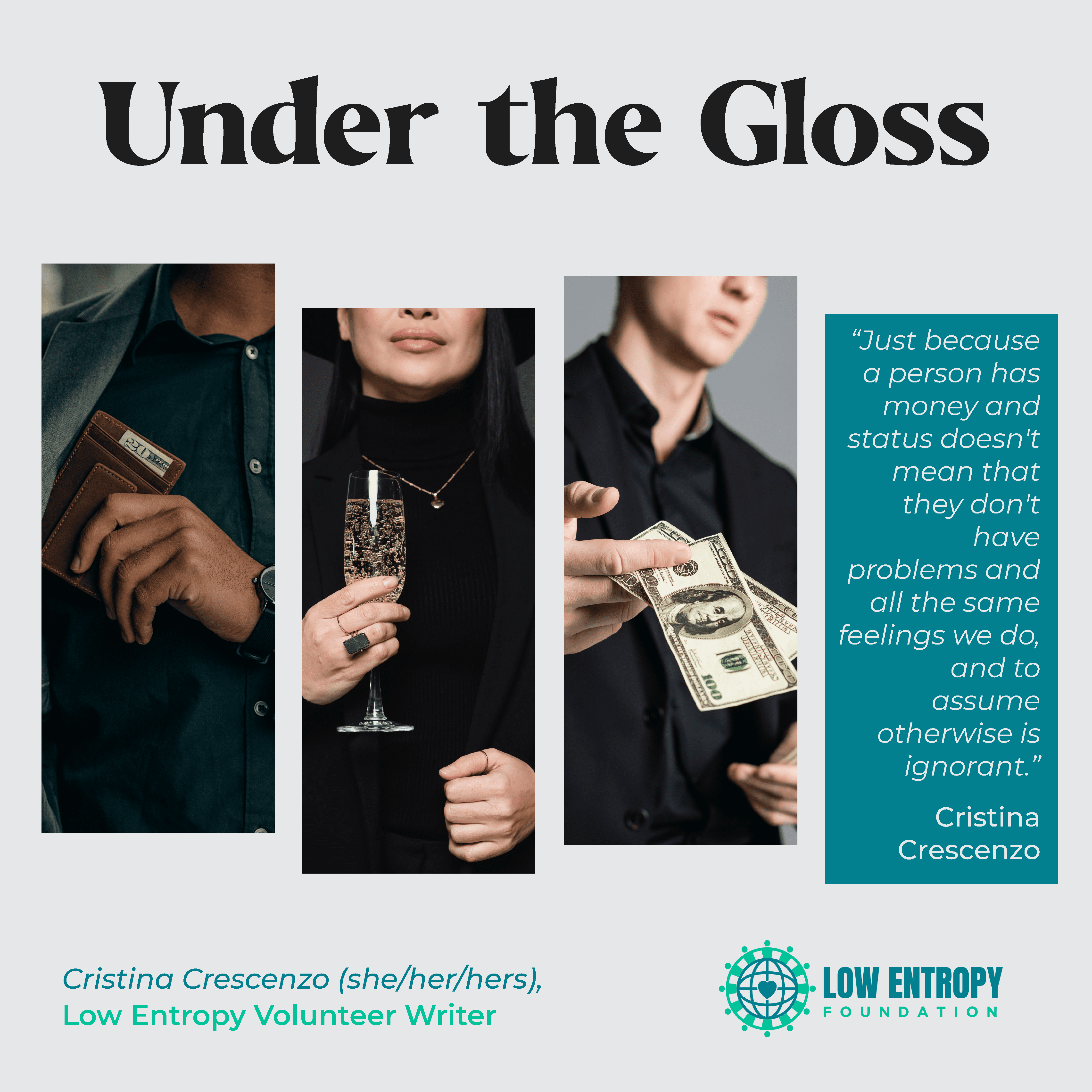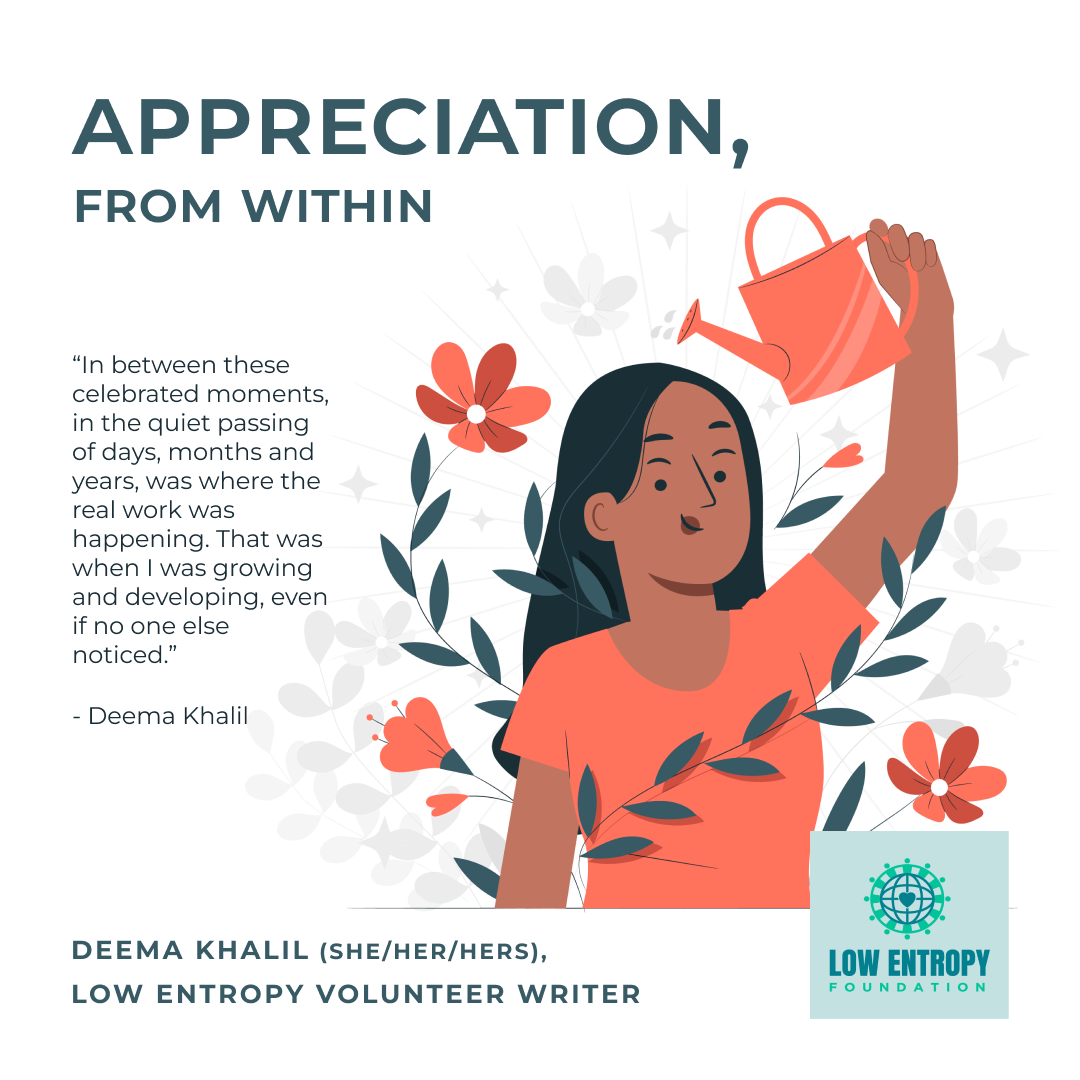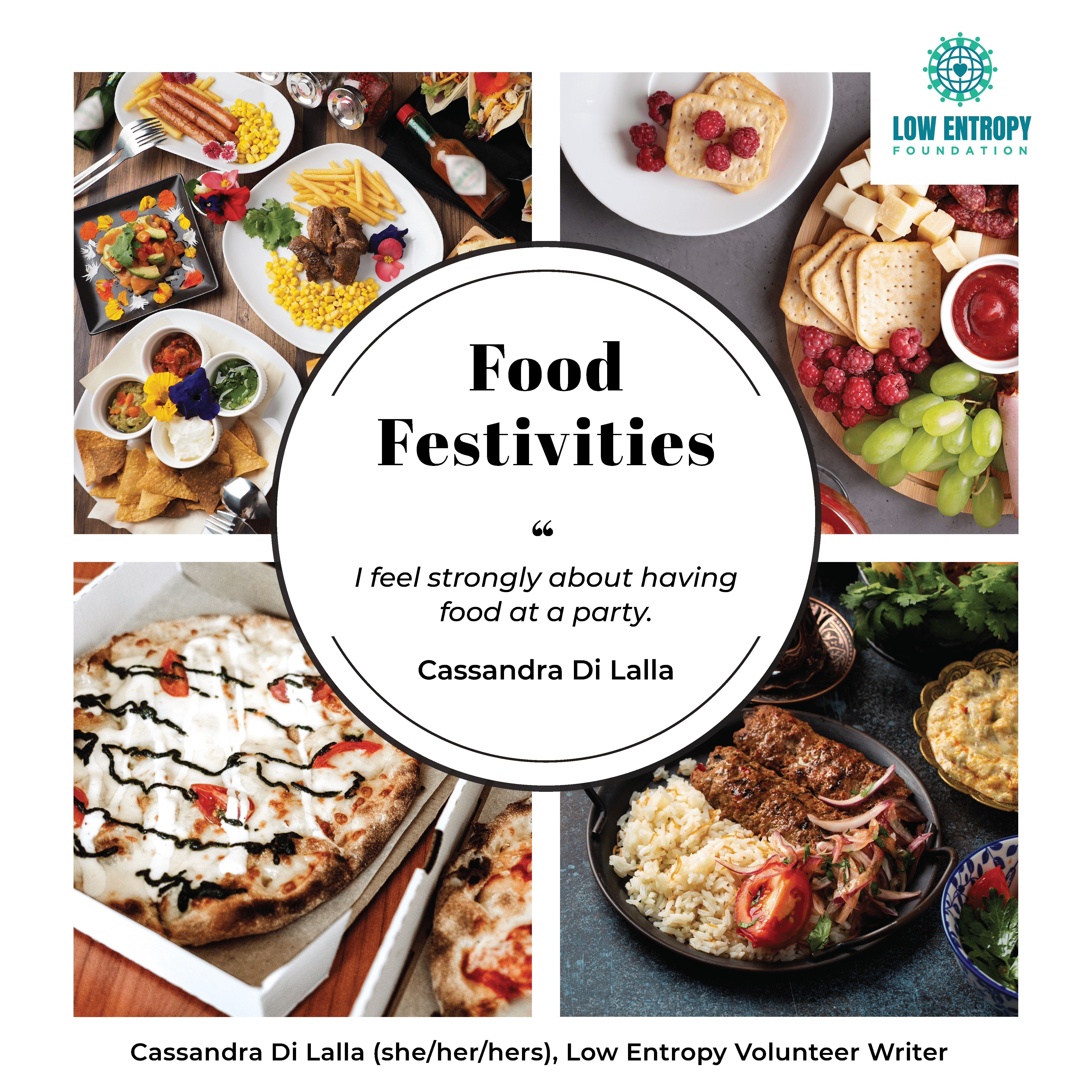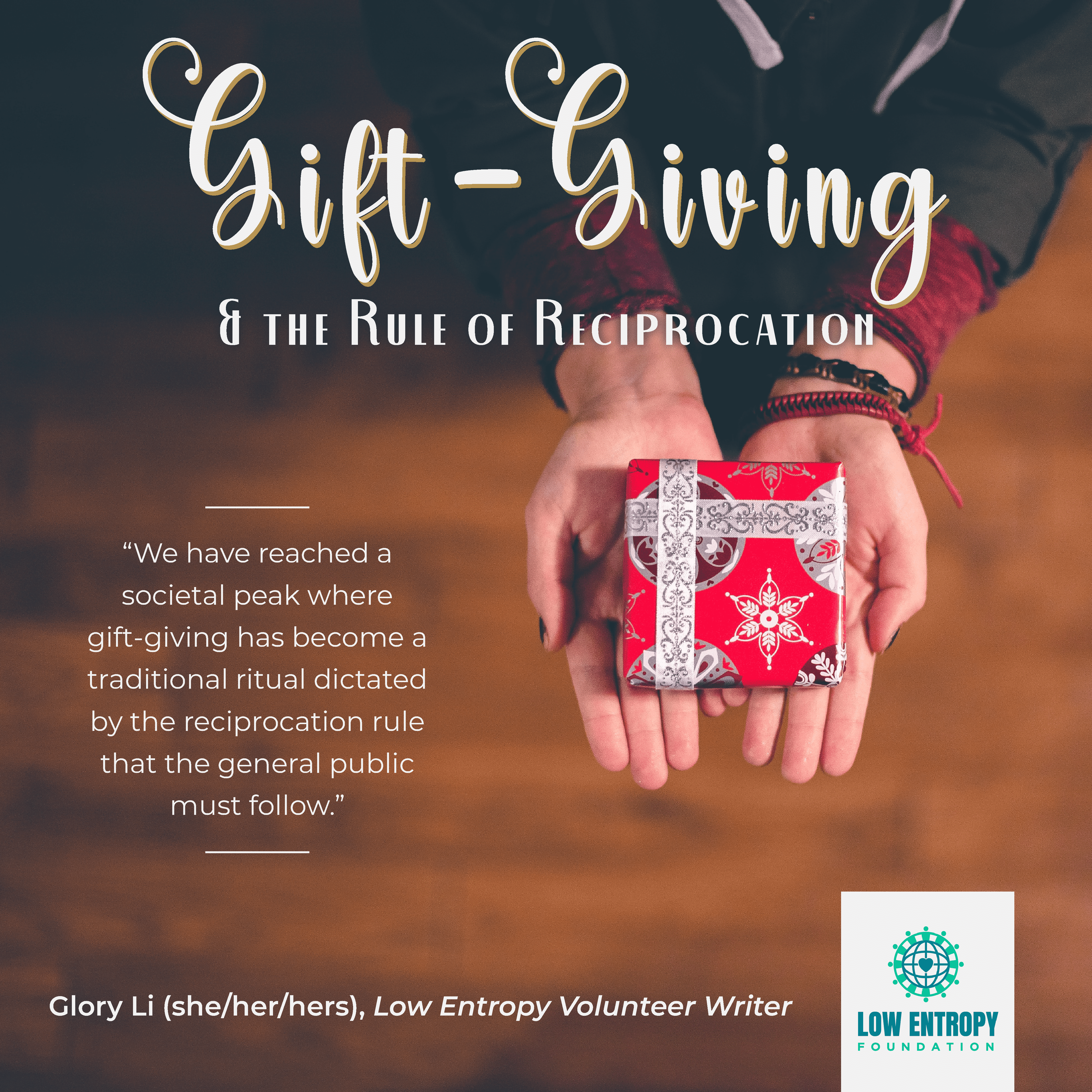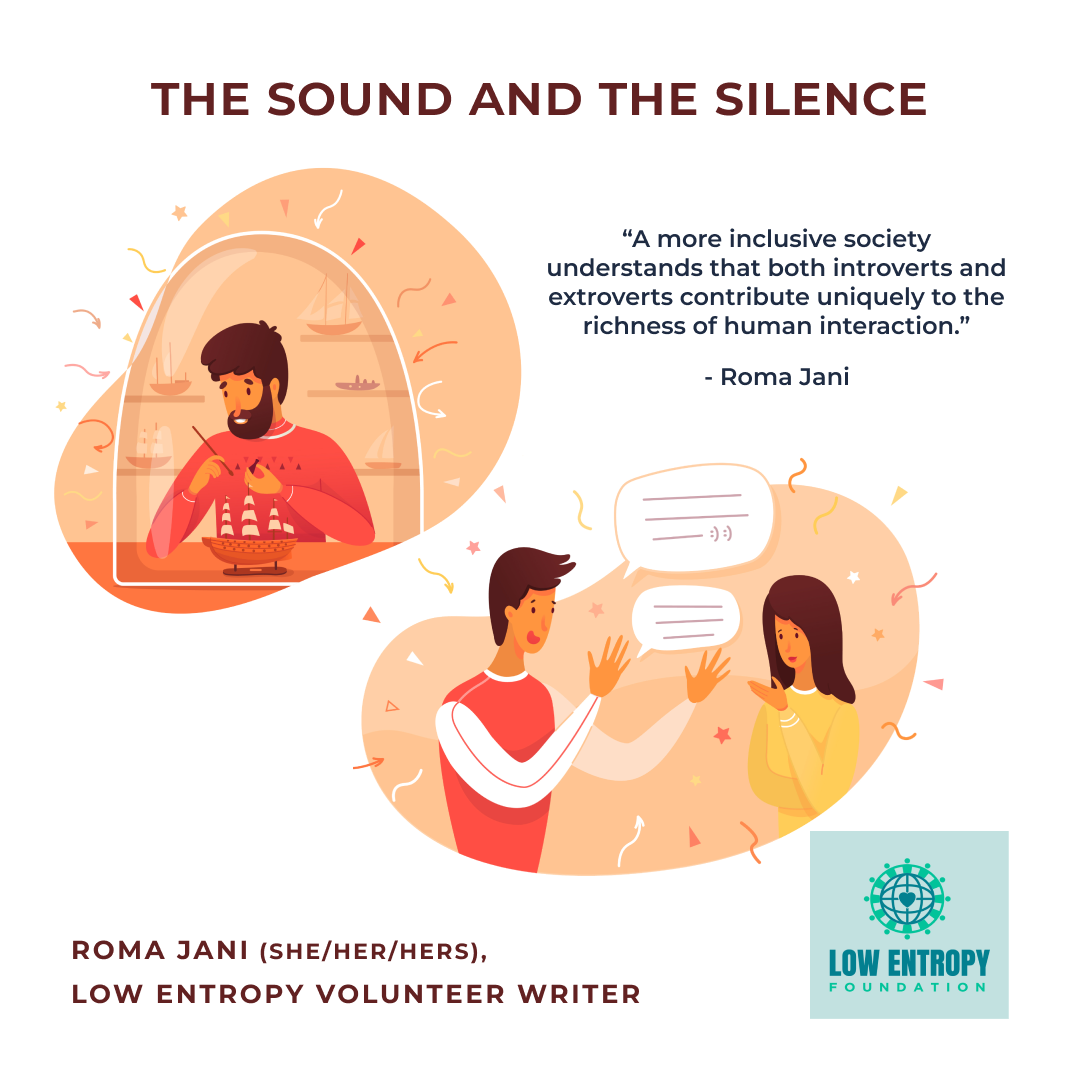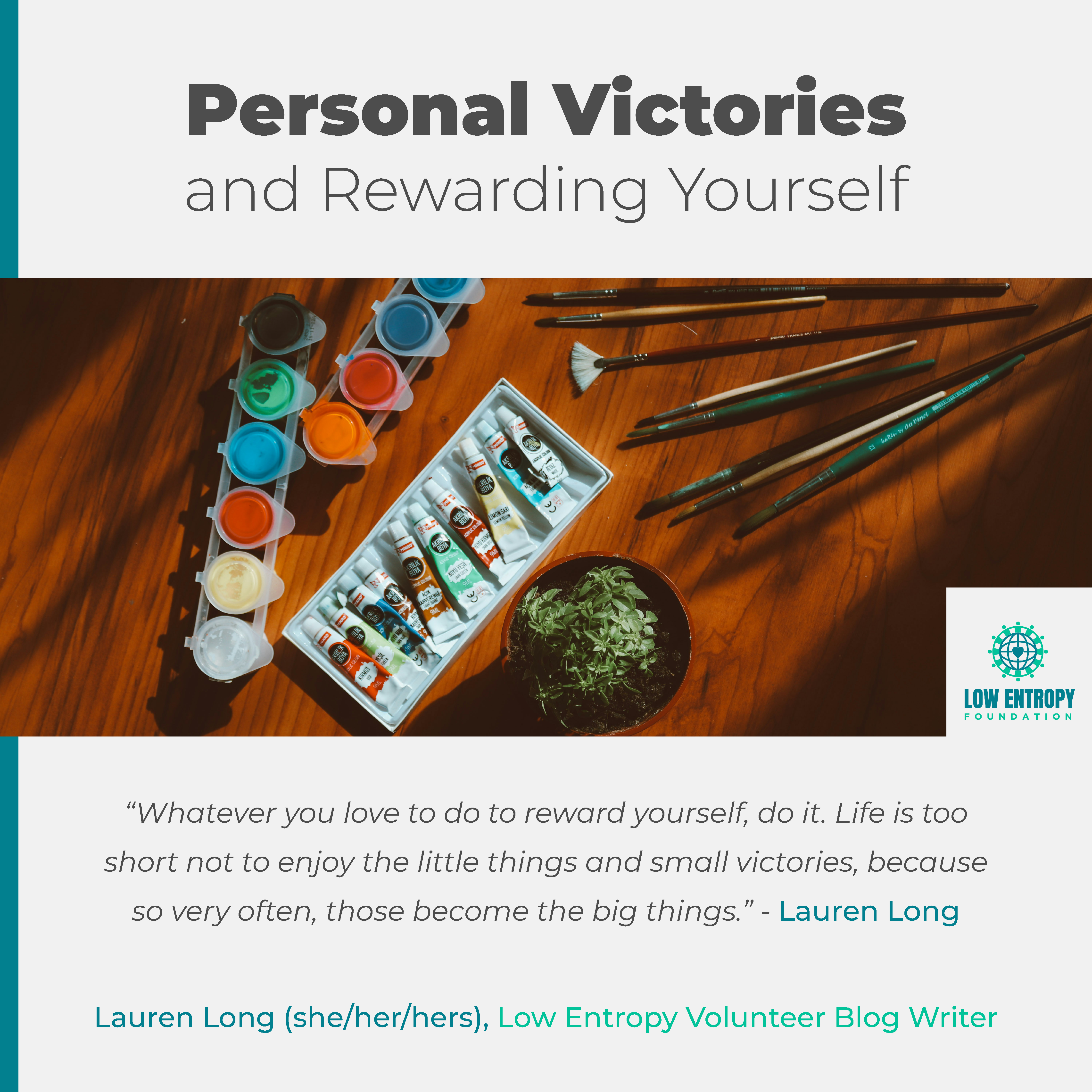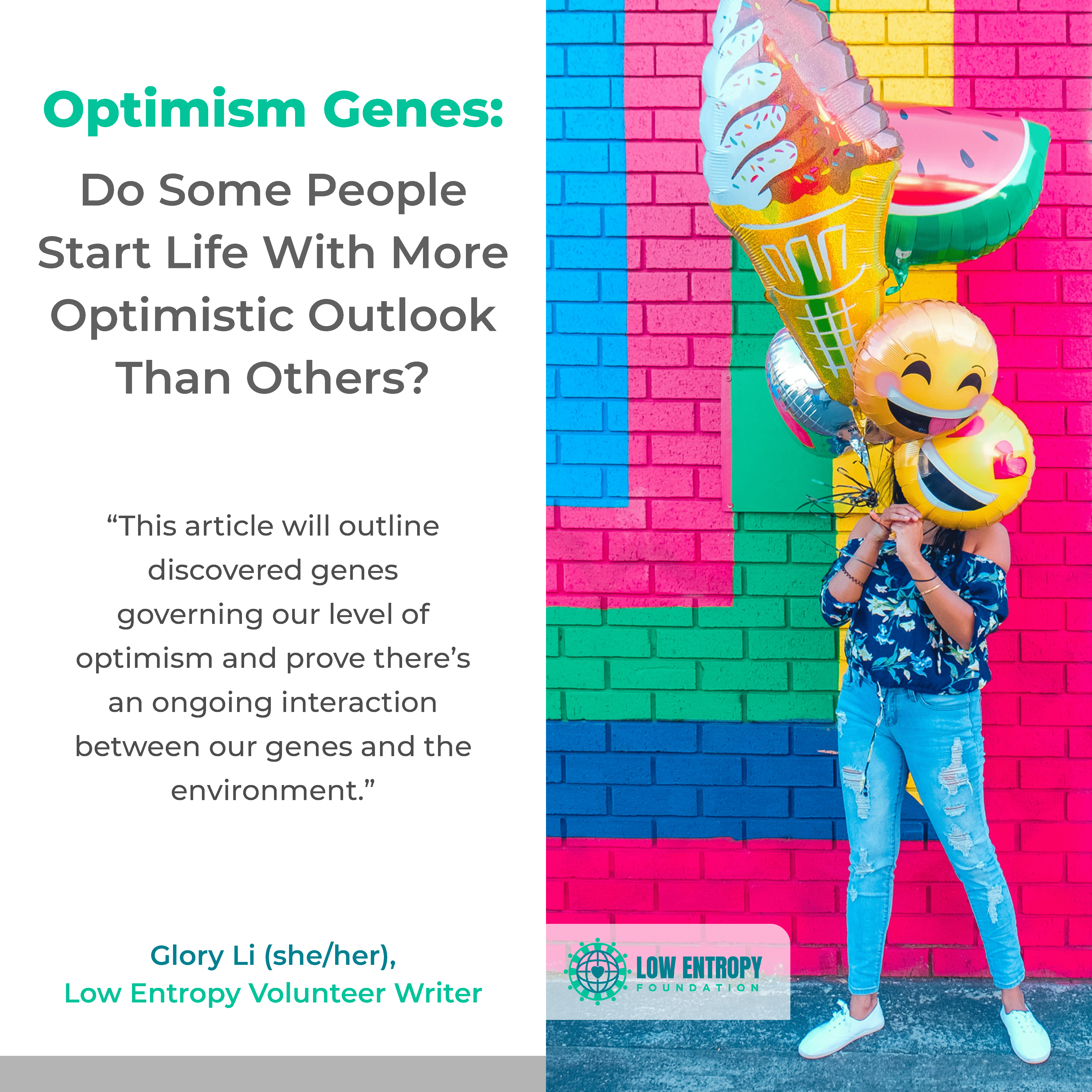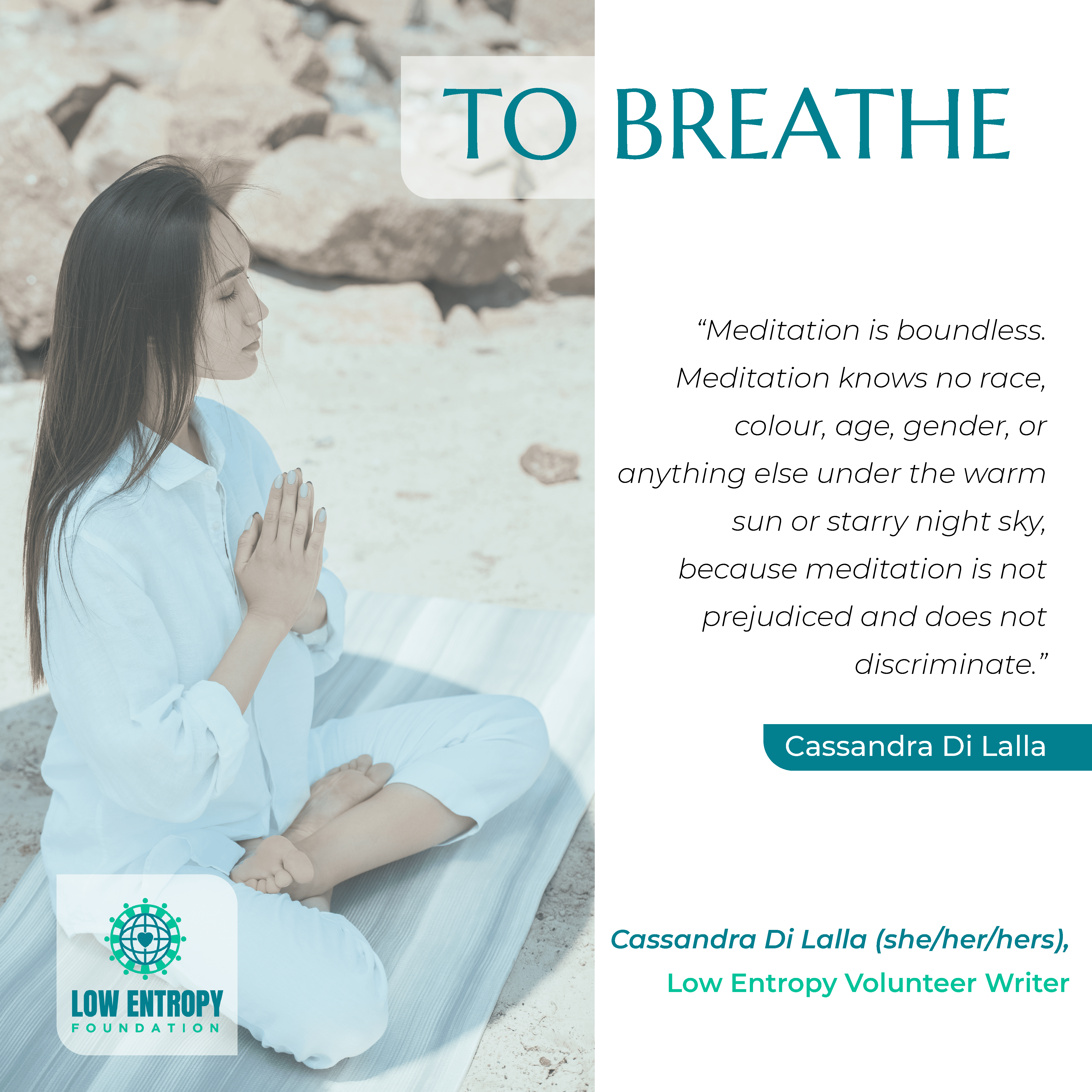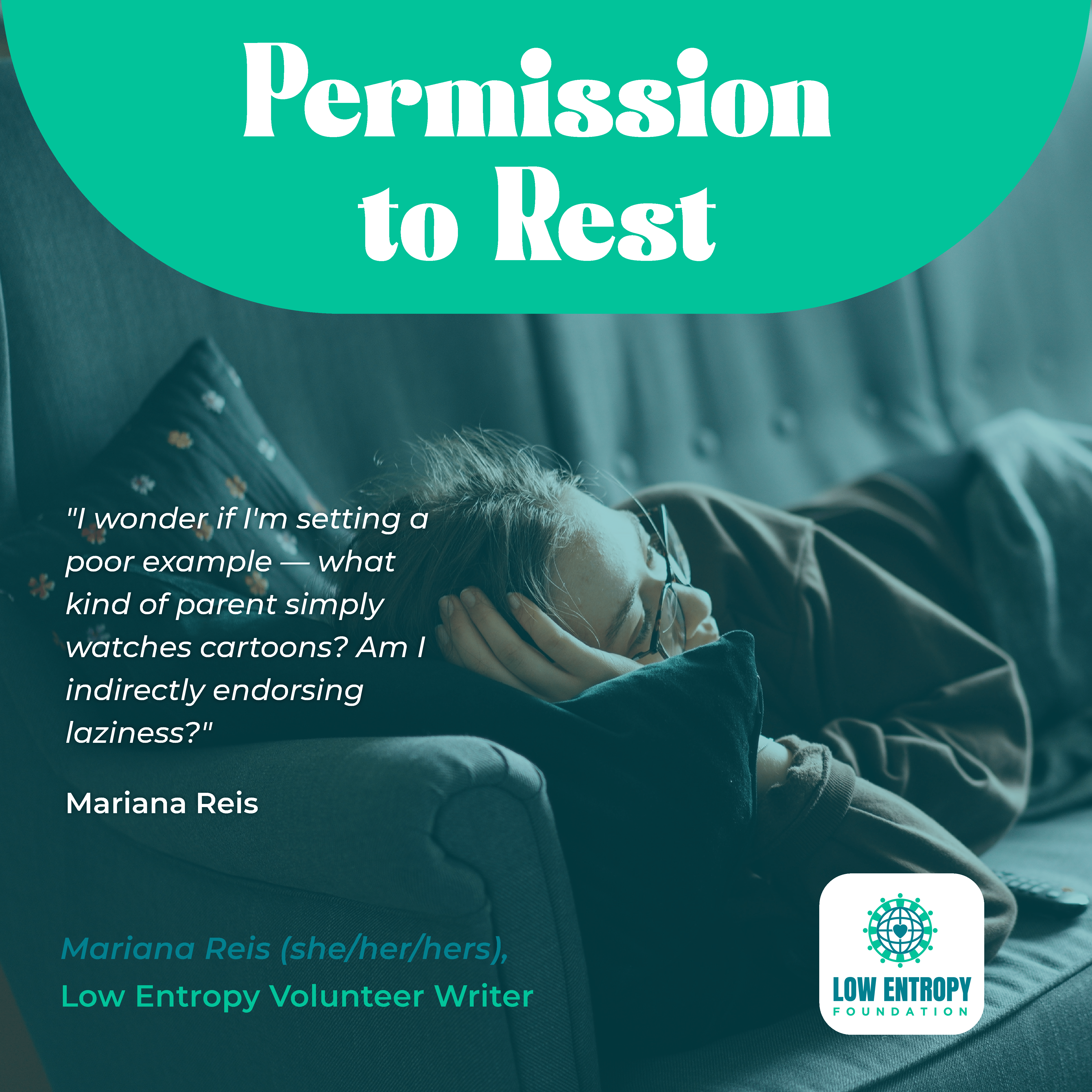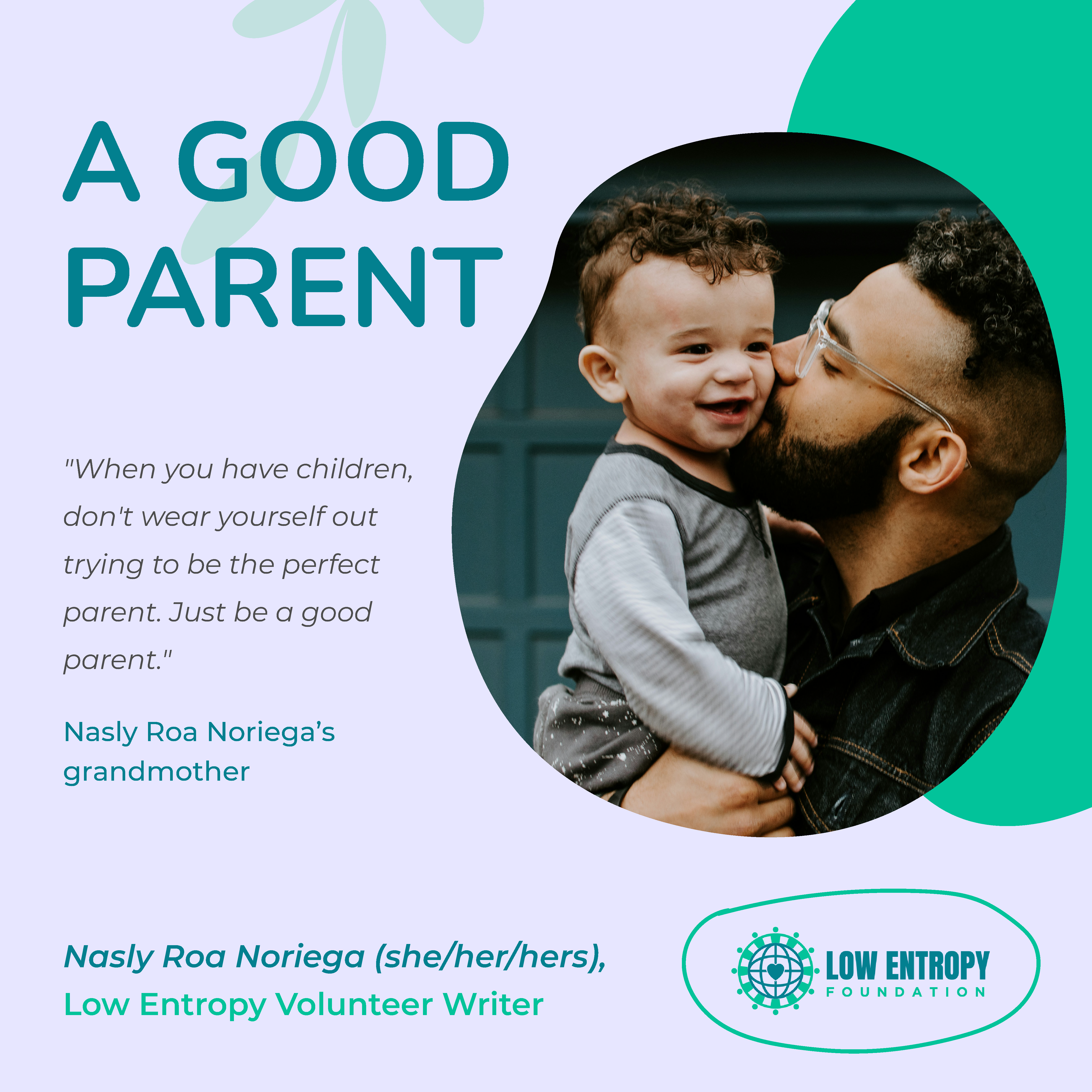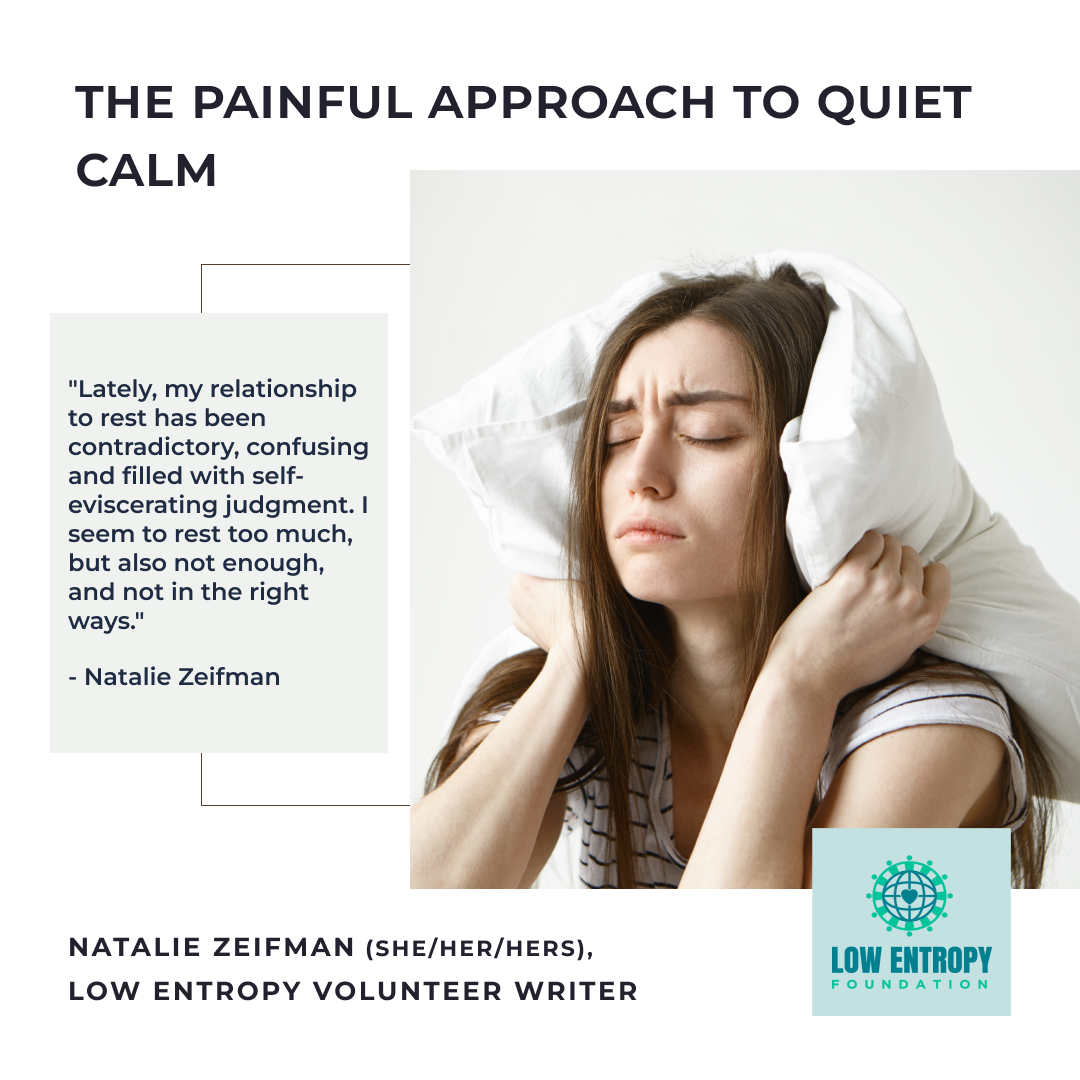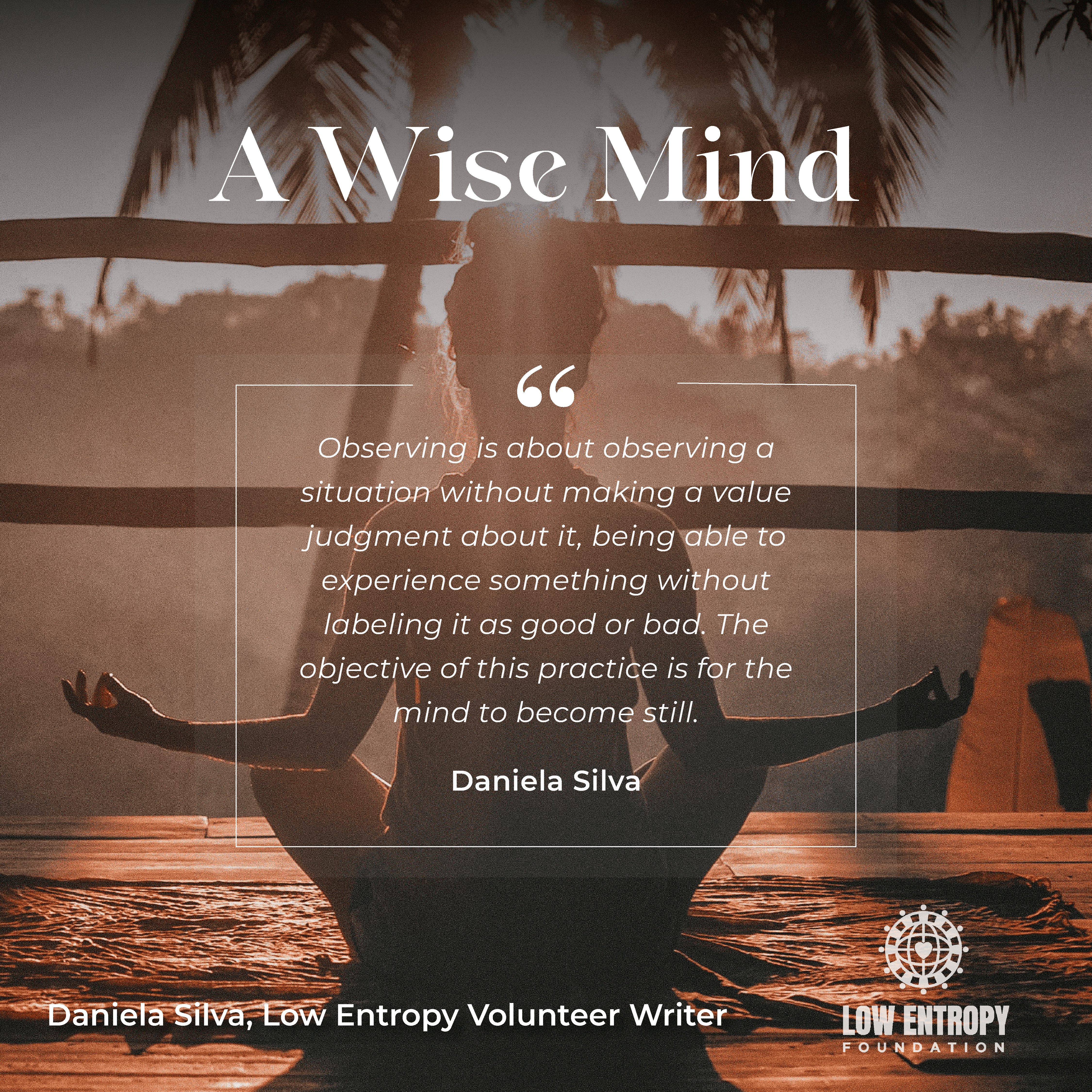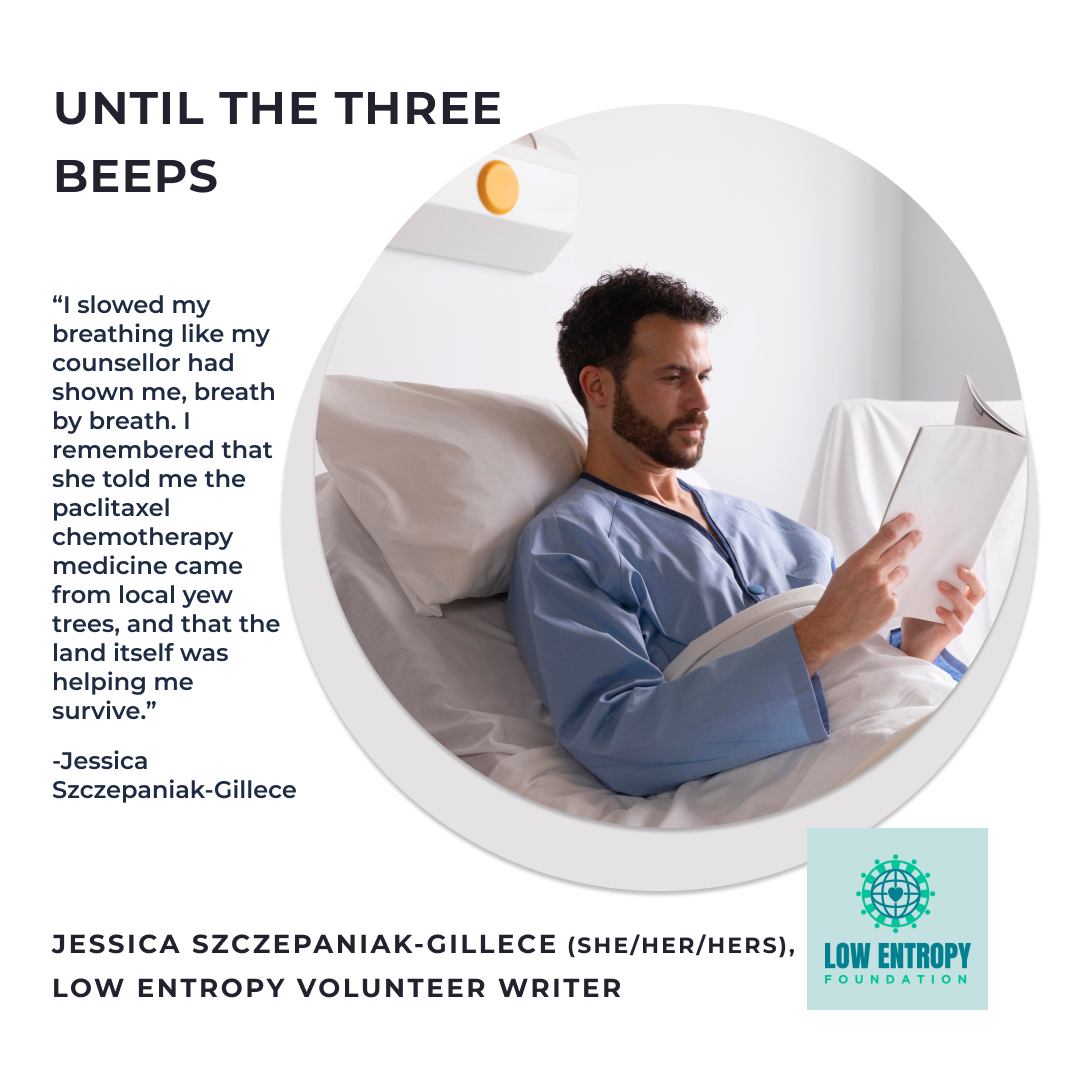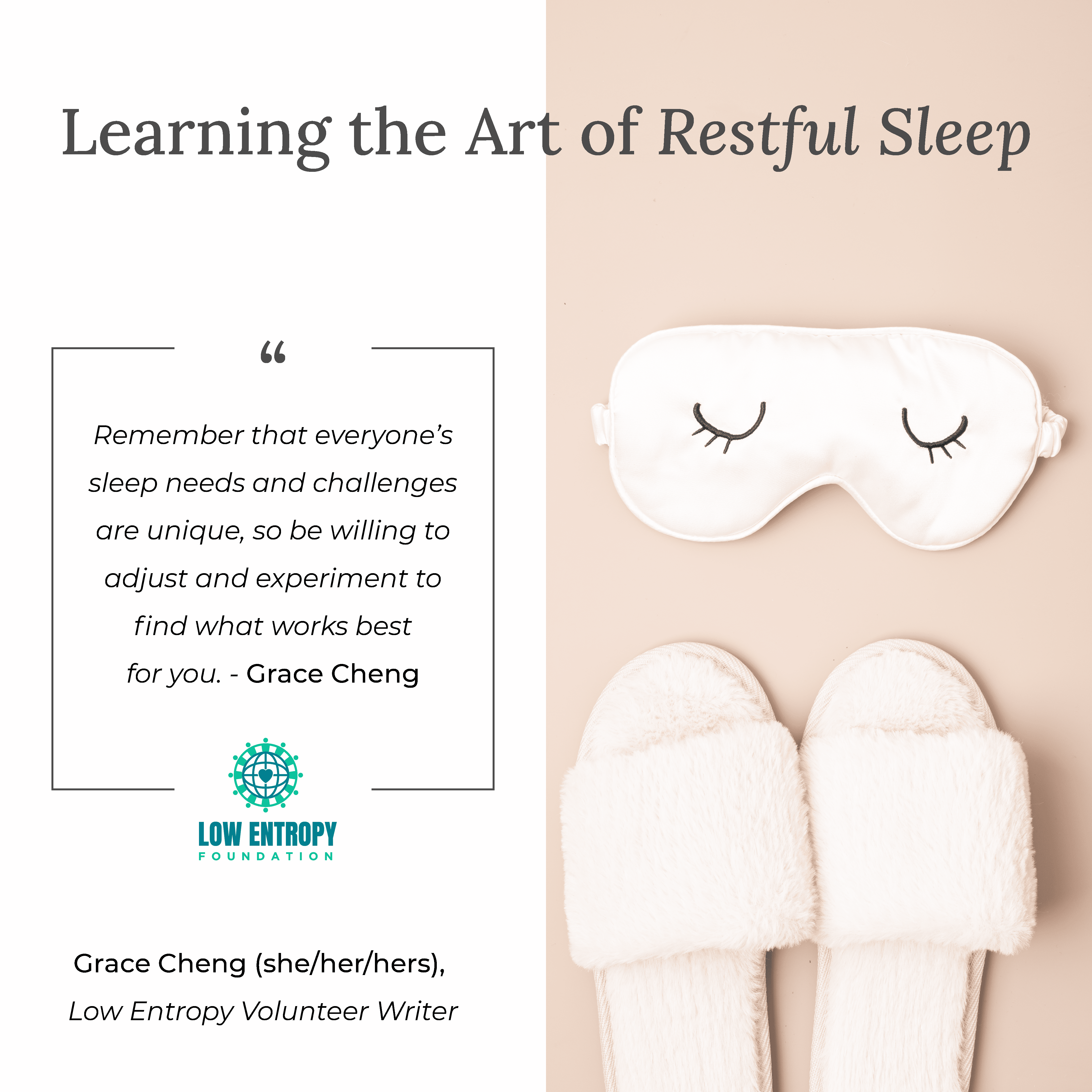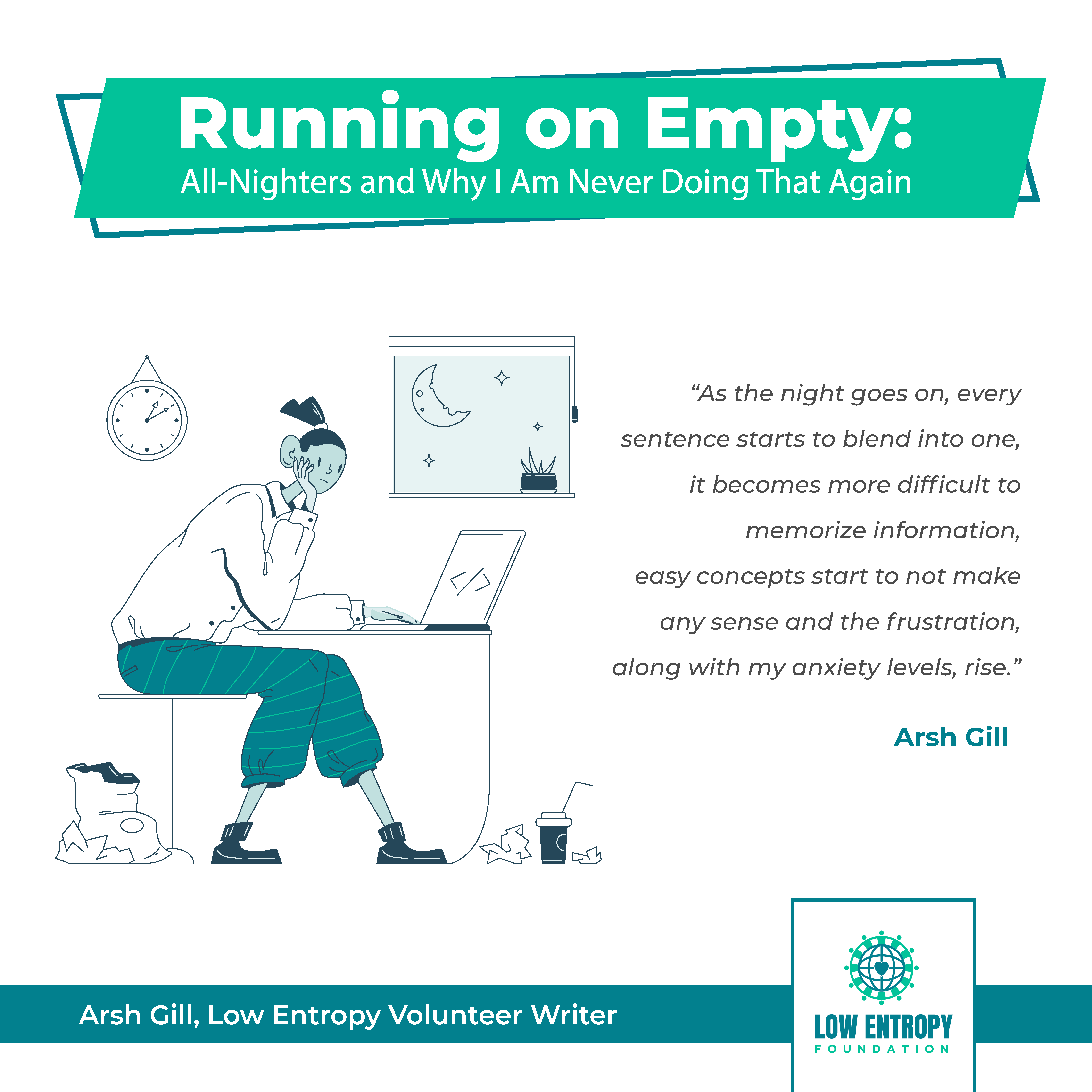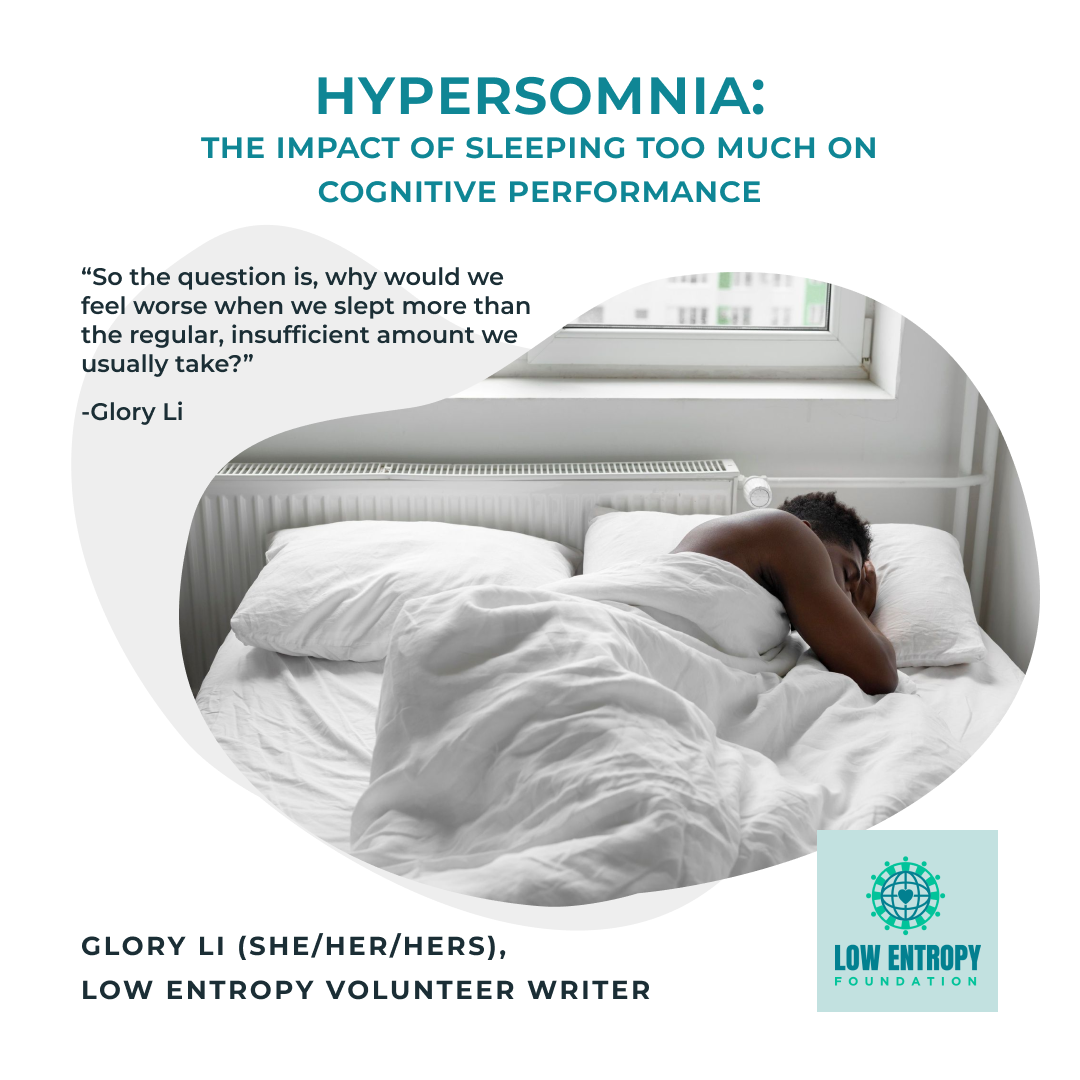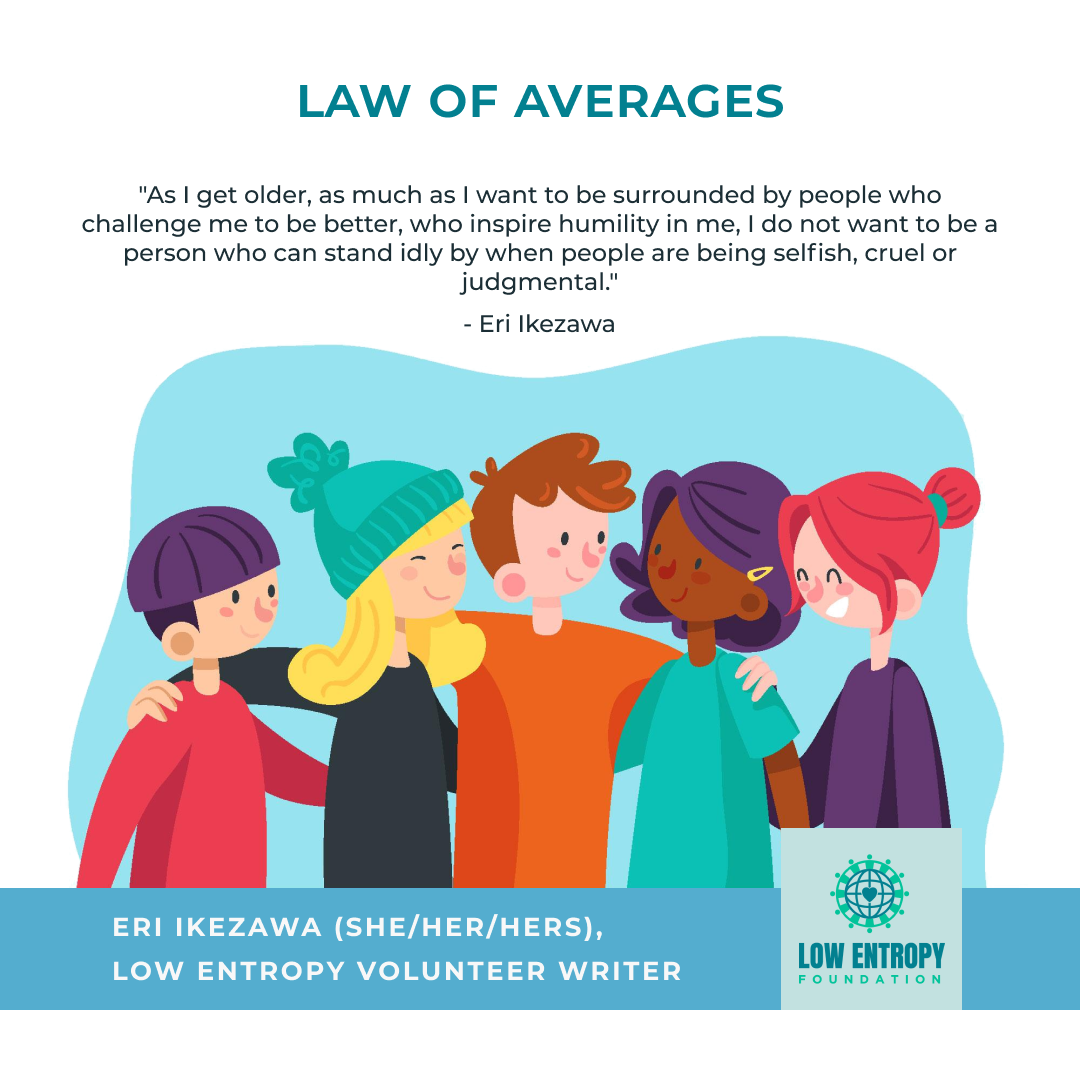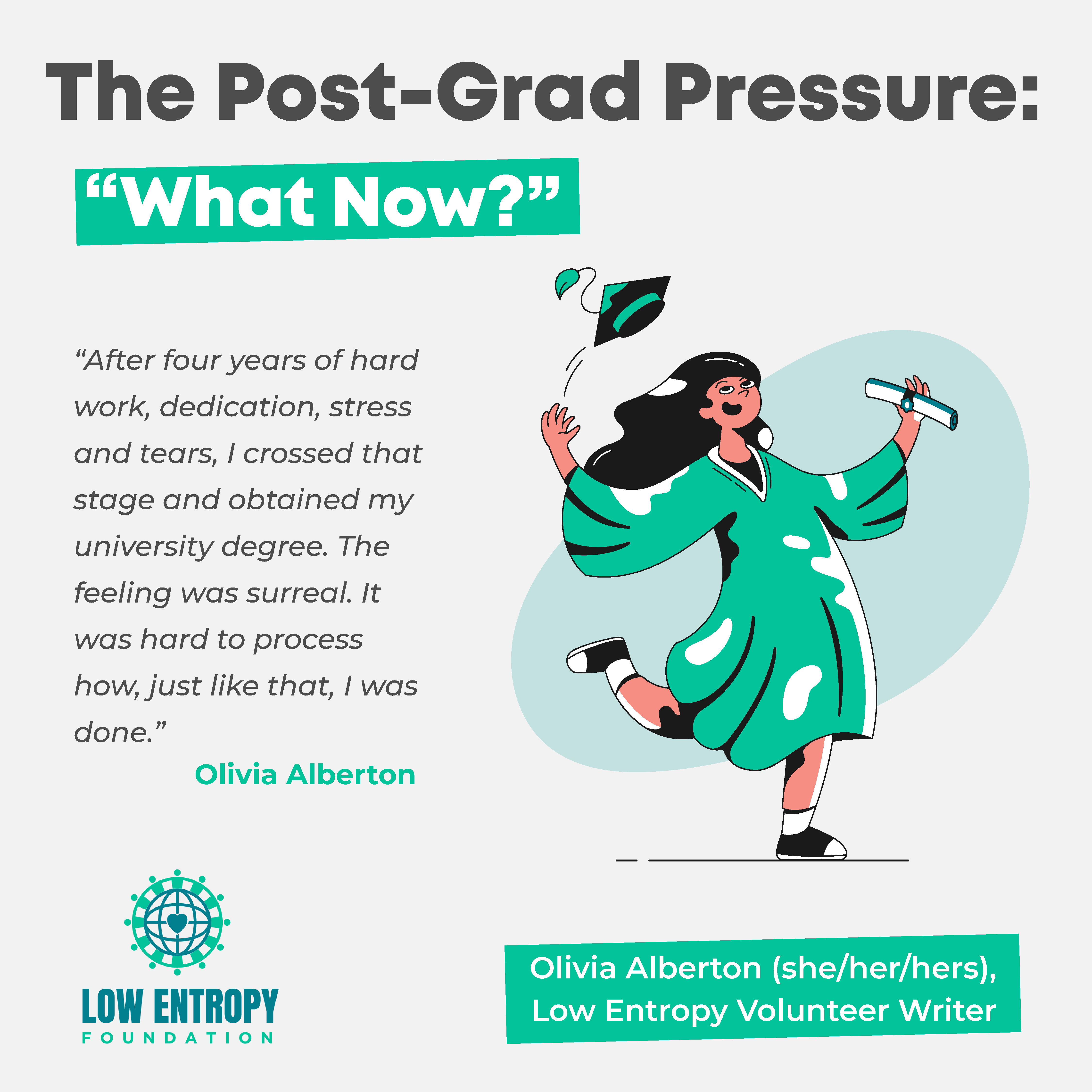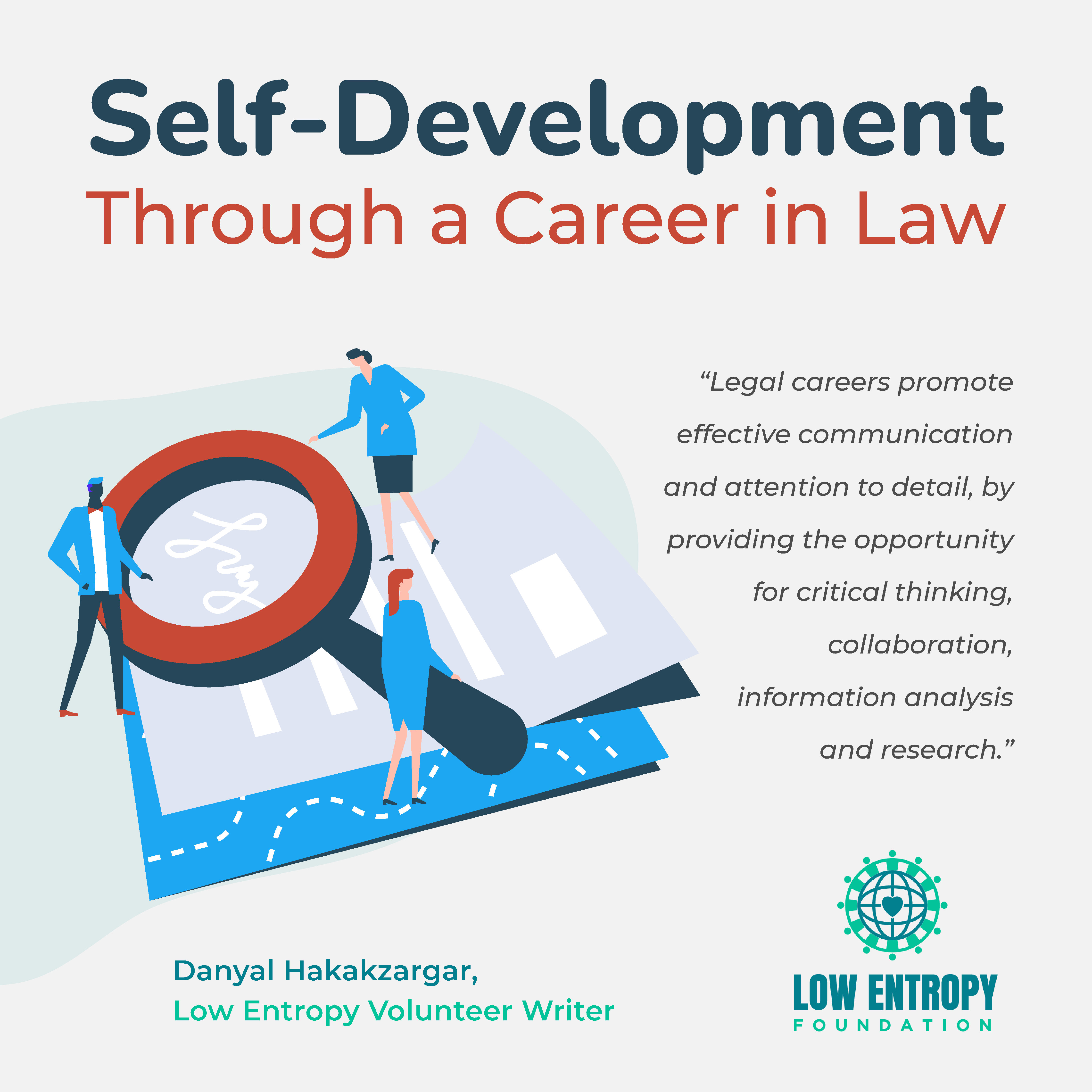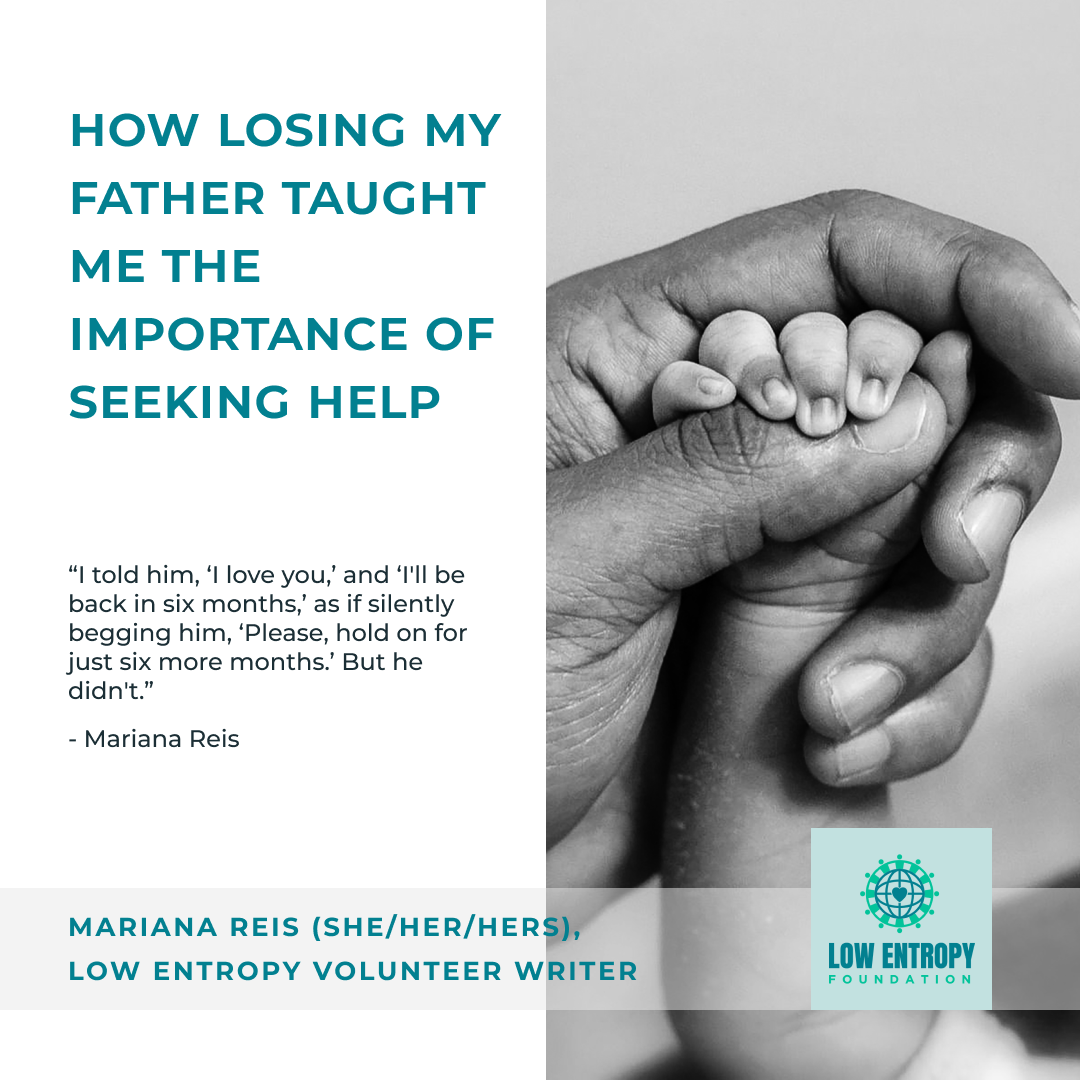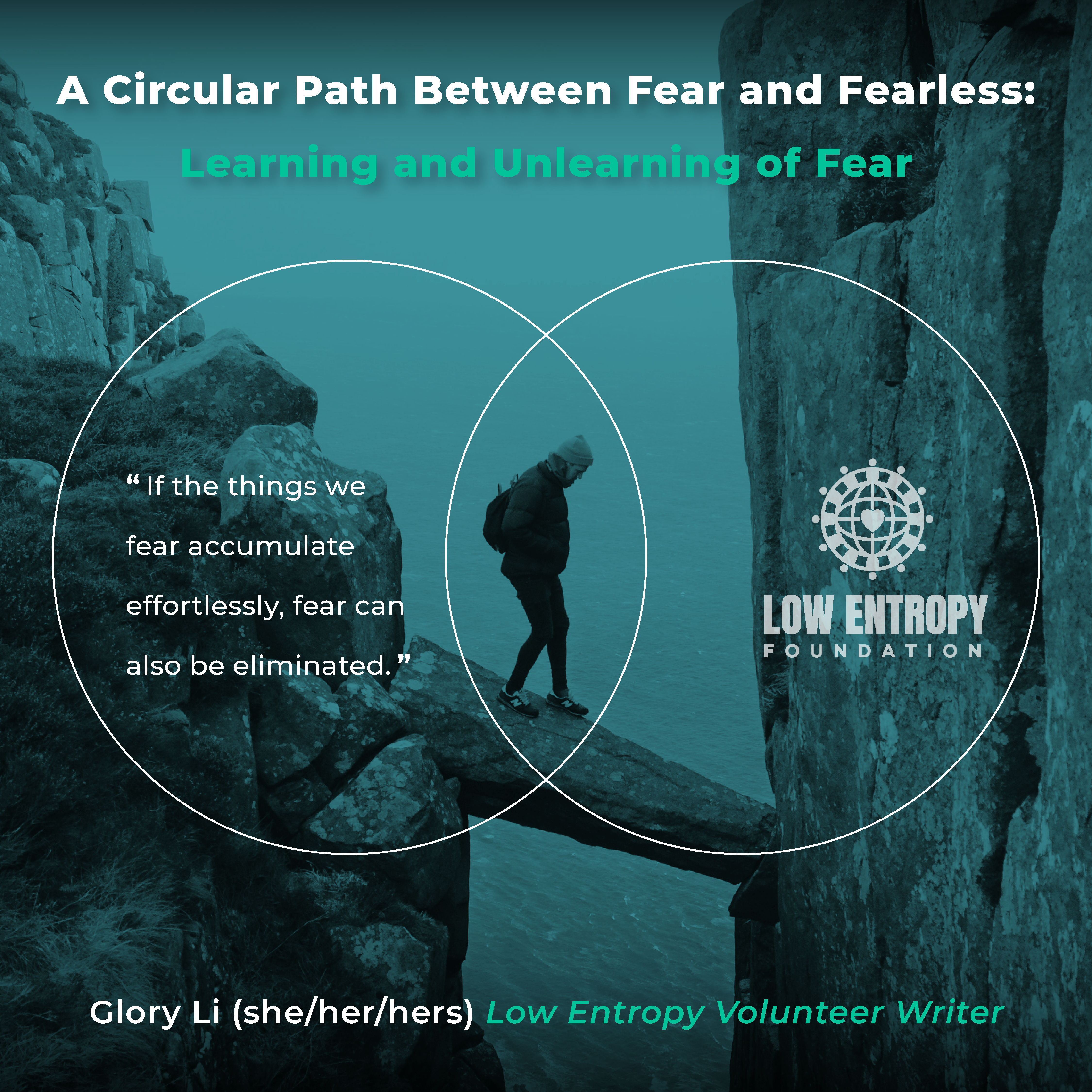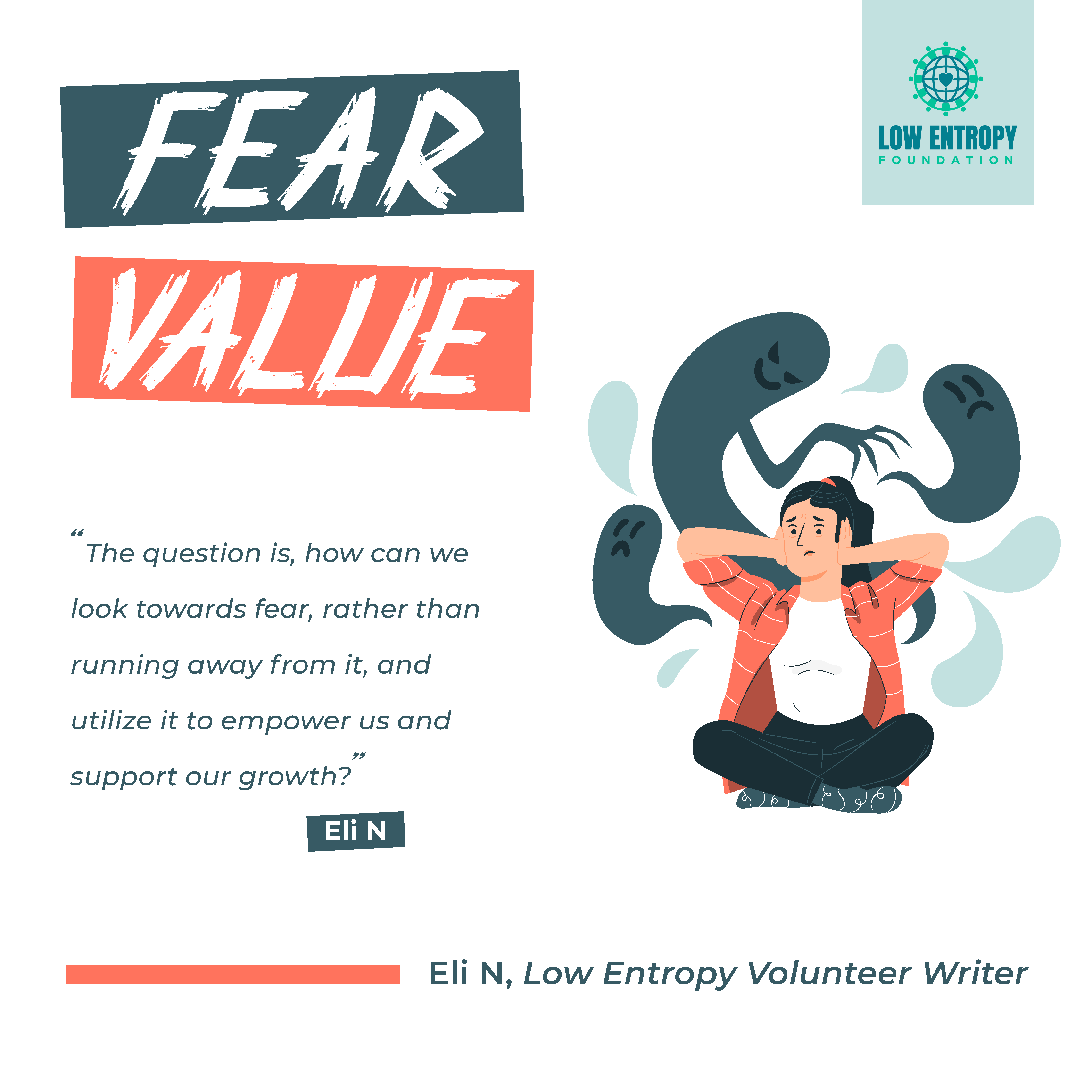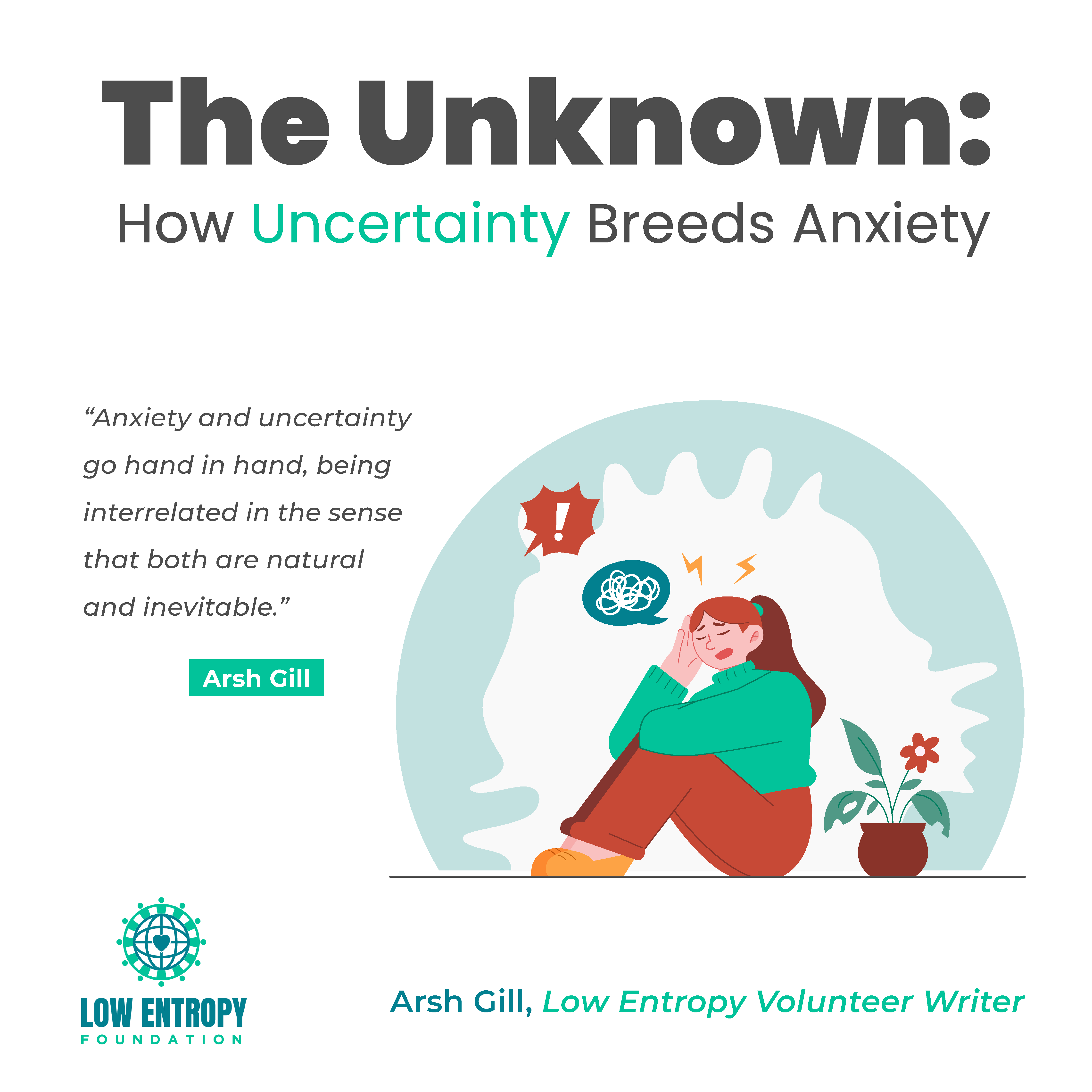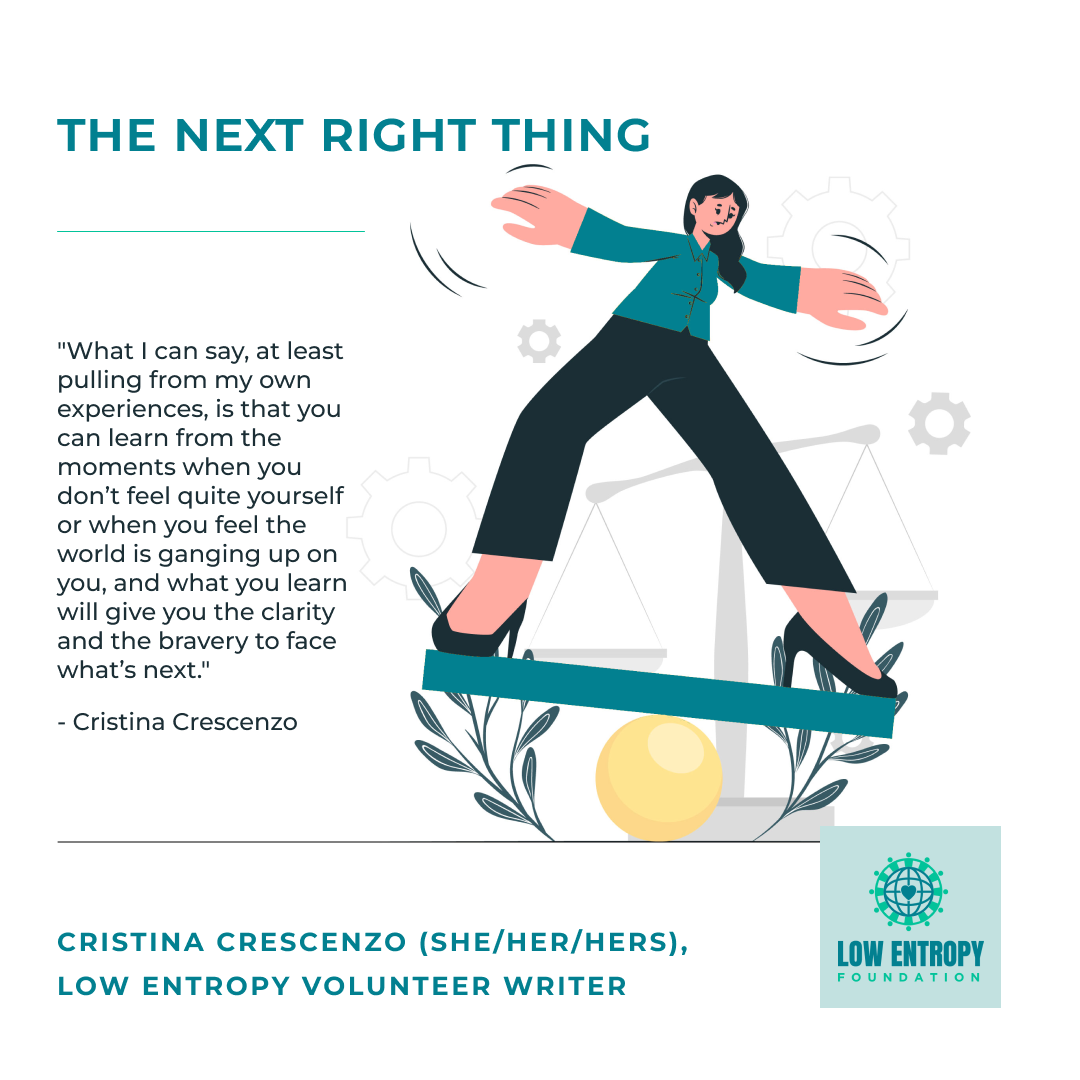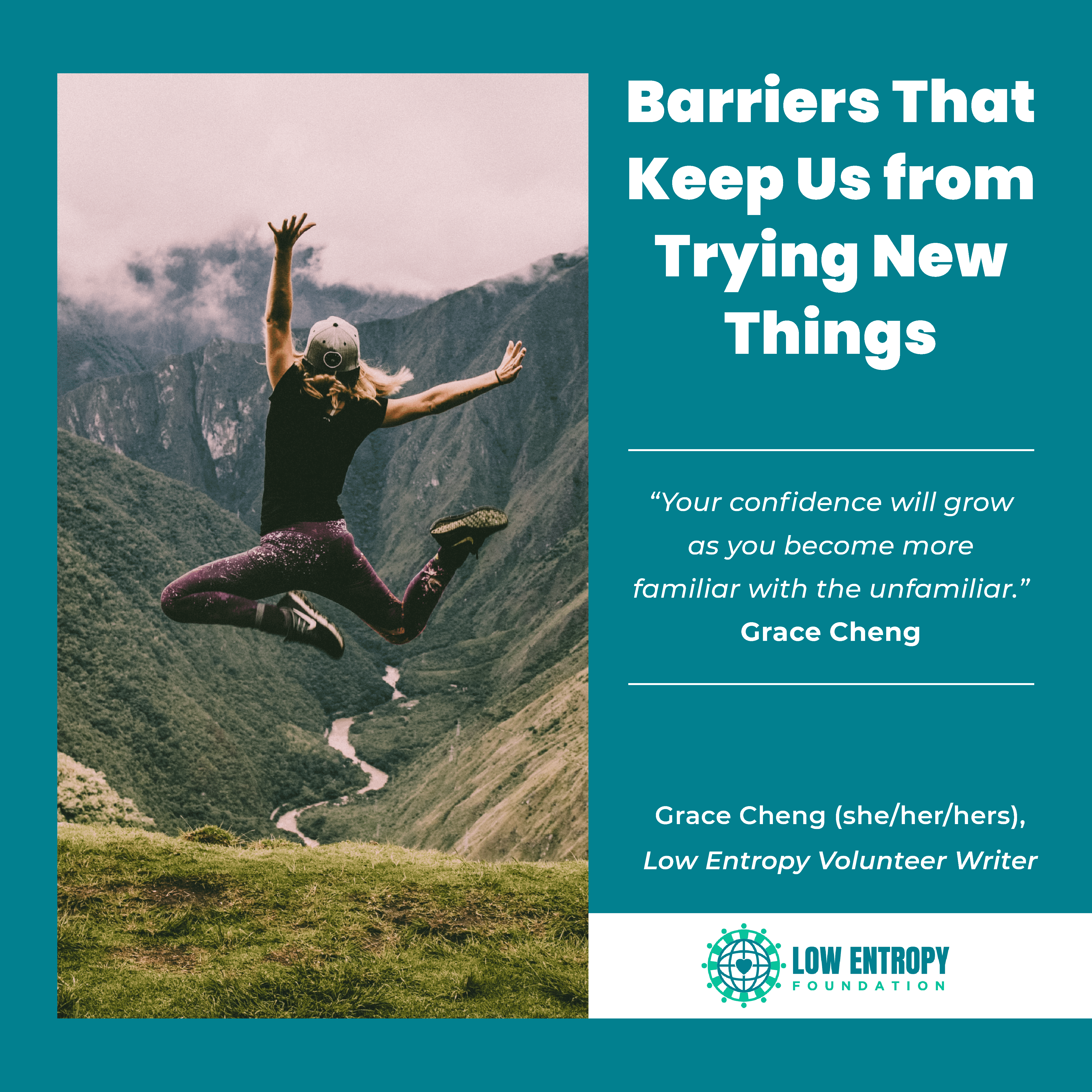Glory Li (she/her/hers) Low Entropy Volunteer Writer
As a student I figured many of the poor study habits that everyone spreaded around as ineffective and time-killing were also some of the most common traps that we repeated and fell into unconsciously. They were the practices that involved cramming the last fringe of information into our minds or being armed with highlighters in every imaginable colour of the rainbow, creating artistic masterpieces in biology textbooks. Our thirst for knowledge was a craving that could only be quenched under hysterical passion. One hand swiping the lines of a back-breaking English novel and the other hand trying to work through a complicated maths problem, the brain was doing intense multi-tasking training that may as well have prepared it for a multi-tasking Olympics gold medal.
I exaggerated, and hopefully, no one reading here has managed to brew such a concoction of poisonous studying habits altogether (and if you did, it’s proof you are someone diligent and studious, destined to achieve great things if you just twist studying techniques to their right form). I do not believe anyone deliberately set a conscious commitment to strengthen such horrific studying habits. Among the million other issues, I recognize the primary factor preventing an improvement in studying style for many is the absence of a permanent commitment to becoming a better learner. Once people realize their need for change, a verbal or written commitment sometimes springs out, manifesting the change. It’s easier said than done, but as they adjust their unproductive studying patterns and do what they promised, their commitment will grow stronger. The ultimate result will be a positive feedback loop.
What are some permanent commitments to set and new strategies to attempt?
- Addressing procrastination, cramming, missing deadlines, time management issues, etc . . .
Temptation bundling is a method of using rewards that bring people instant enjoyment as an incentive, motivating them to perform arduous tasks. The key to optimal outcome is constraining the enjoyment to the moment after task completion, never yielding to the desire for “early enjoyment” by allowing extra rewards during breaks in between. It’s essential to split study sessions into chunks with five to ten-minute pauses (reject the urge to power through everything in eight-hour sessions), but it’s not wise to decrease the impulse halfway through.
- Dealing with passive learning, inability to memorize, lack of focus, etc . . .
Annotation and summarization. They prevent over-highlighting. When people rely on colours to emphasize information, their primary occupation is not being engaged with the passages they read, but sorting and organizing ideas into the categories of what’s important and what’s not. Once a section of text stands out in its surrounding paragraph, the individual will only reread and re-visit the highlighted portion of their notes or textbook, culturing a false sensation of familiarity that they have a good grasp of the content, when realistically, they have a high chance of dropping key points and are missing a holistic view of the material. Furthermore, highlighting promotes memorization rather than comprehension, and the latter is a higher-level thinking skill.
- Fixing a lack of time to relax, poor self-care, sacrificing hobbies, a lack of exercise, etc . . .
Work-life balance. Our ears are likely numb by now from hearing this phase being brought up a thousand times everywhere. I think it’s less of a lifestyle recommendation of how many hours you should study or spend time with family and friends; it’s going to be different for everyone and it will oscillate depending on life’s circumstances. Practically speaking, it’s more of an attitude toward how much we value certain things. If there’s something that someone truly desires to do, even if they have limited time or carry only one ounce of energy, they will likely go for it. Absent that desire, passion and commitment, even with the whole day in carefree excess, no output will occur.
This brings us back to the power of commitment—whether it is thrusting people through the doors of a gym, swapping a highlighter for a pencil, or taking five minutes reflecting on the gratitudes of the day and providing personal affirmation, none of it will take long, as long as people are willing to find time and squeeze it in their schedule. So let’s stop overwhelming ourselves with stressors and imbalances in time management. It’s the right time to commit to change and work toward restoring balance.
It’s worth acknowledging that there are countless other problems people might face in their academic careers that might affect their studies. The solutions listed above don’t promise effectiveness, but they are useful techniques to add to a mental repertoire. Be aware many others are out there that may assist in making fruitful commitments.
References
Admin. “Use Temptation Bundling to Achieve Your Goals.” Todoist Inspiration Hub, 6 Oct. 2023, todoist.com/zh-CN/inspiration/temptation-bundling.
Dalal, Kheder. “Improving Student’s Work-Life Balance on Campus.” Workplace Options, 8 Sept. 2022, www.workplaceoptions.com/blog/improving-students-work-life-balance-on-campus.
“Highlighting.” Learning Center, 19 Feb. 2024, learningcenter.unc.edu/tips-and-tools/using-highlighters/#:~ :text=Summarize.,t%20understand%20about%20a%20reading.
Karim, Moinul. “8 Ineffective Study Habits: Mistakes to Change Right Now.” Moinul – the Happy Nerd, 15 Oct. 2021, moinulkarim.com/8-ineffective-study-habits-for-students.
Loveless, Becton. “10 Study Habits of Highly Effective Students.” Education Corner, 28 Feb. 2024, www.educationcorner.com/habits-of-successful-students.
Shetty, Sandesh. “How to Stay Committed to Habits: 10 Proven Tricks – Sandesh Shetty – Medium.” Medium, 2 Oct. 2023, medium.com/@shettysandesh.ss1996/how-to-stay-committed-to-habits-10-proven-tricks- 220953d646f2.
—
Leave your thoughts for Glory in the comments below. You can also follow us on Facebook, Instagram, TikTok, Twitter and YouTube to stay up-to-date with Low Entropy news!







